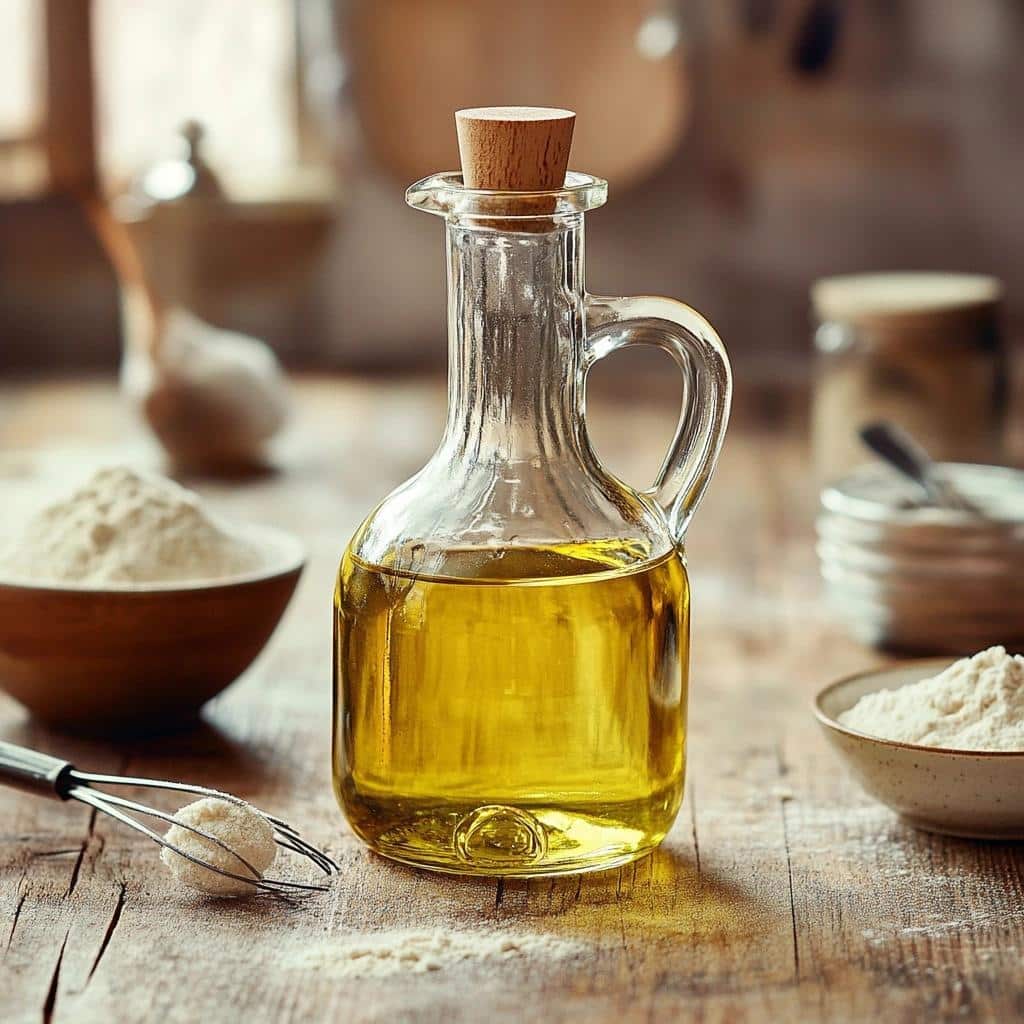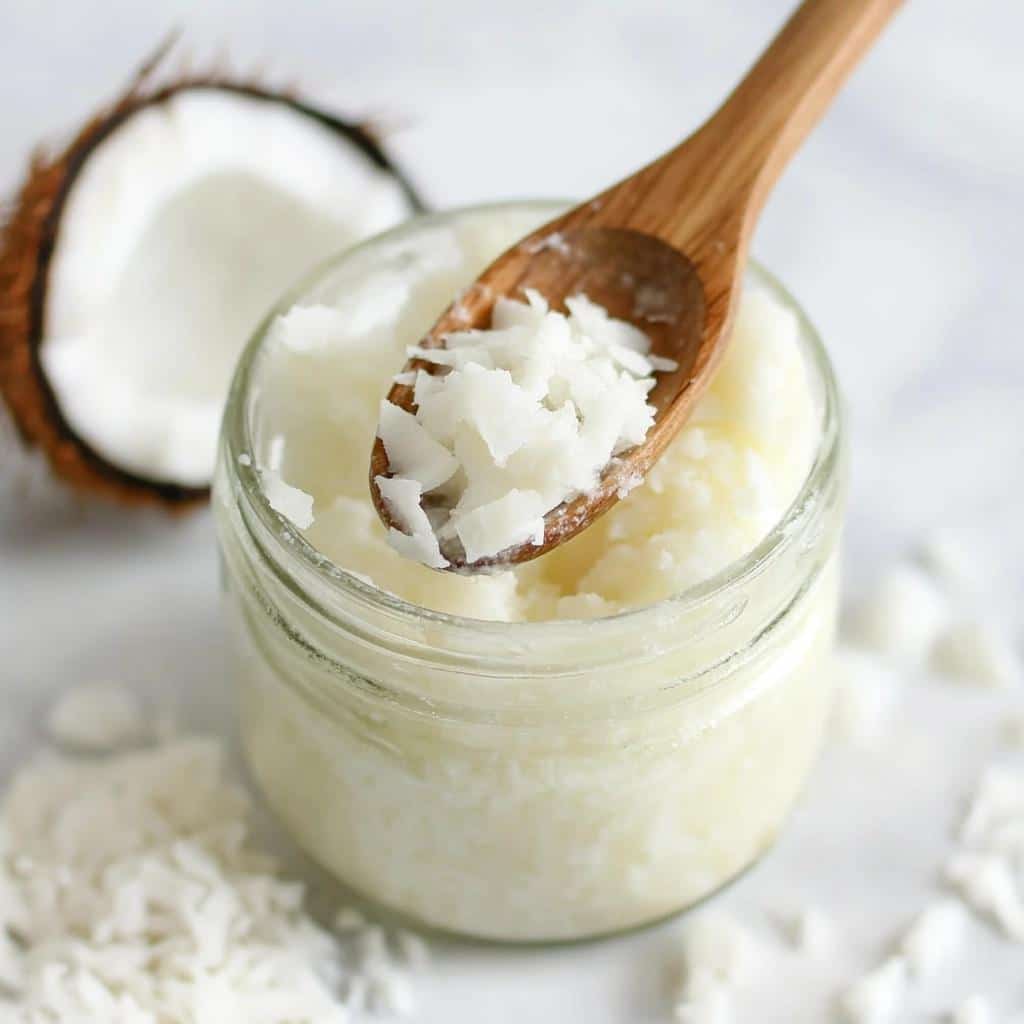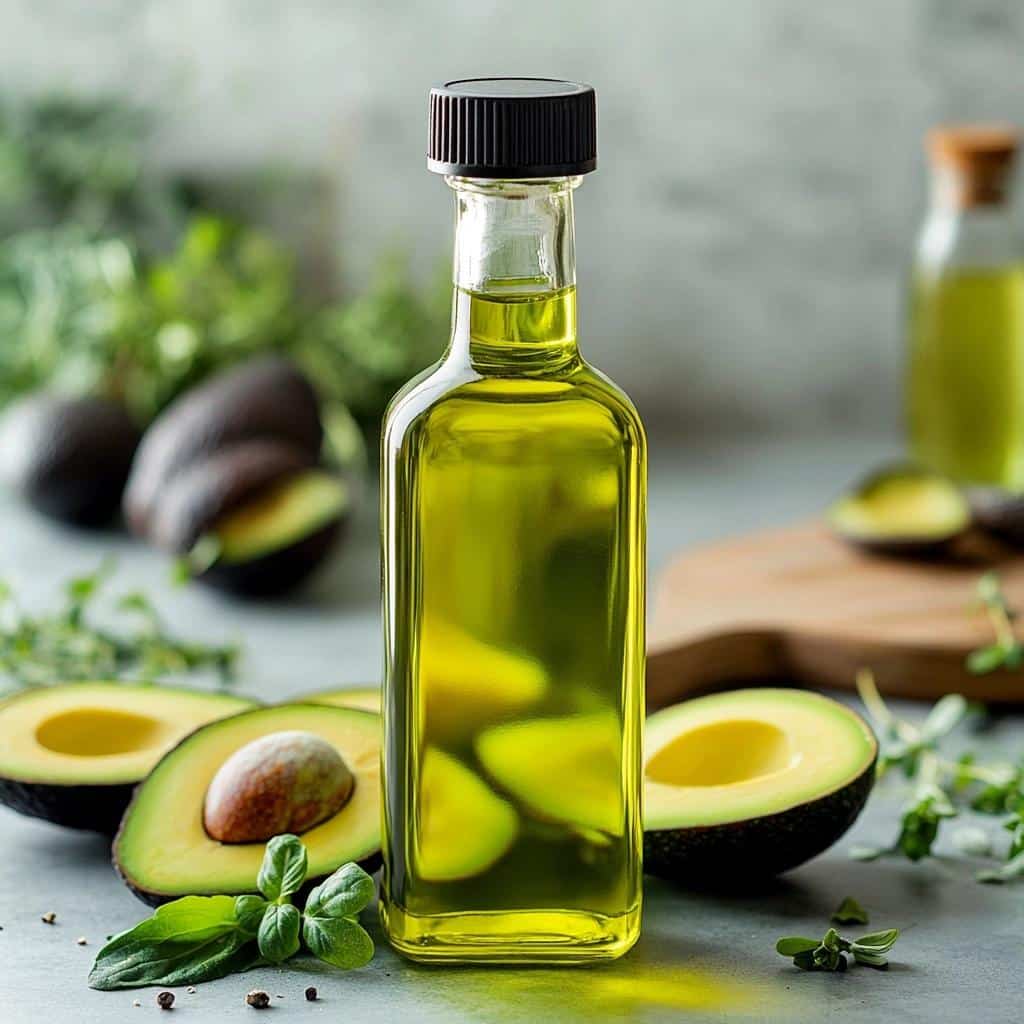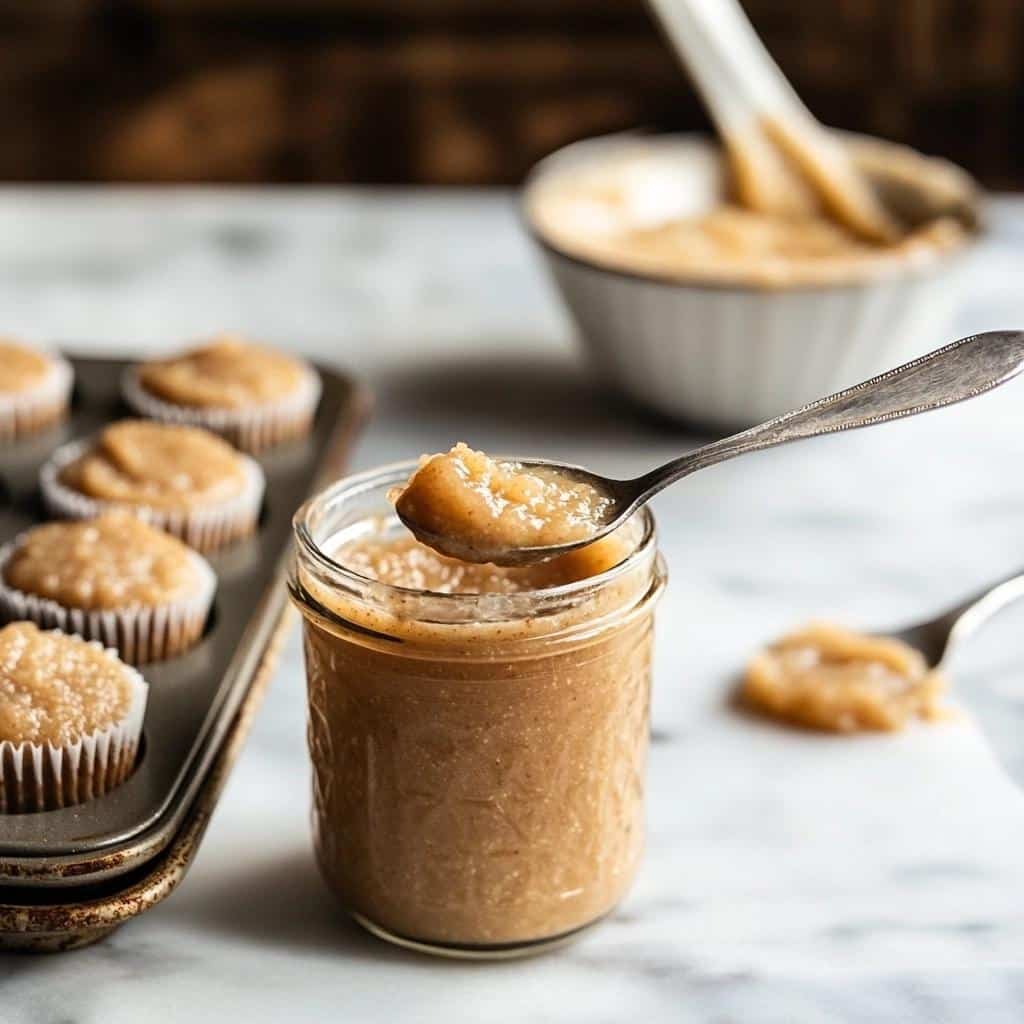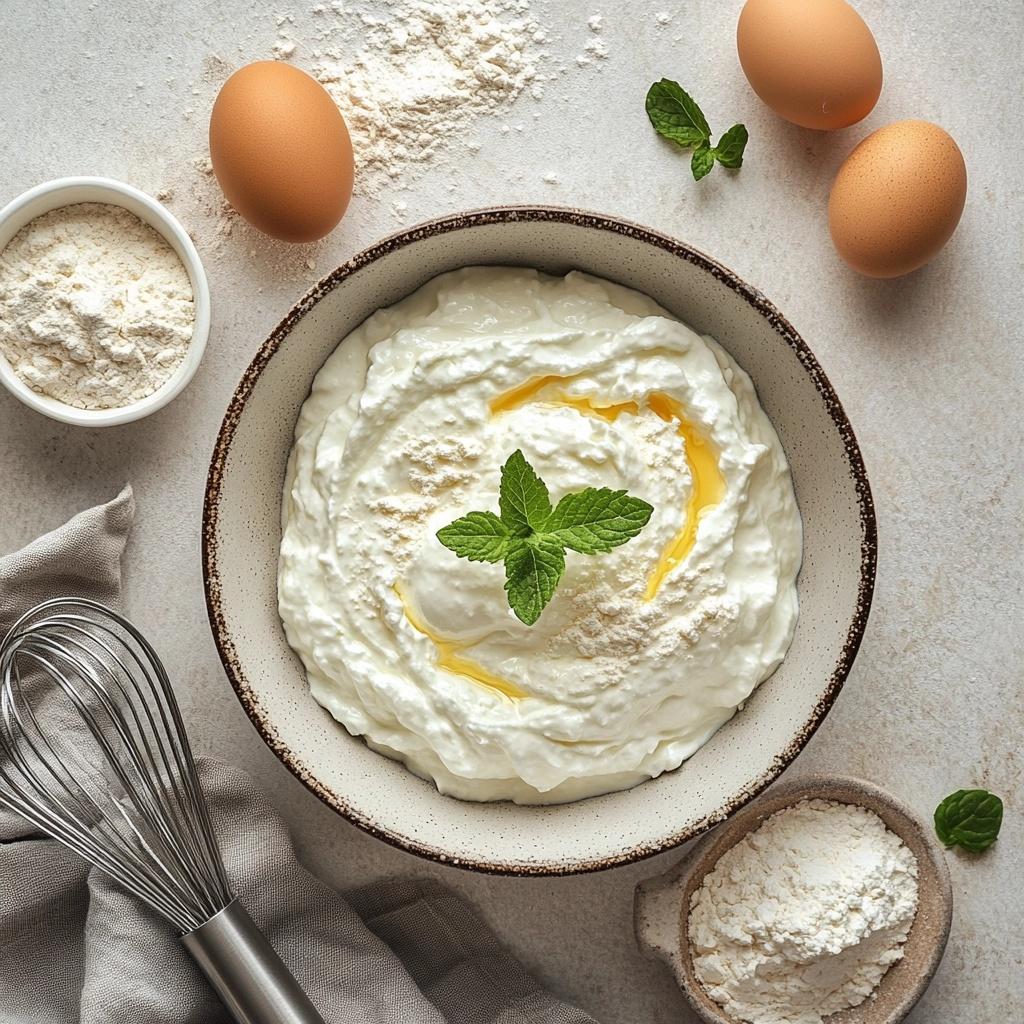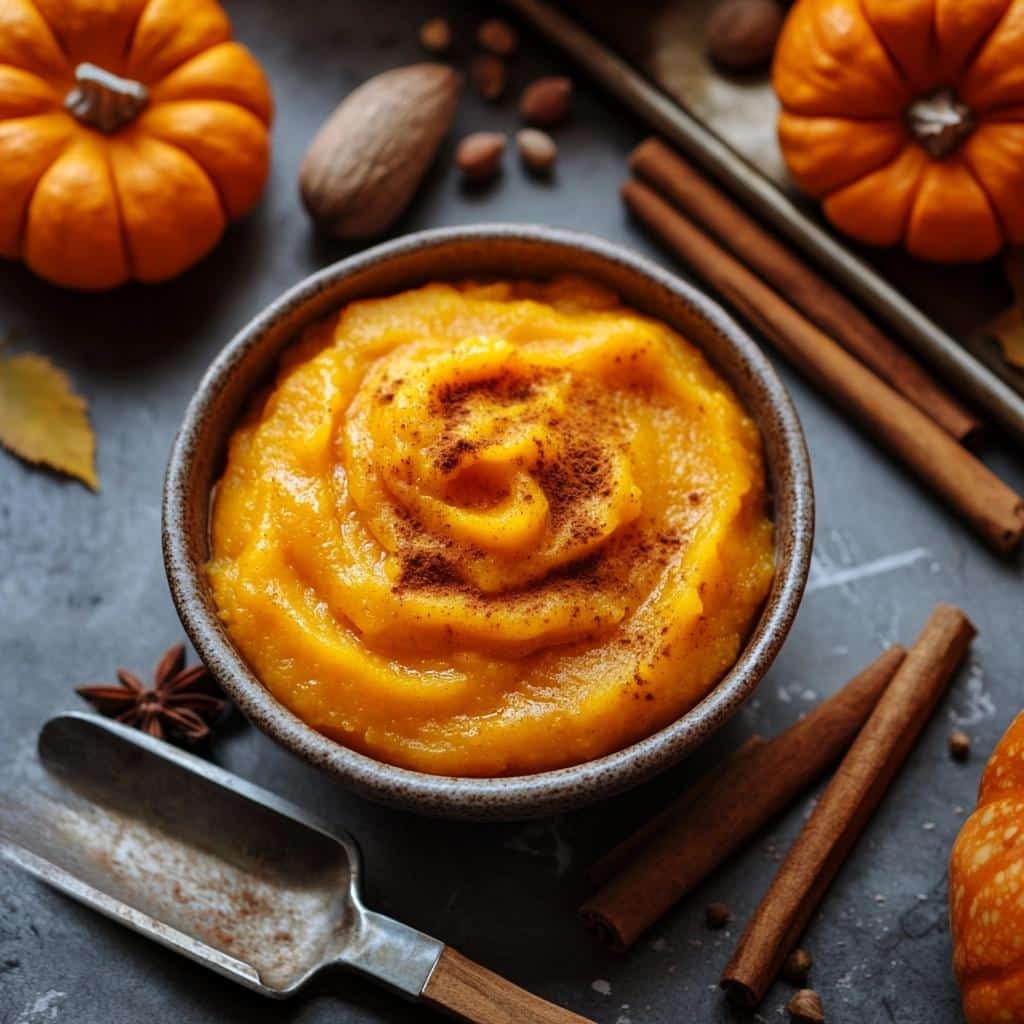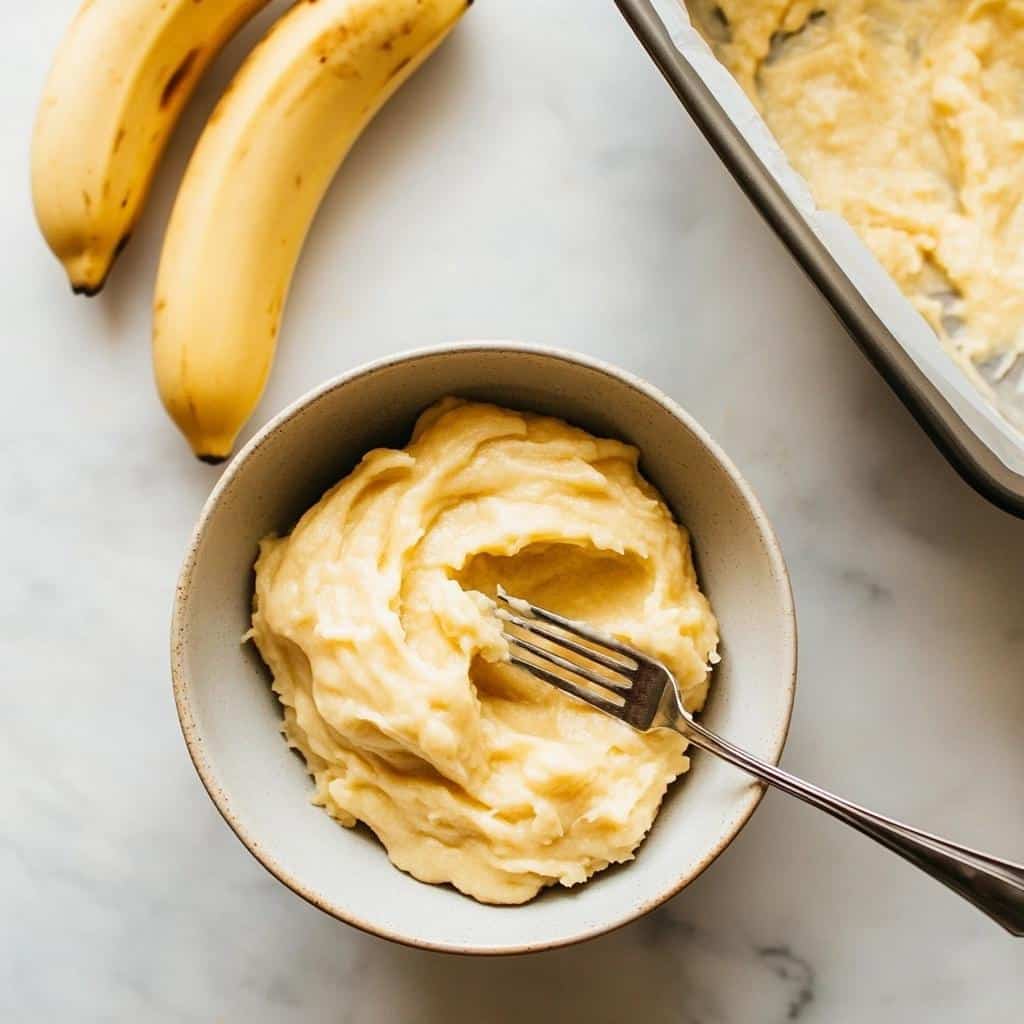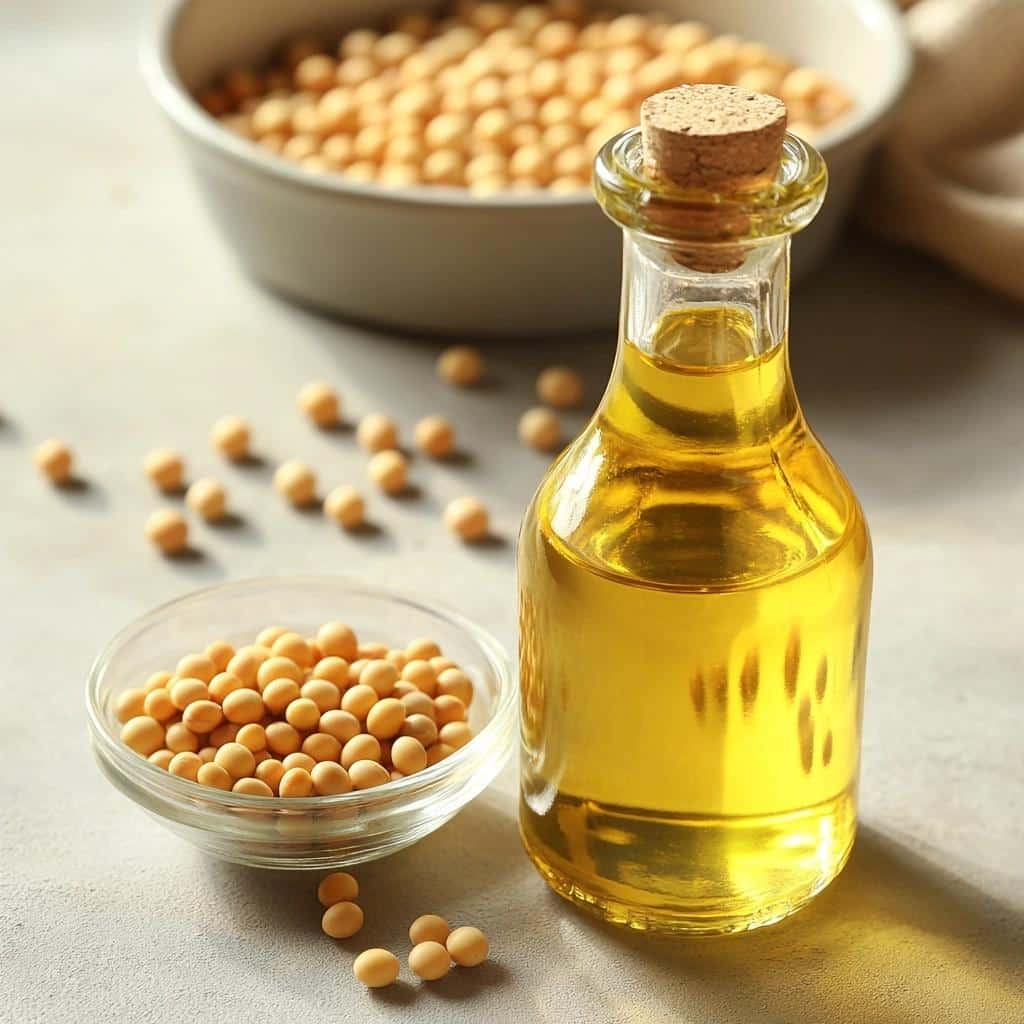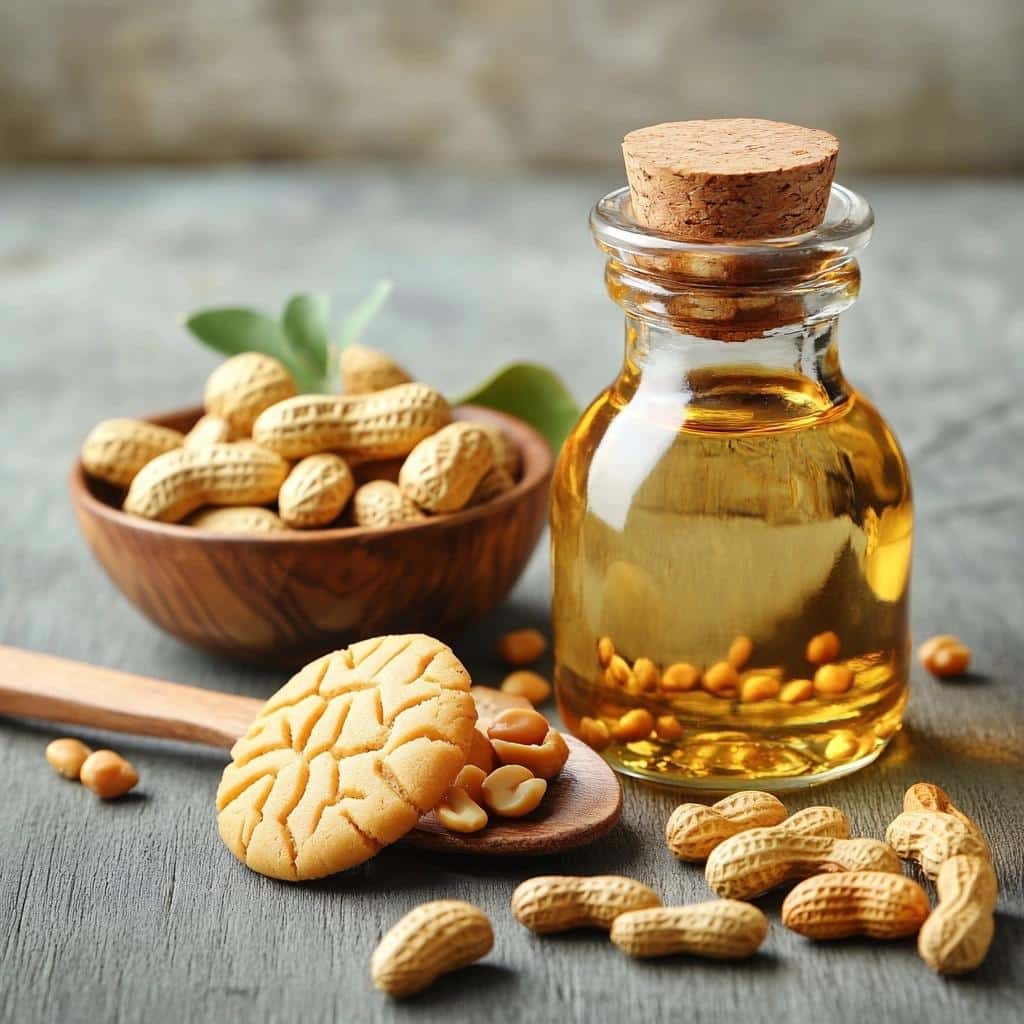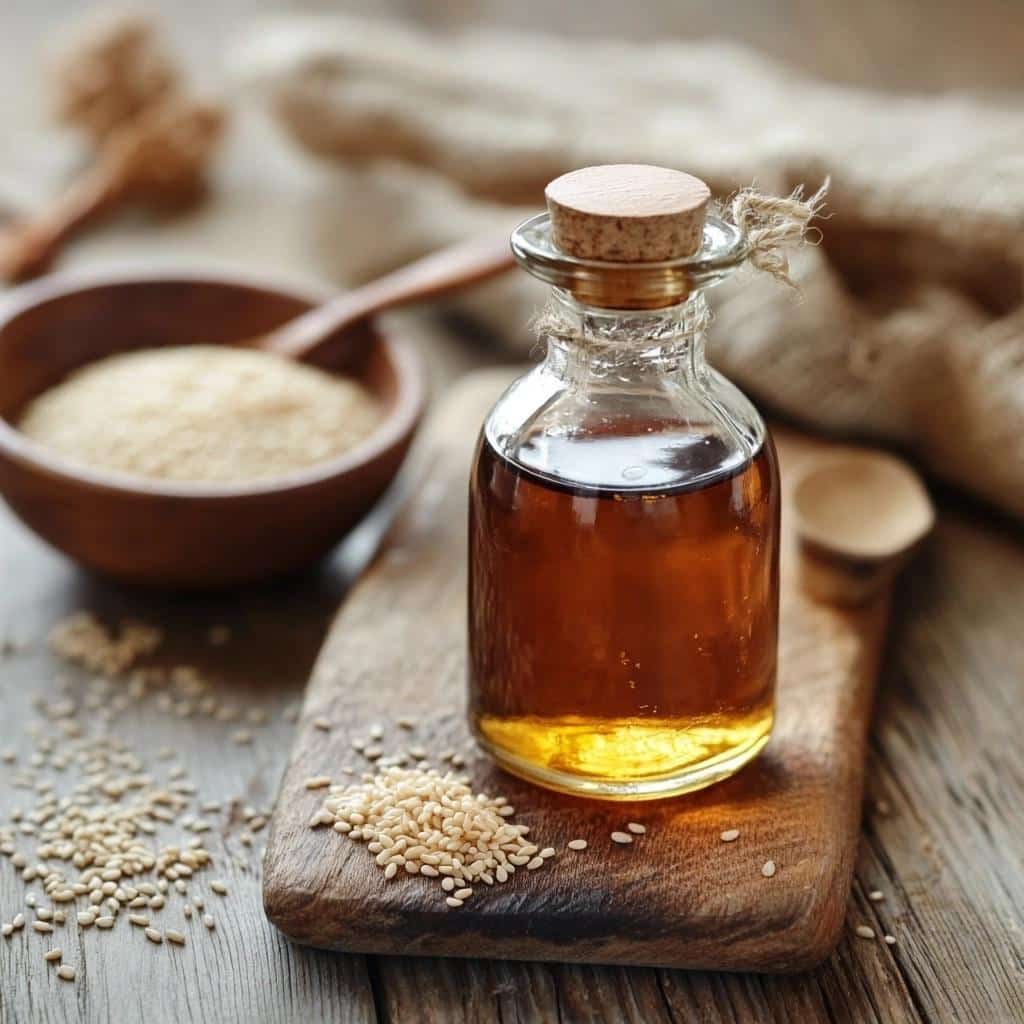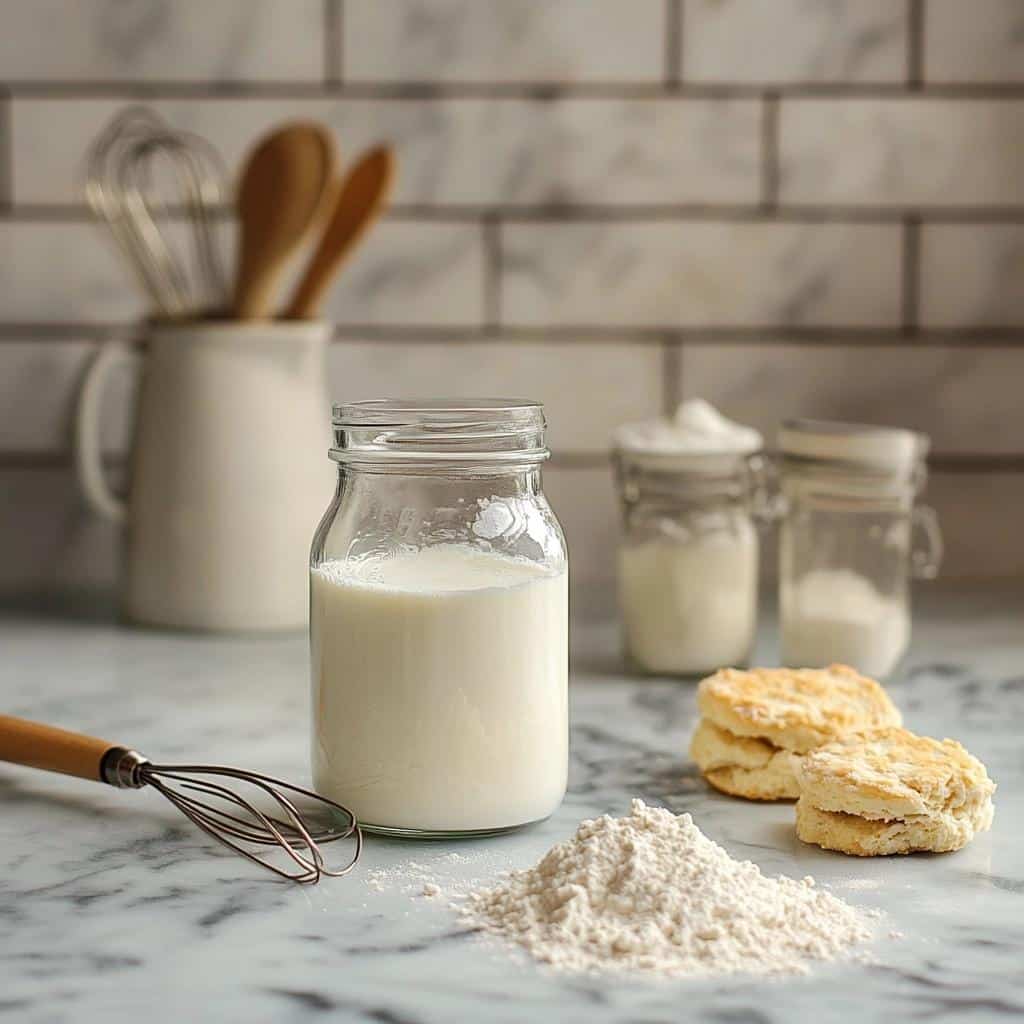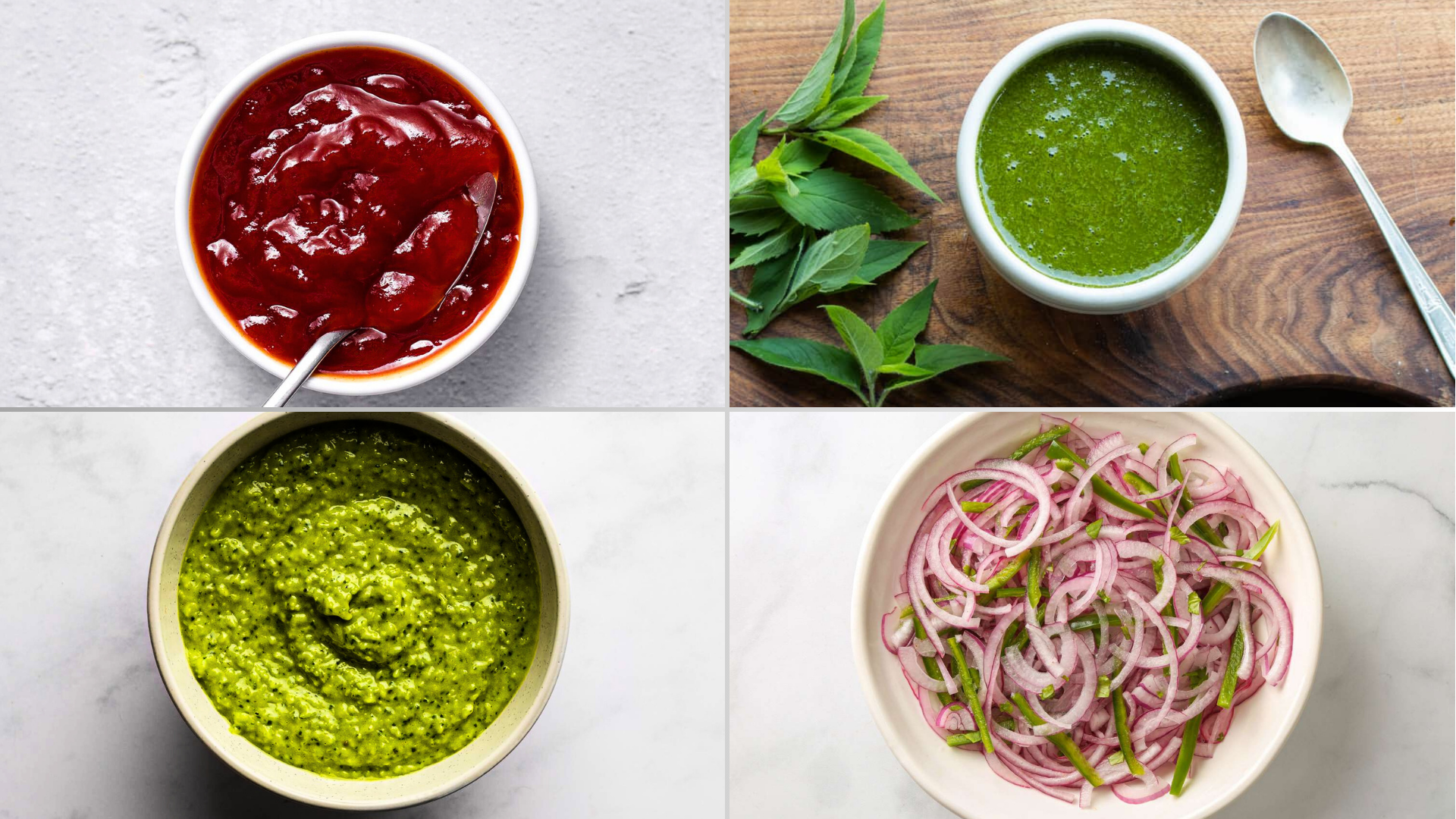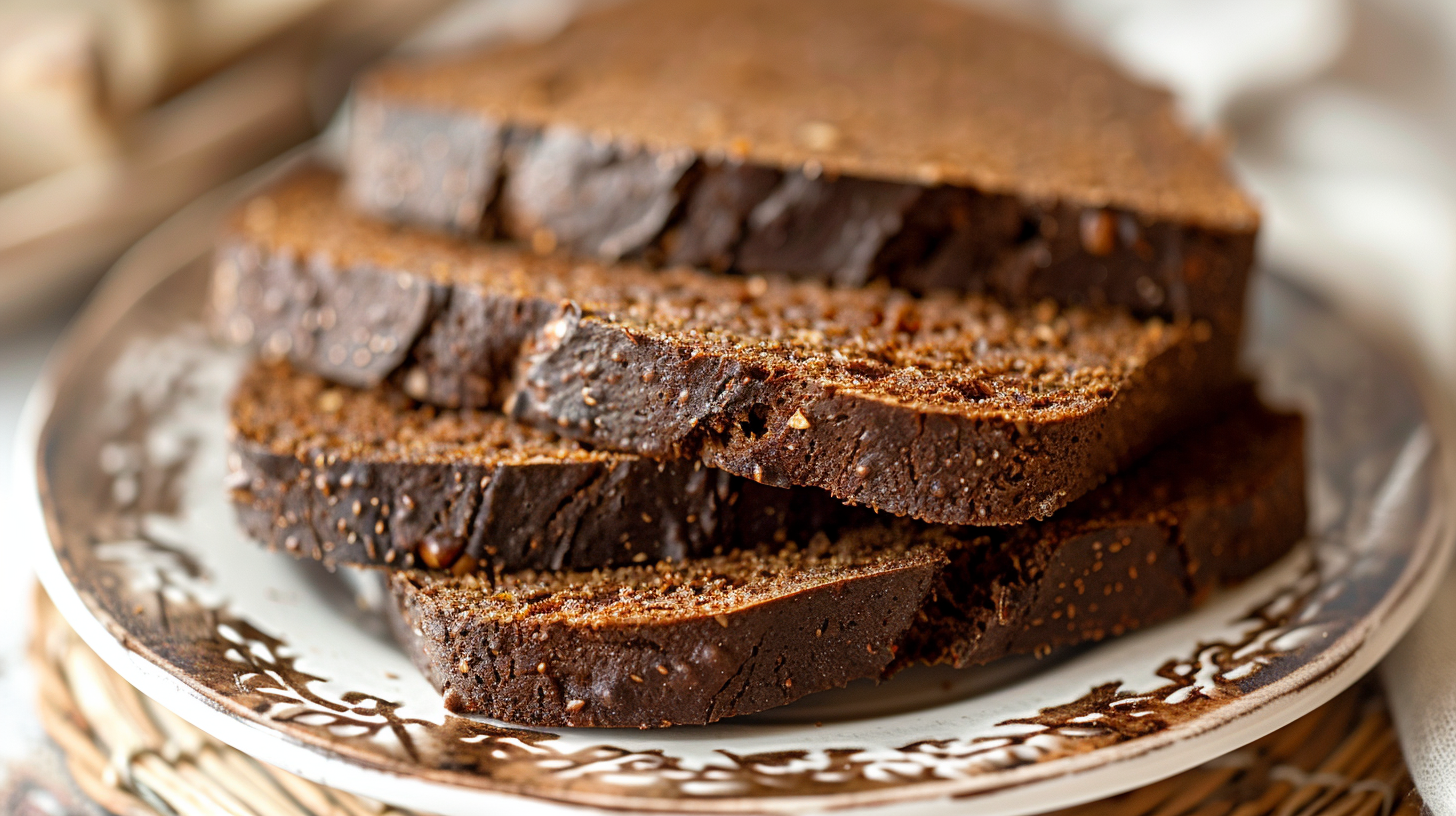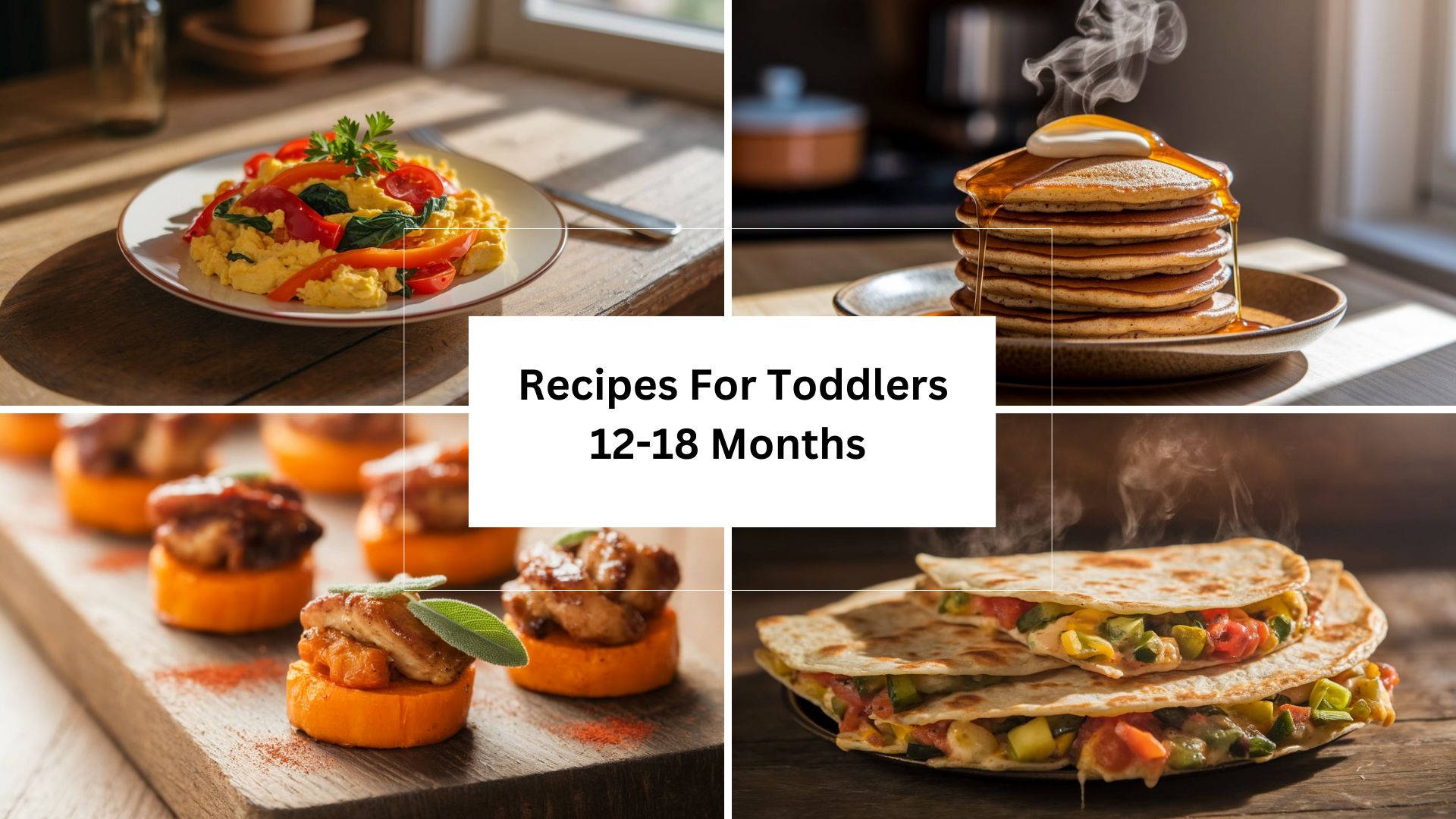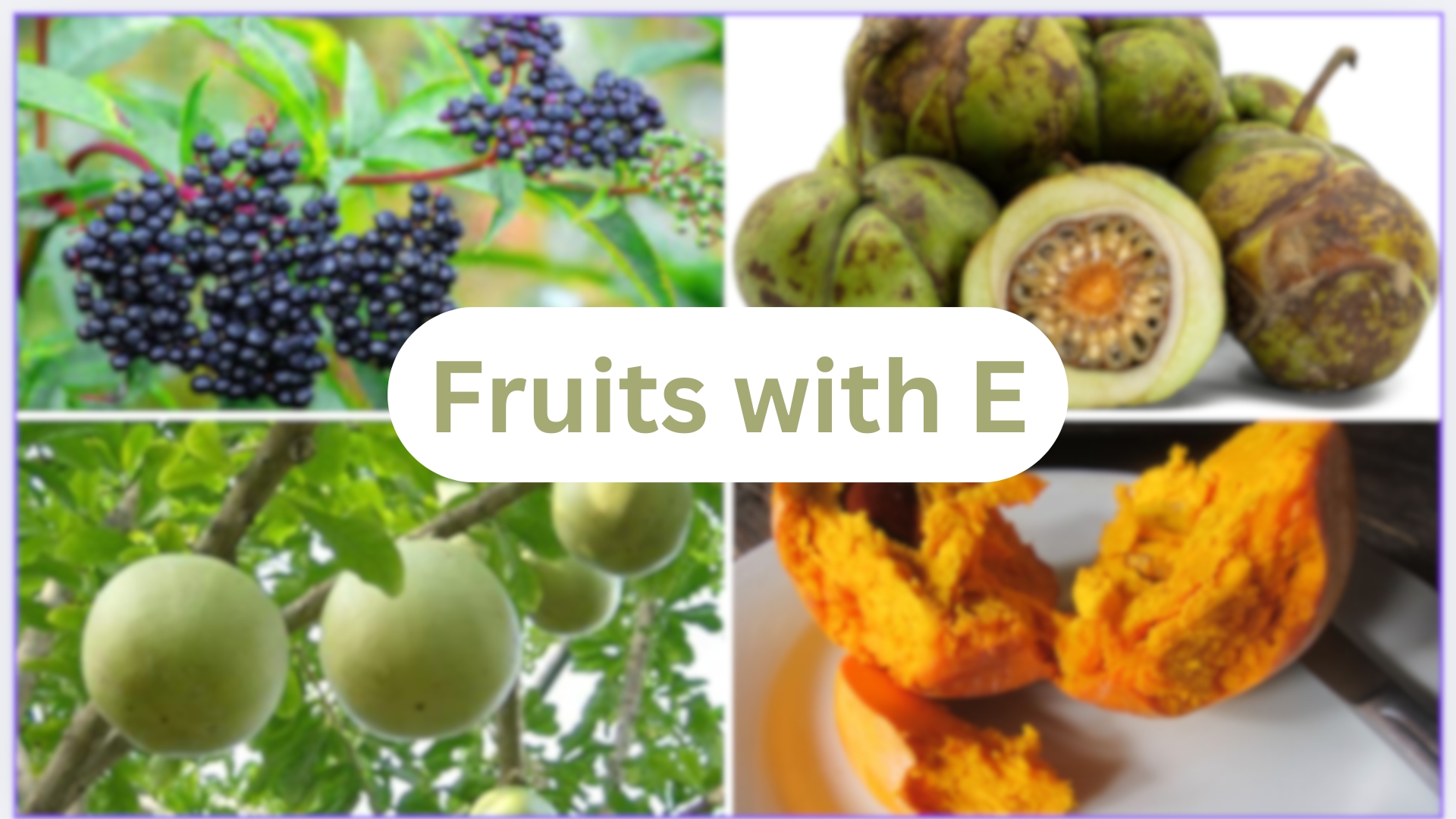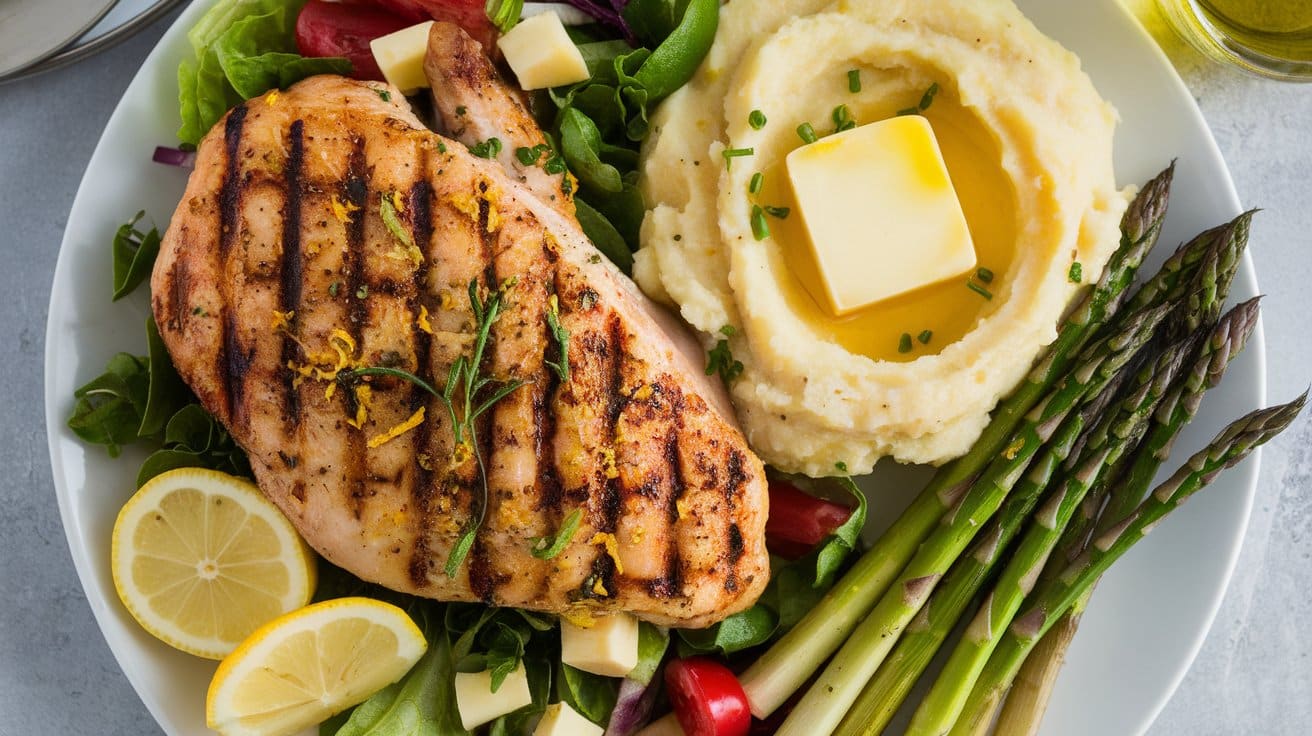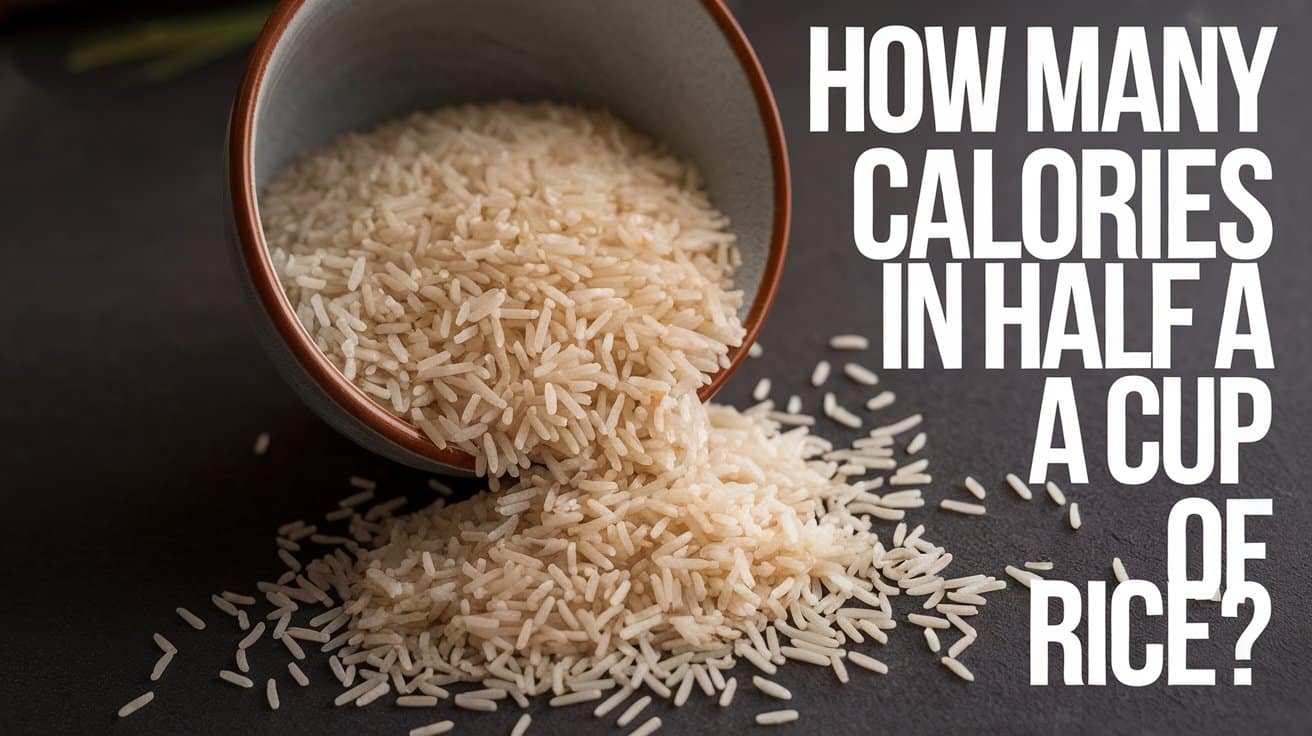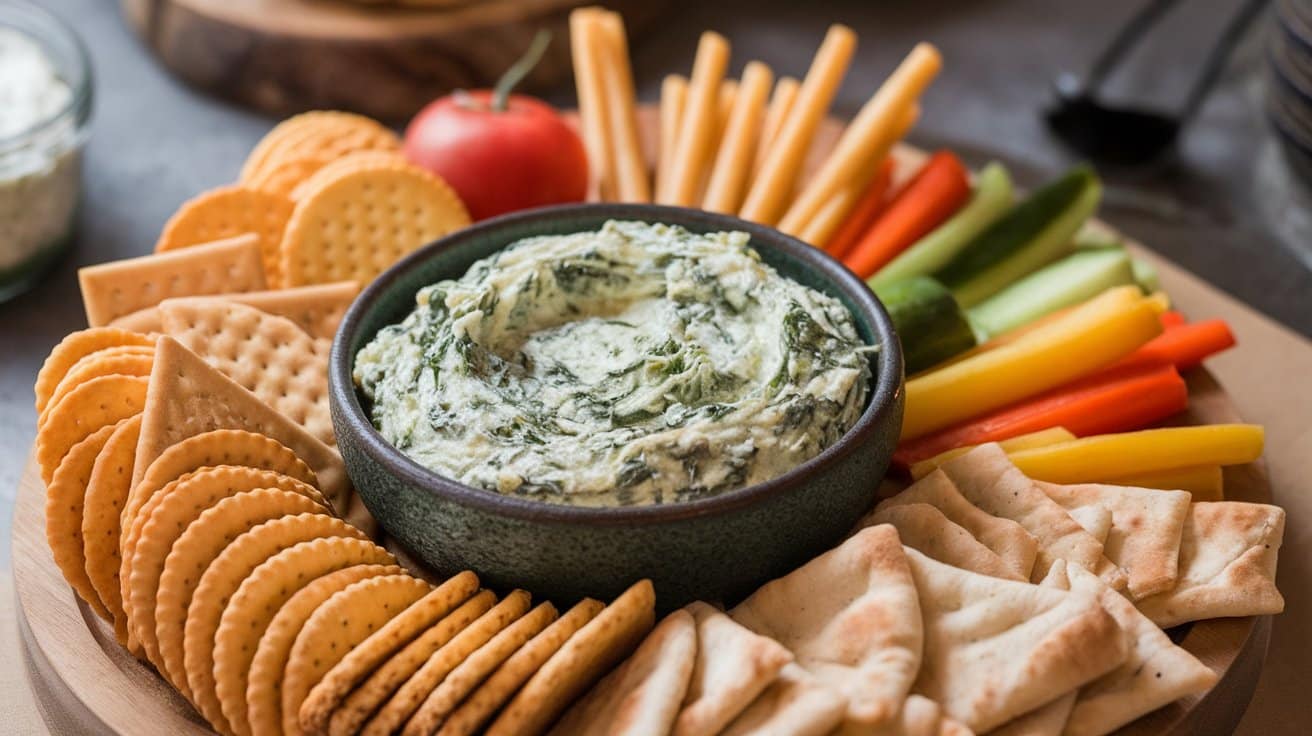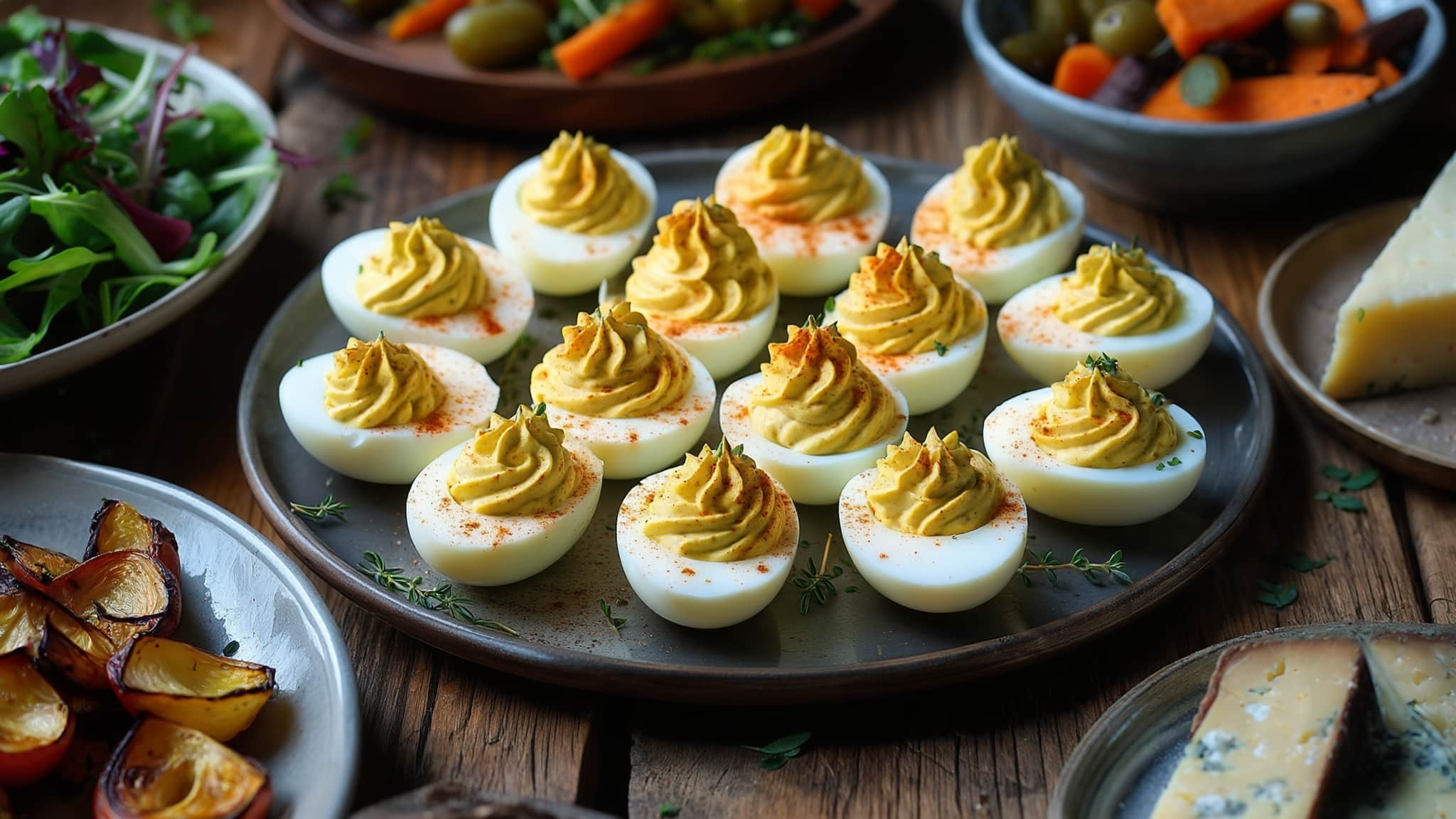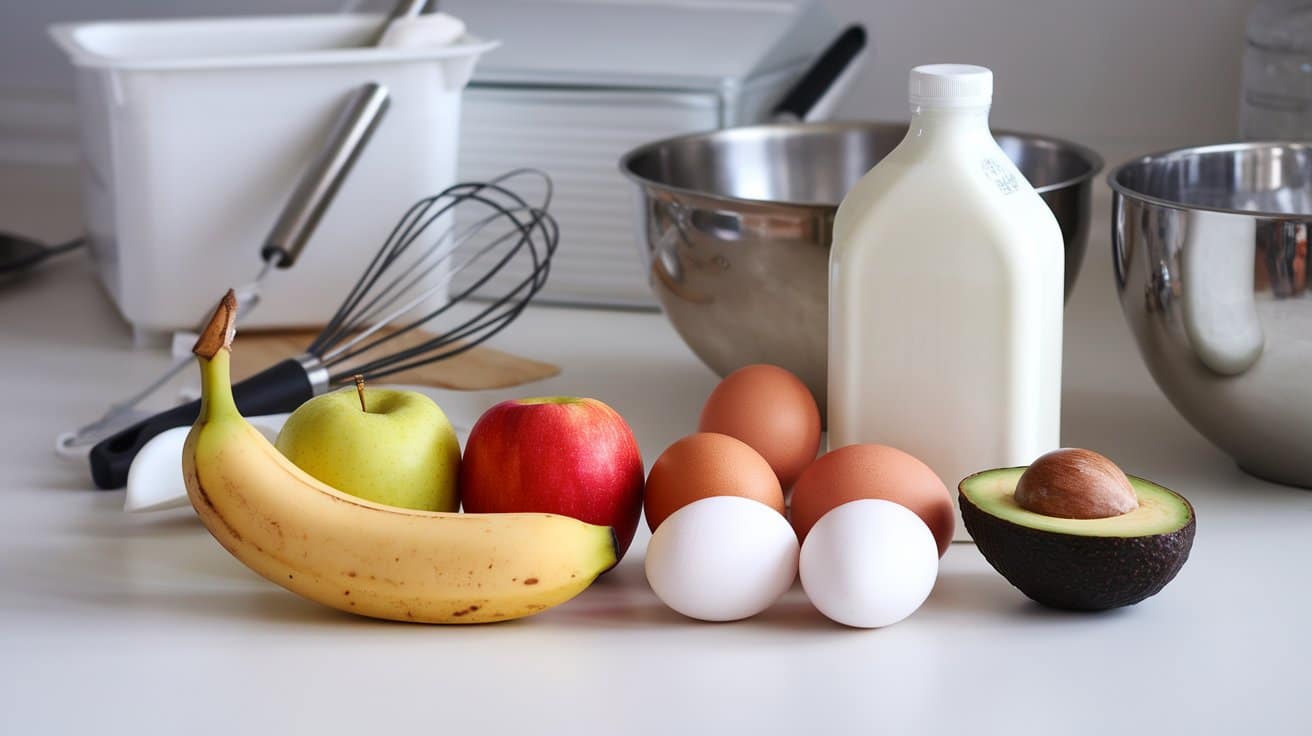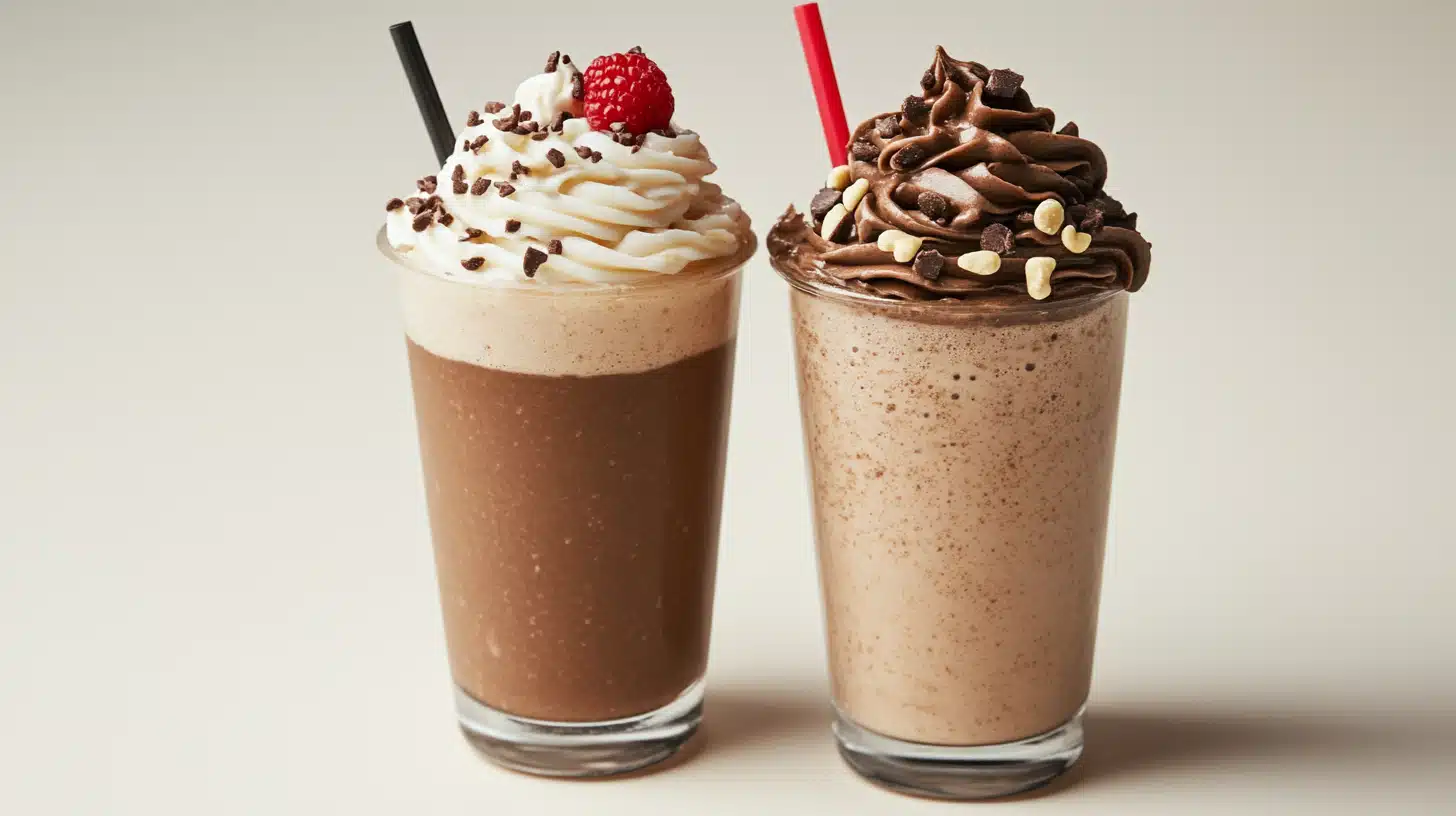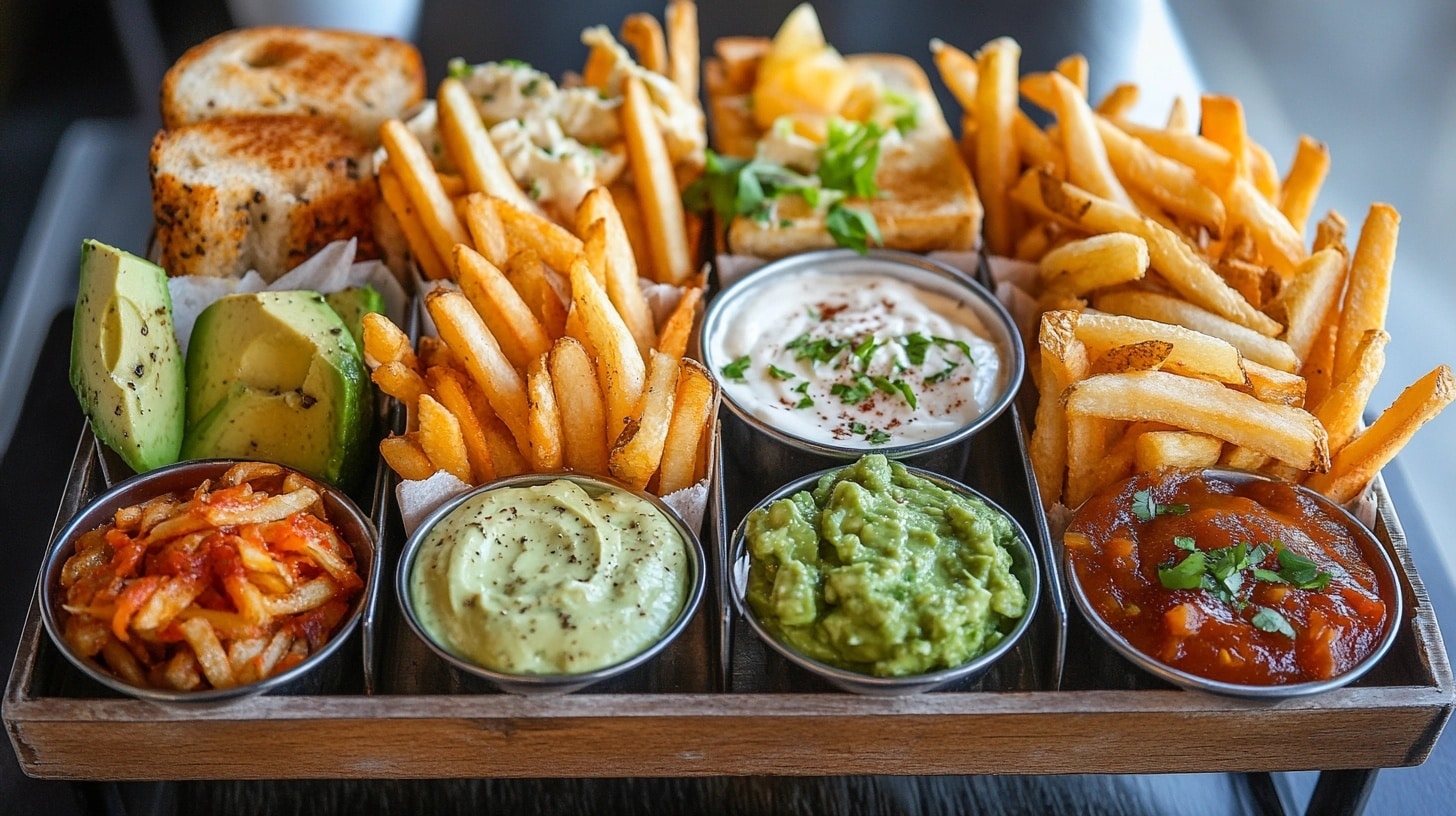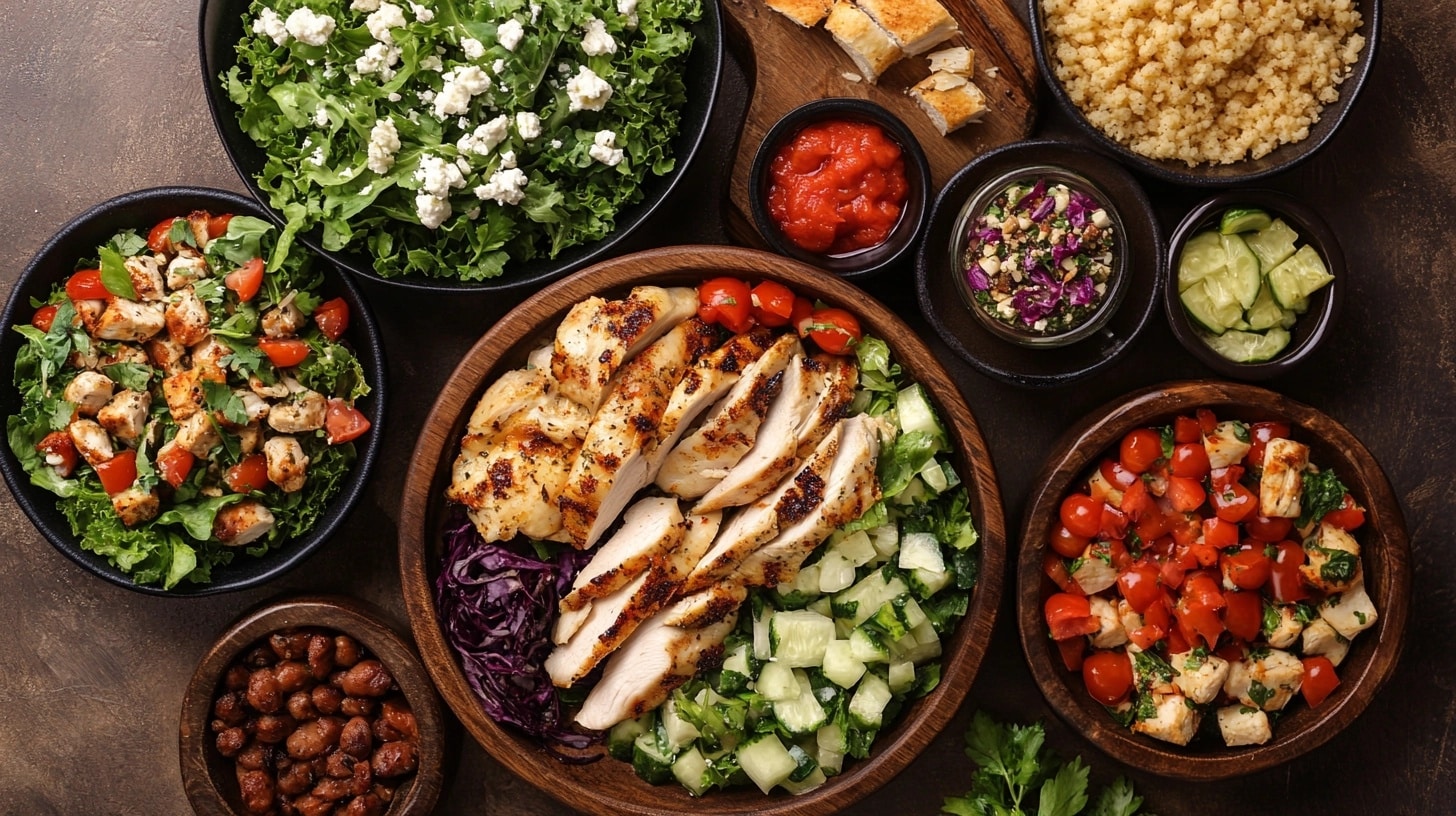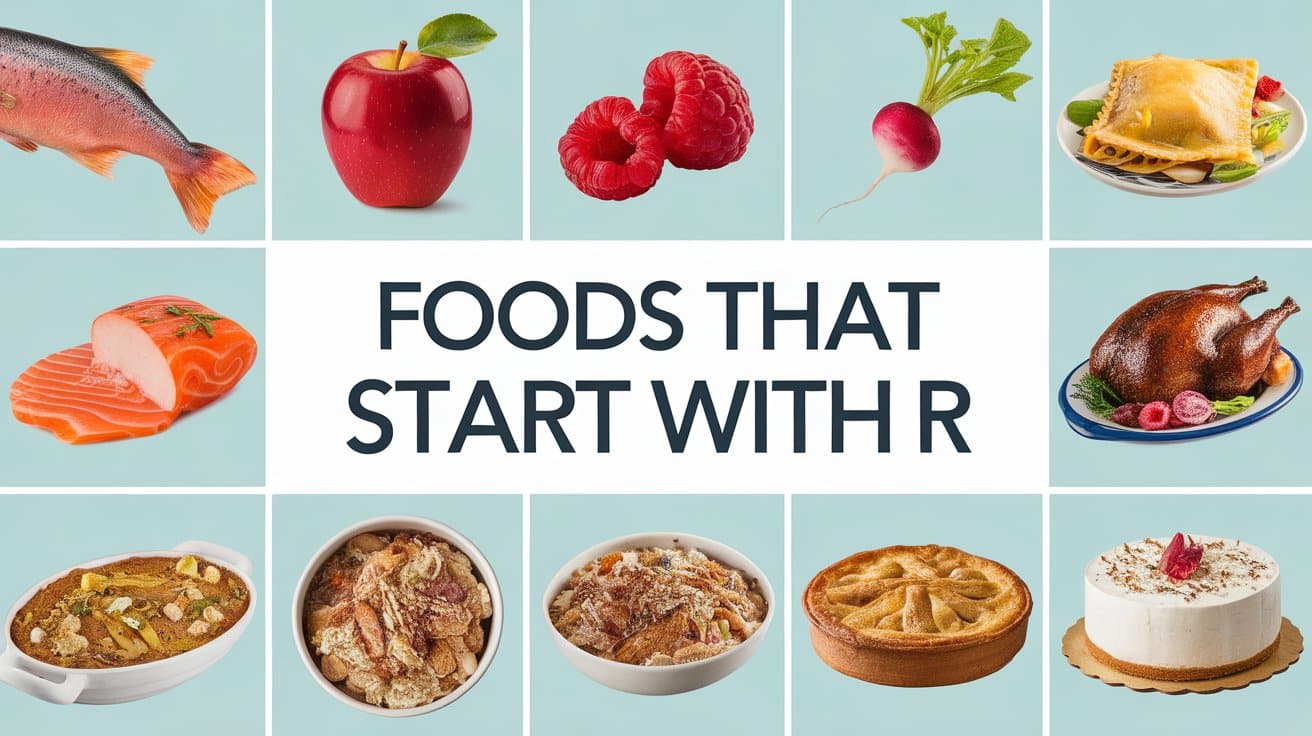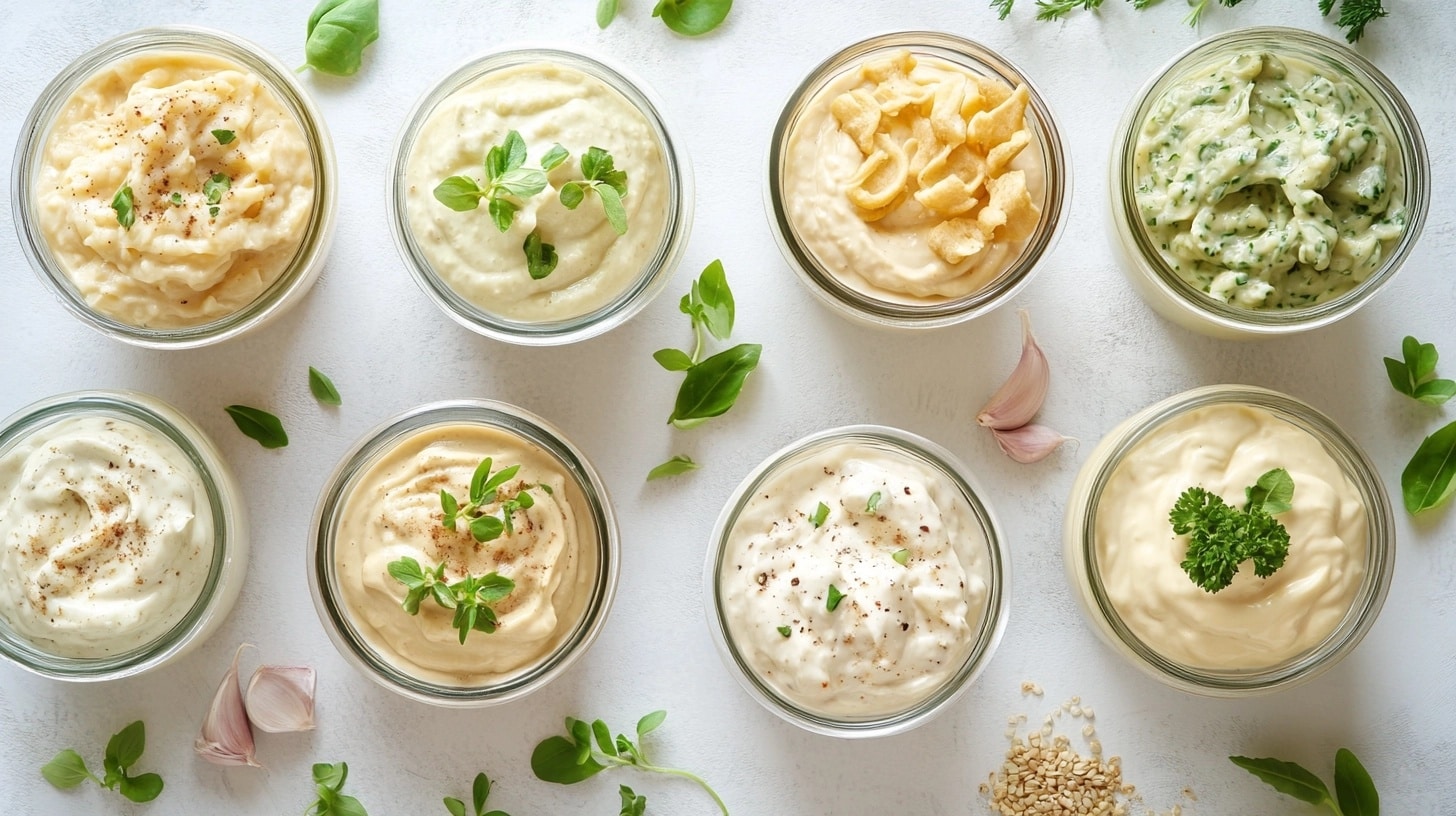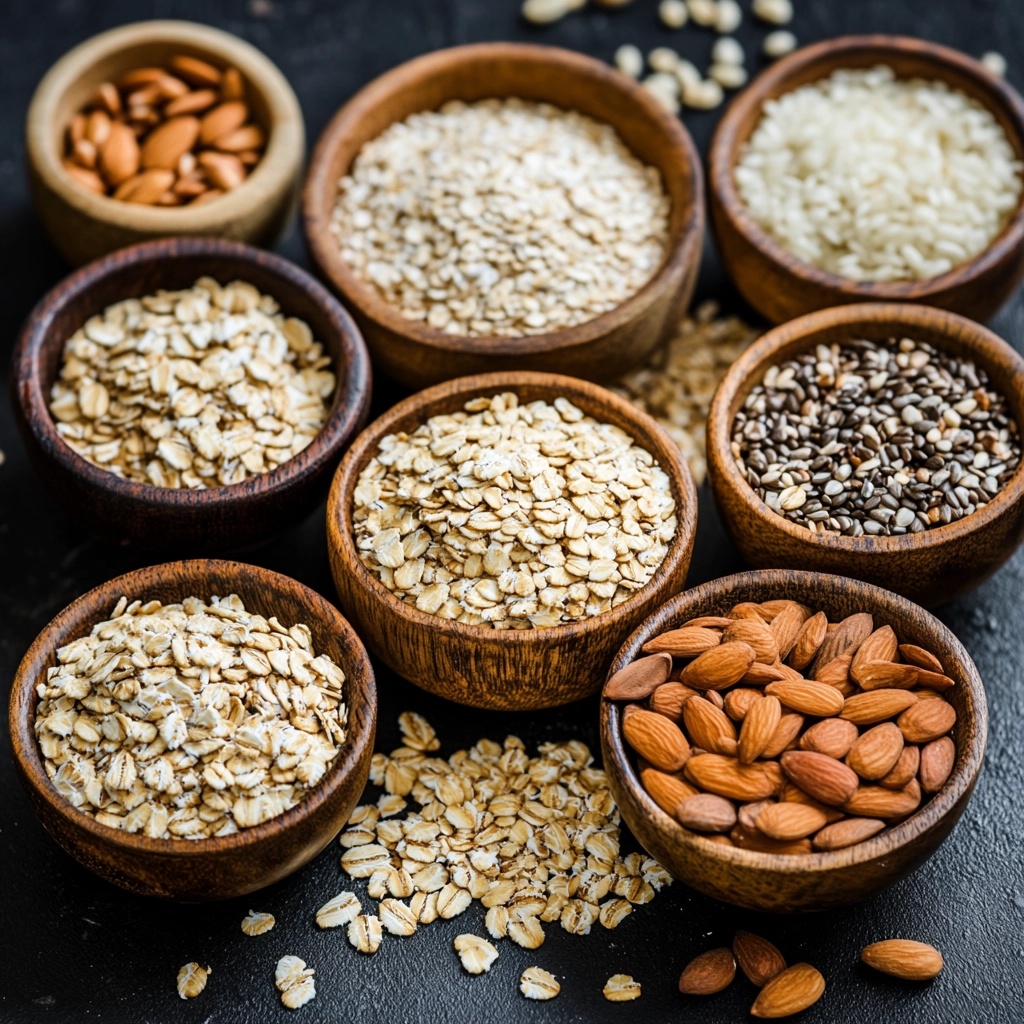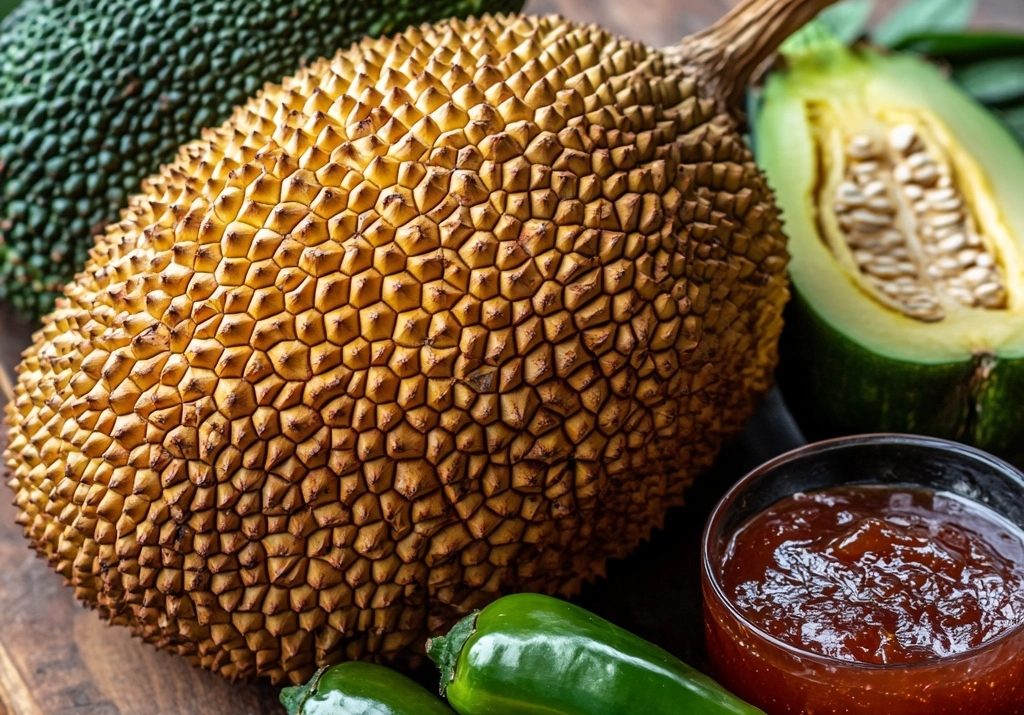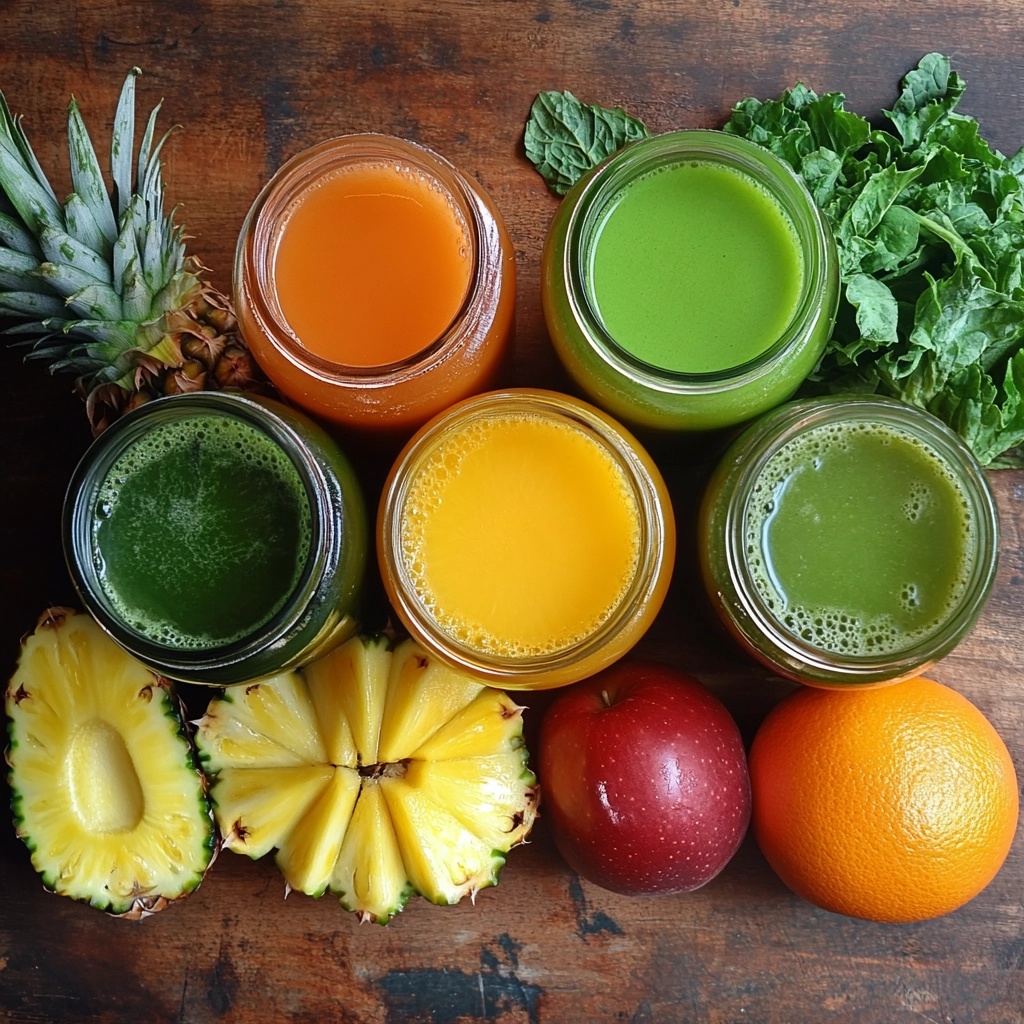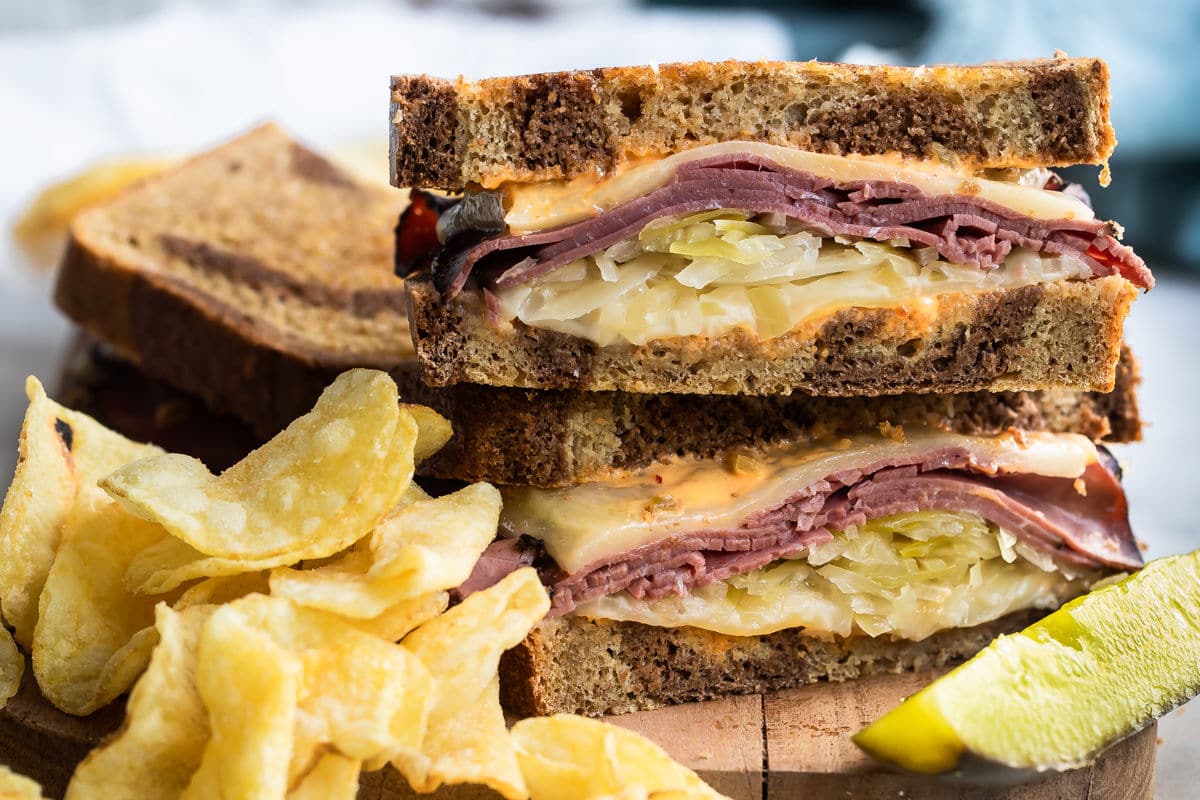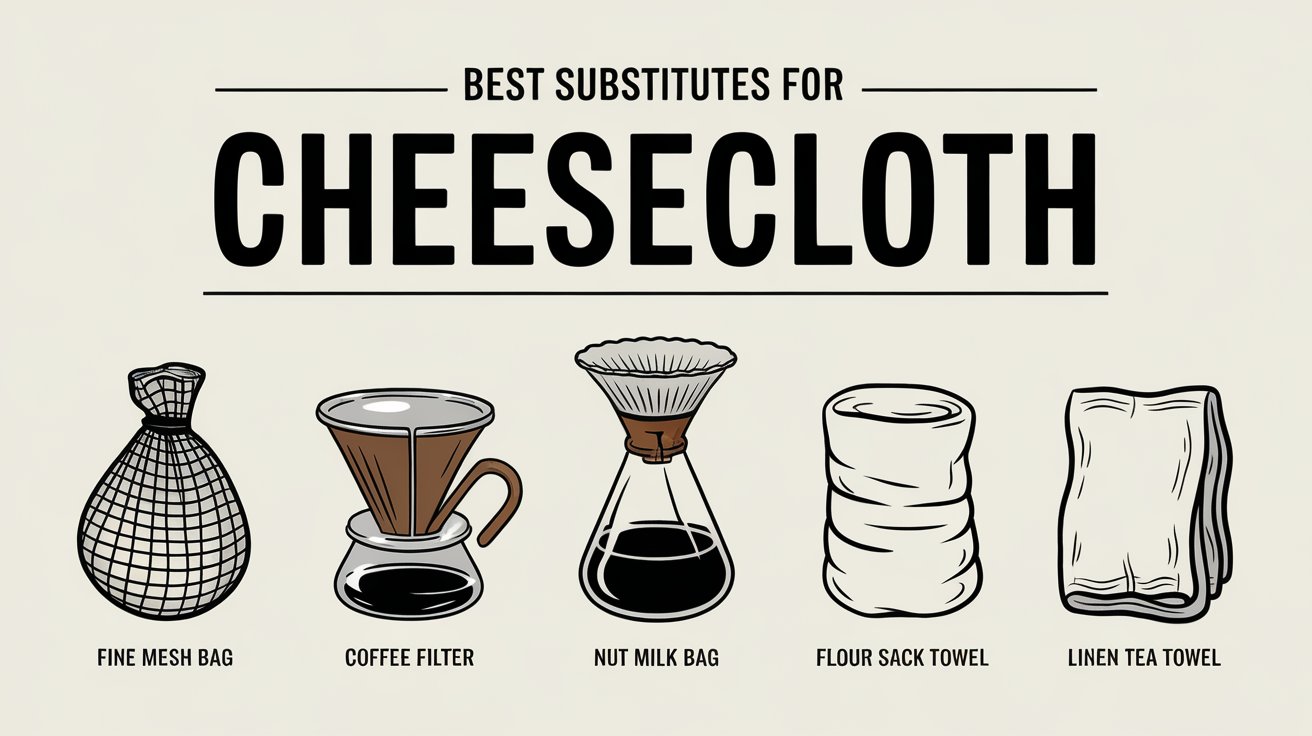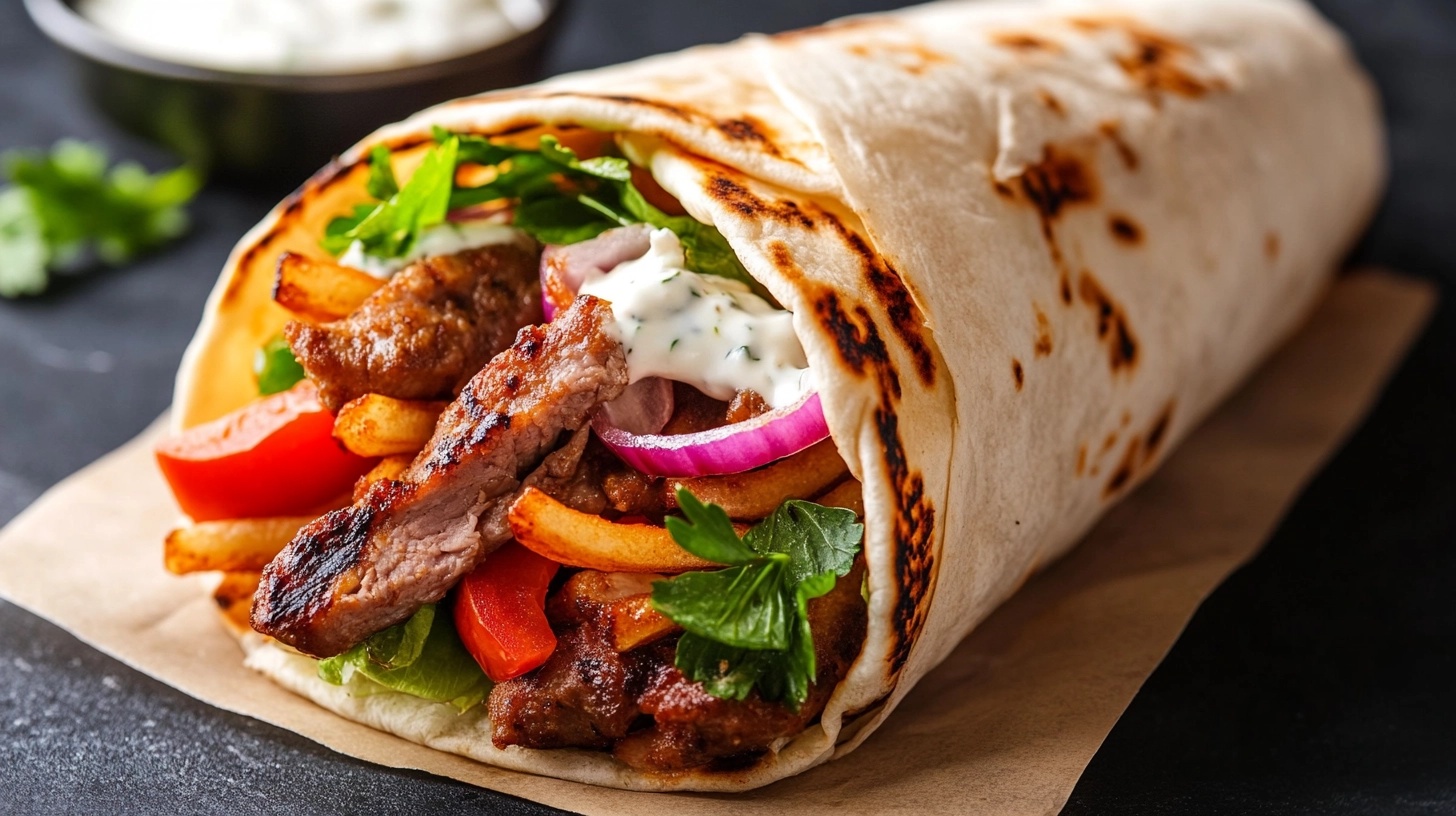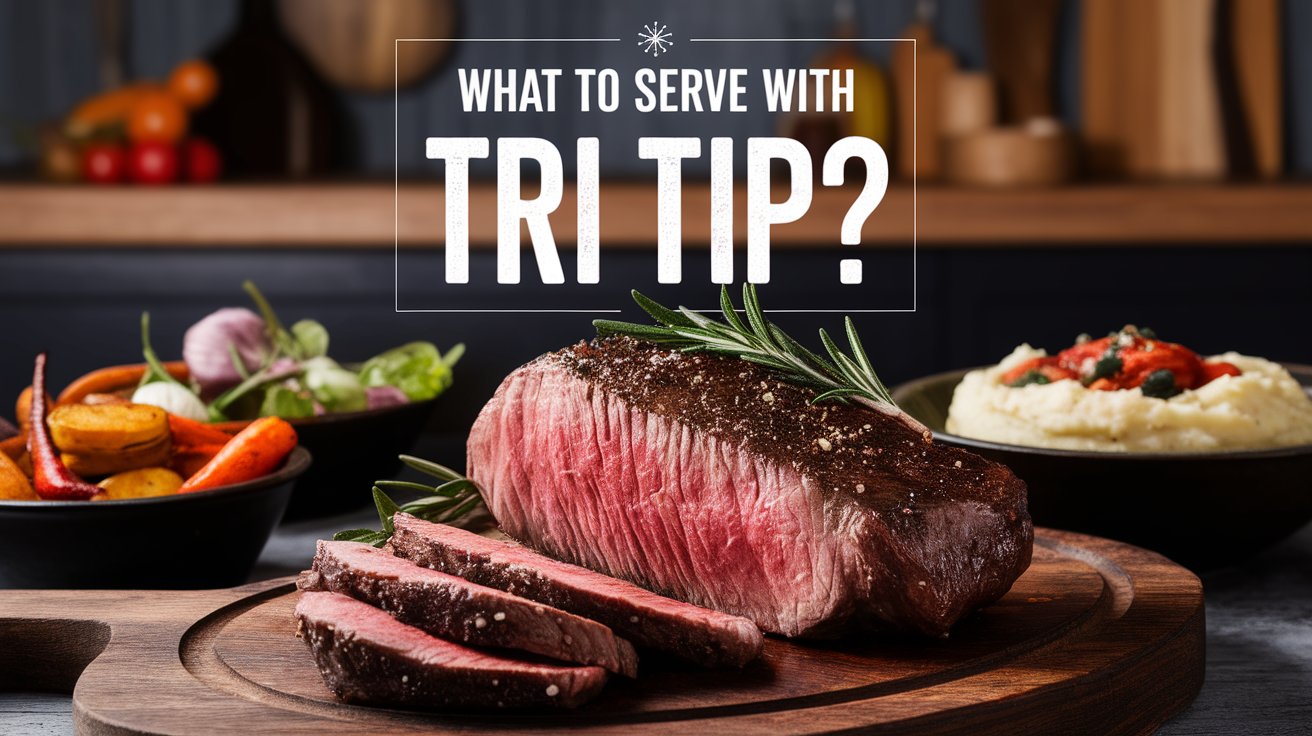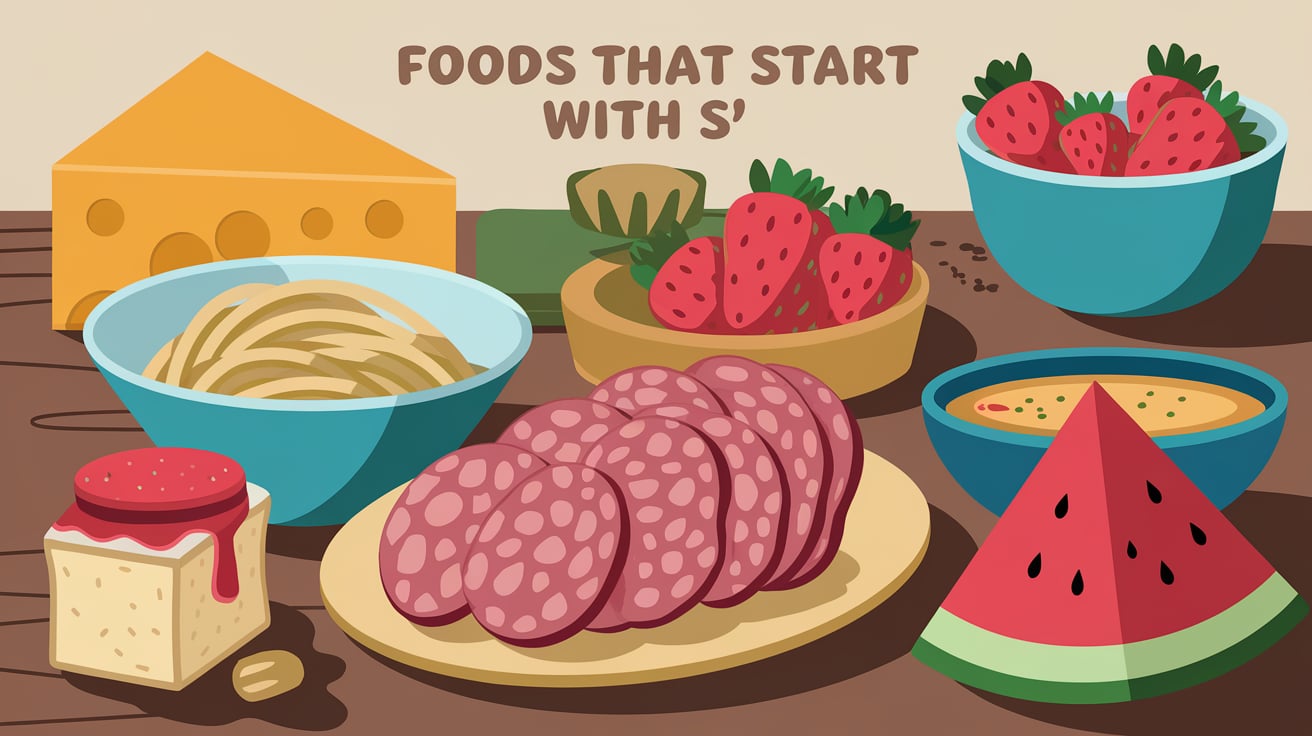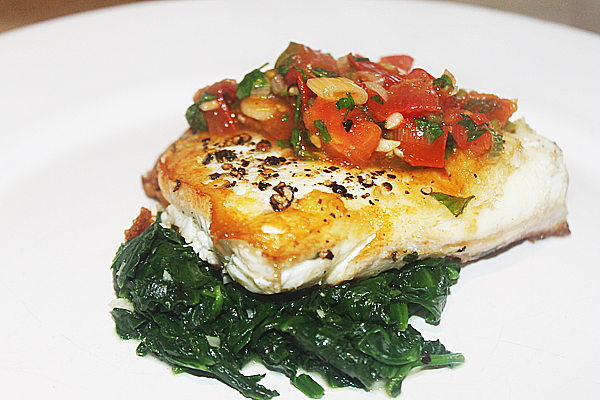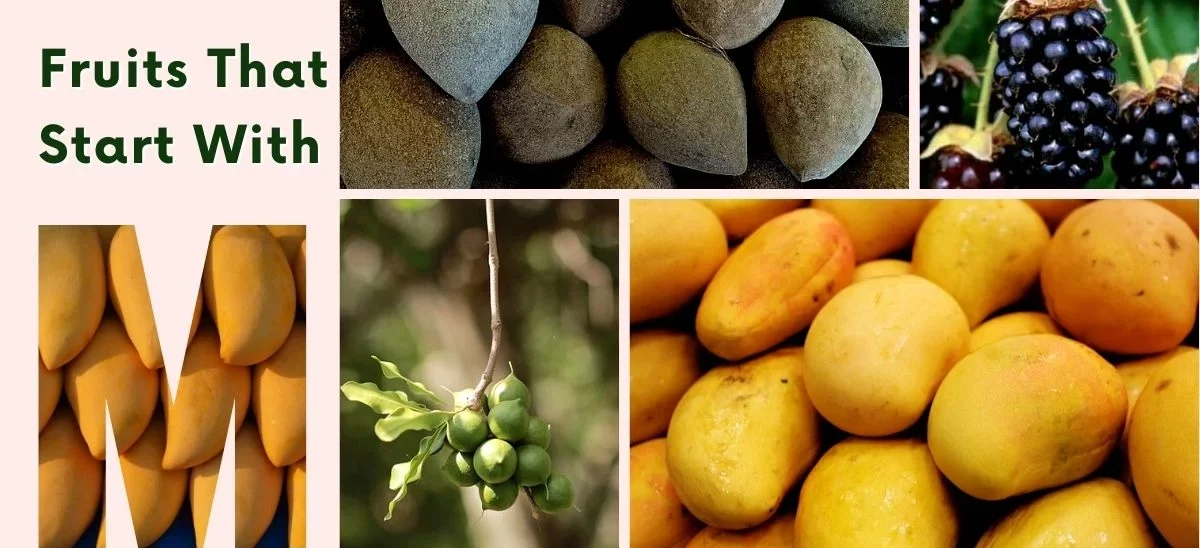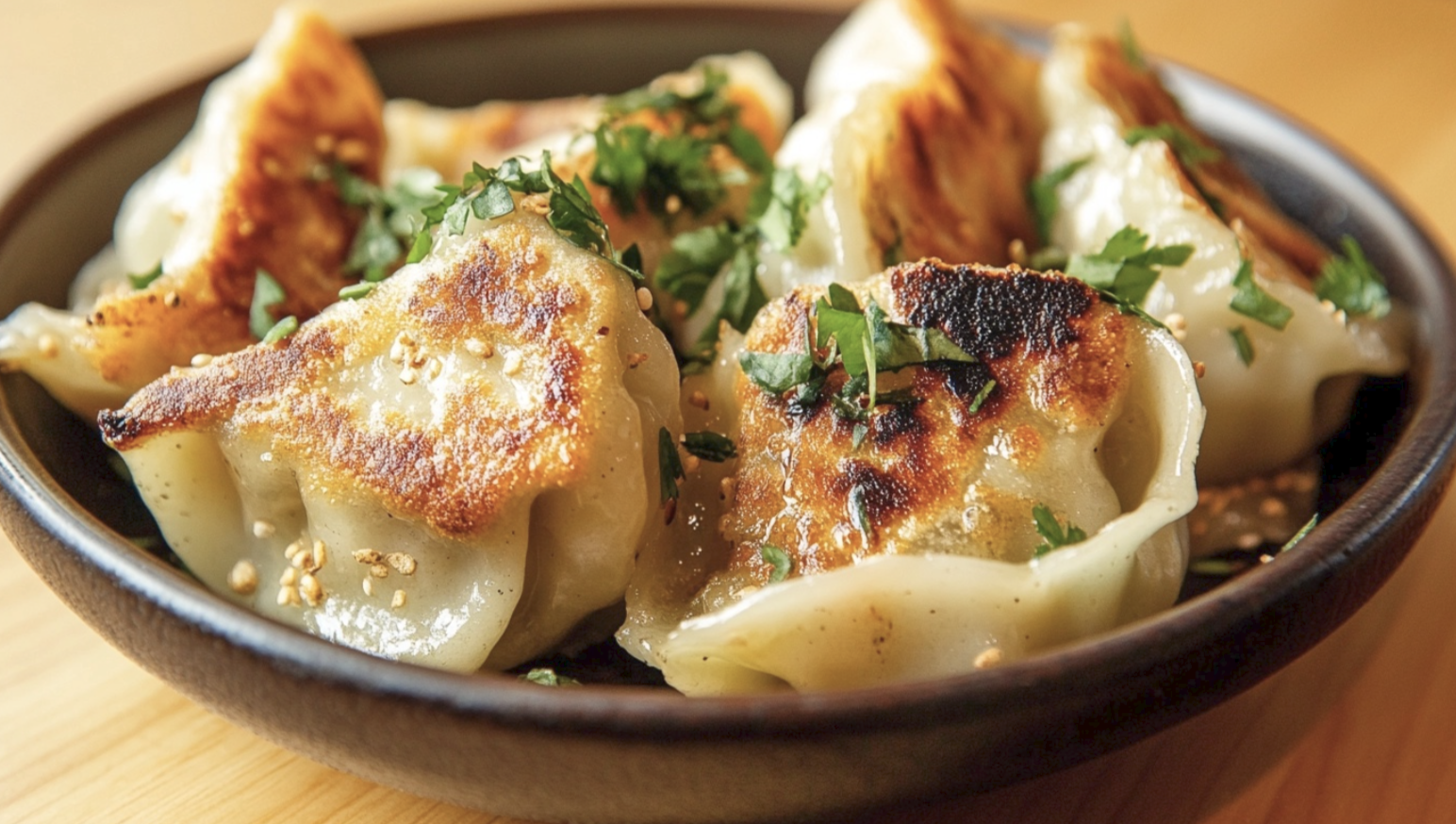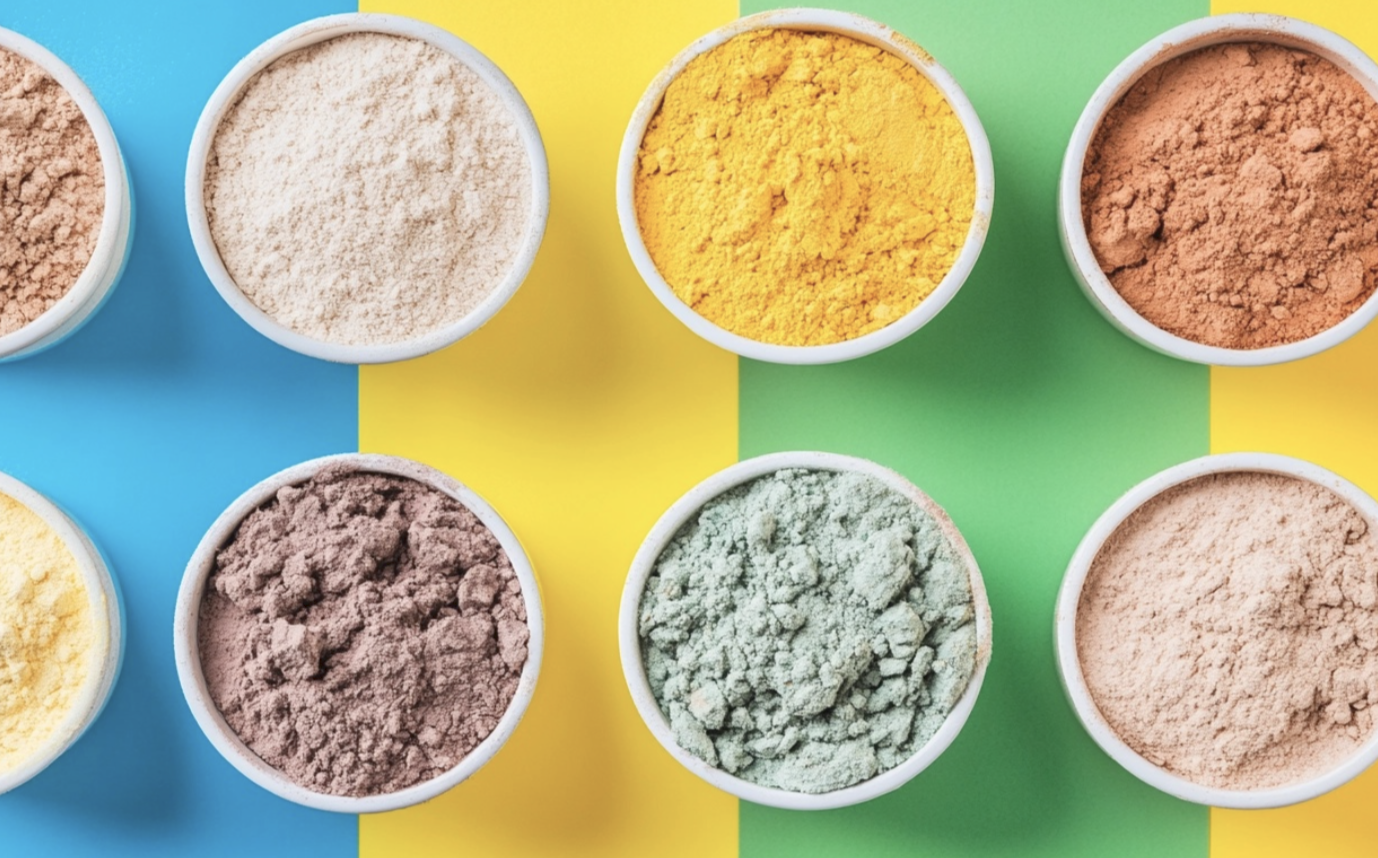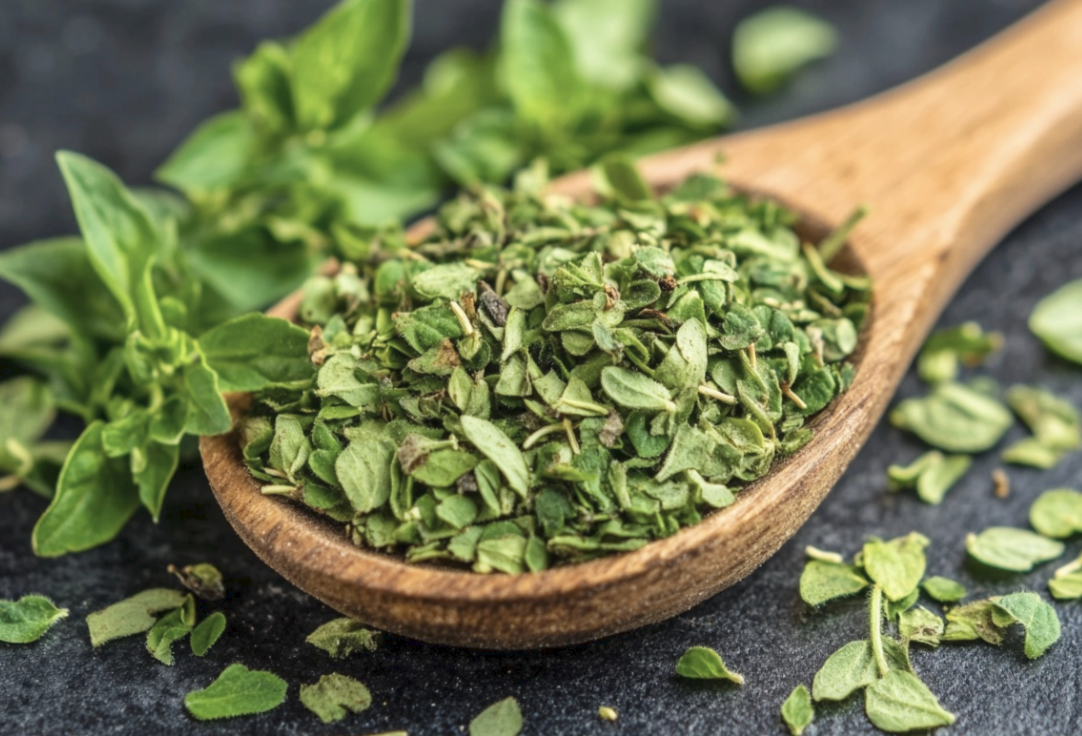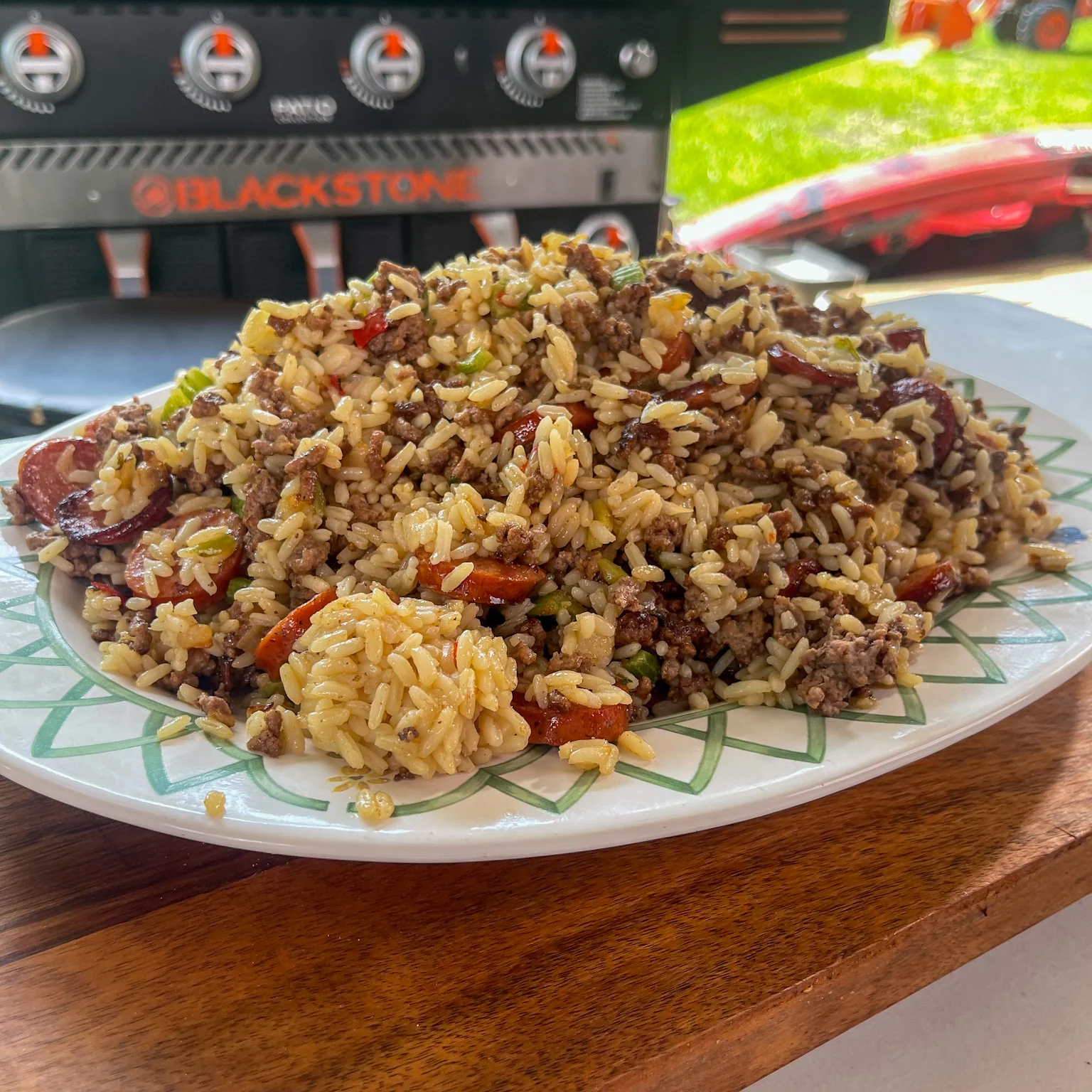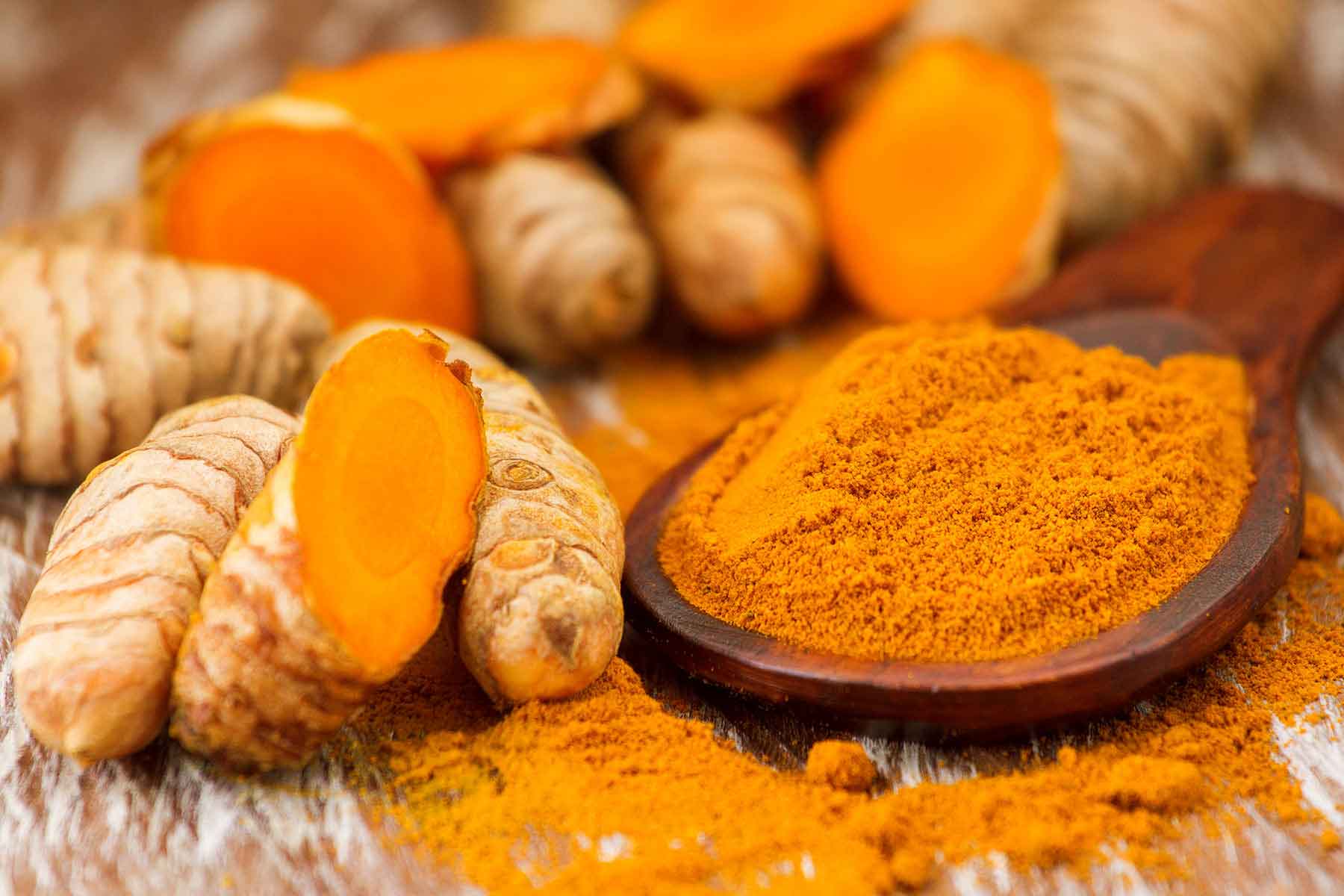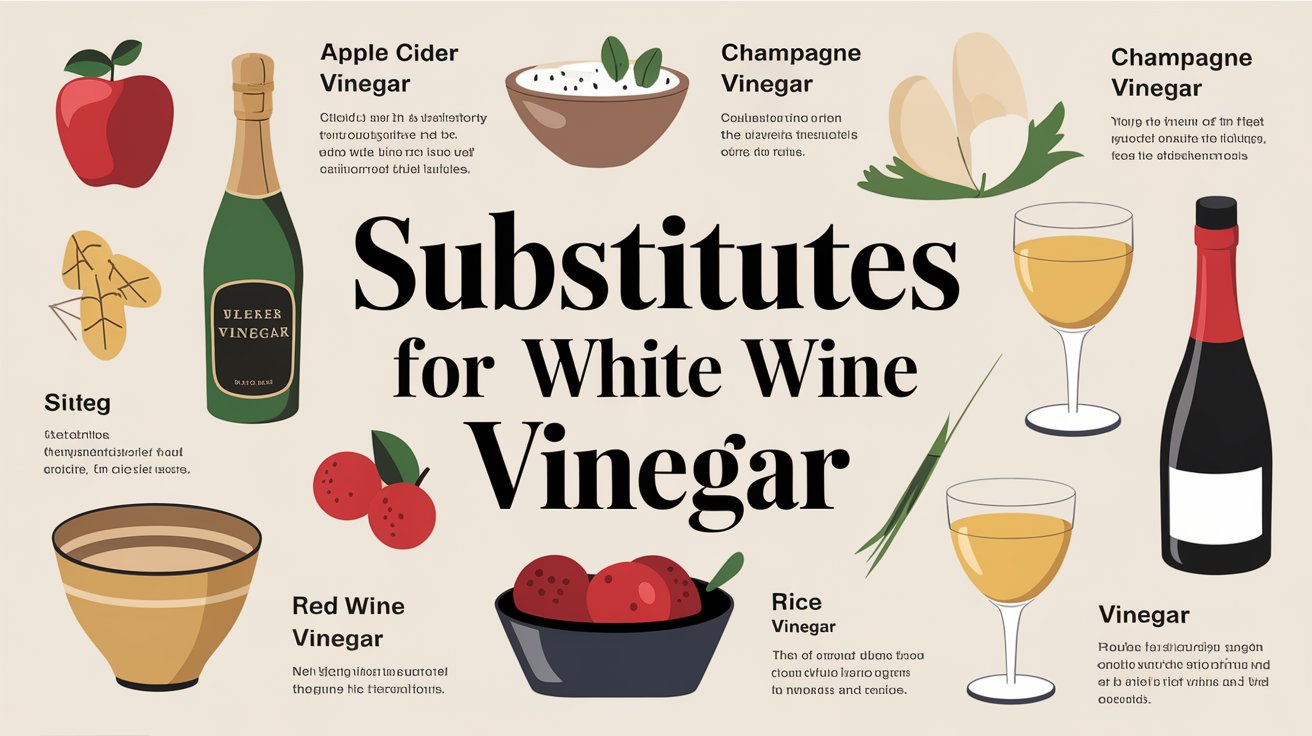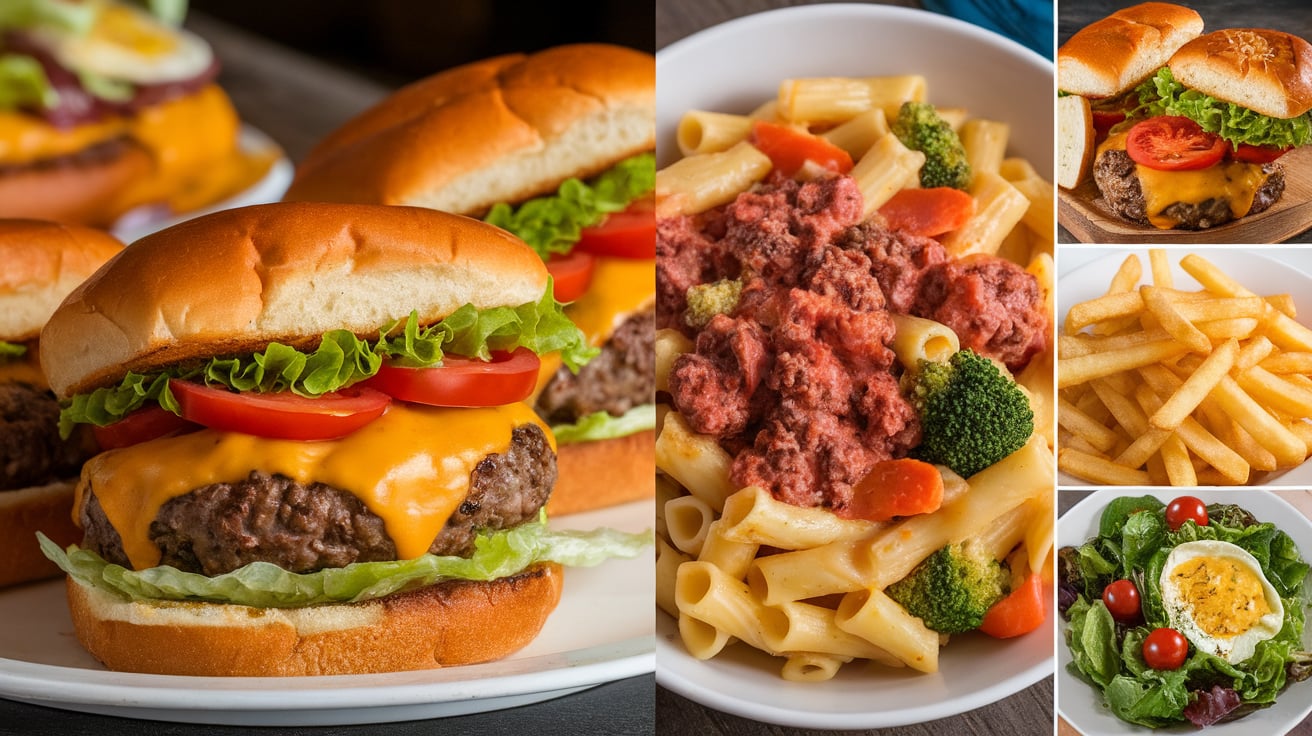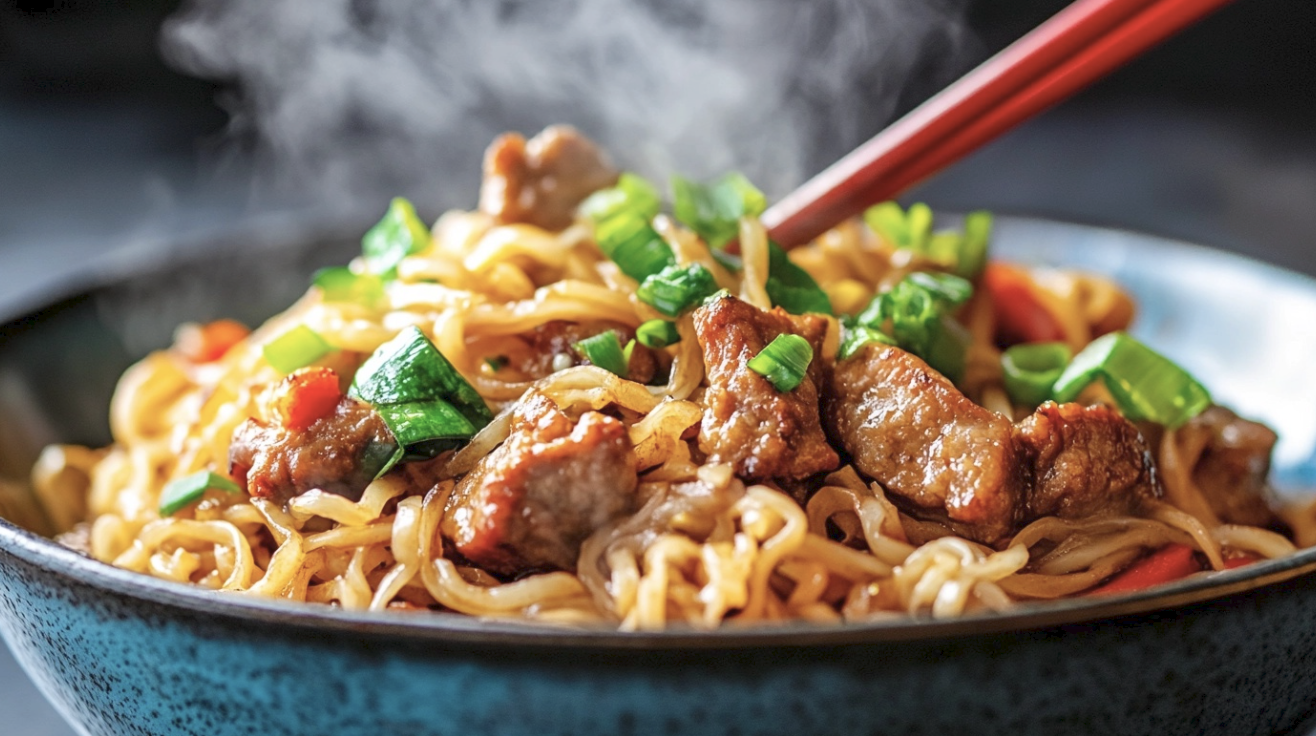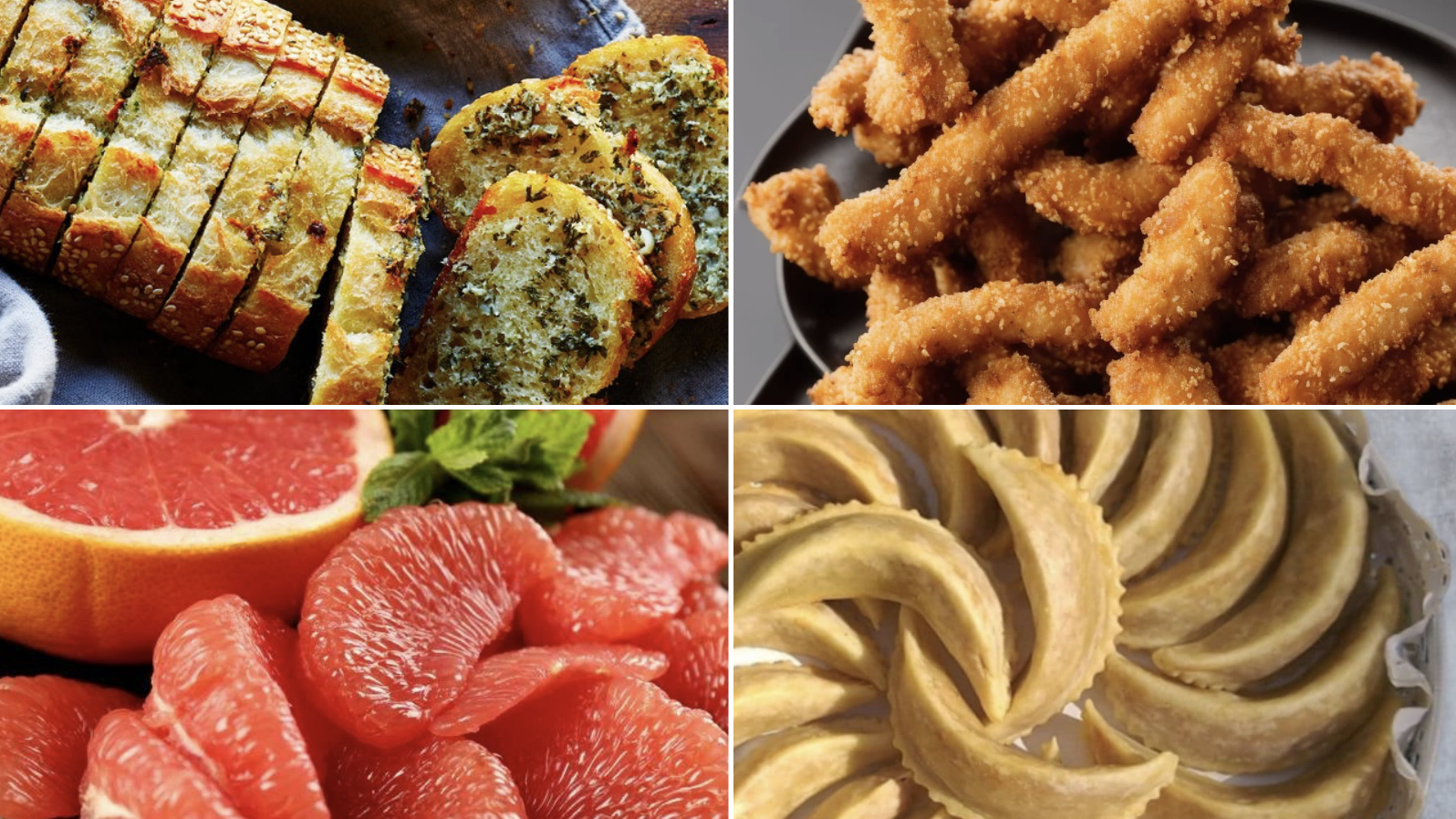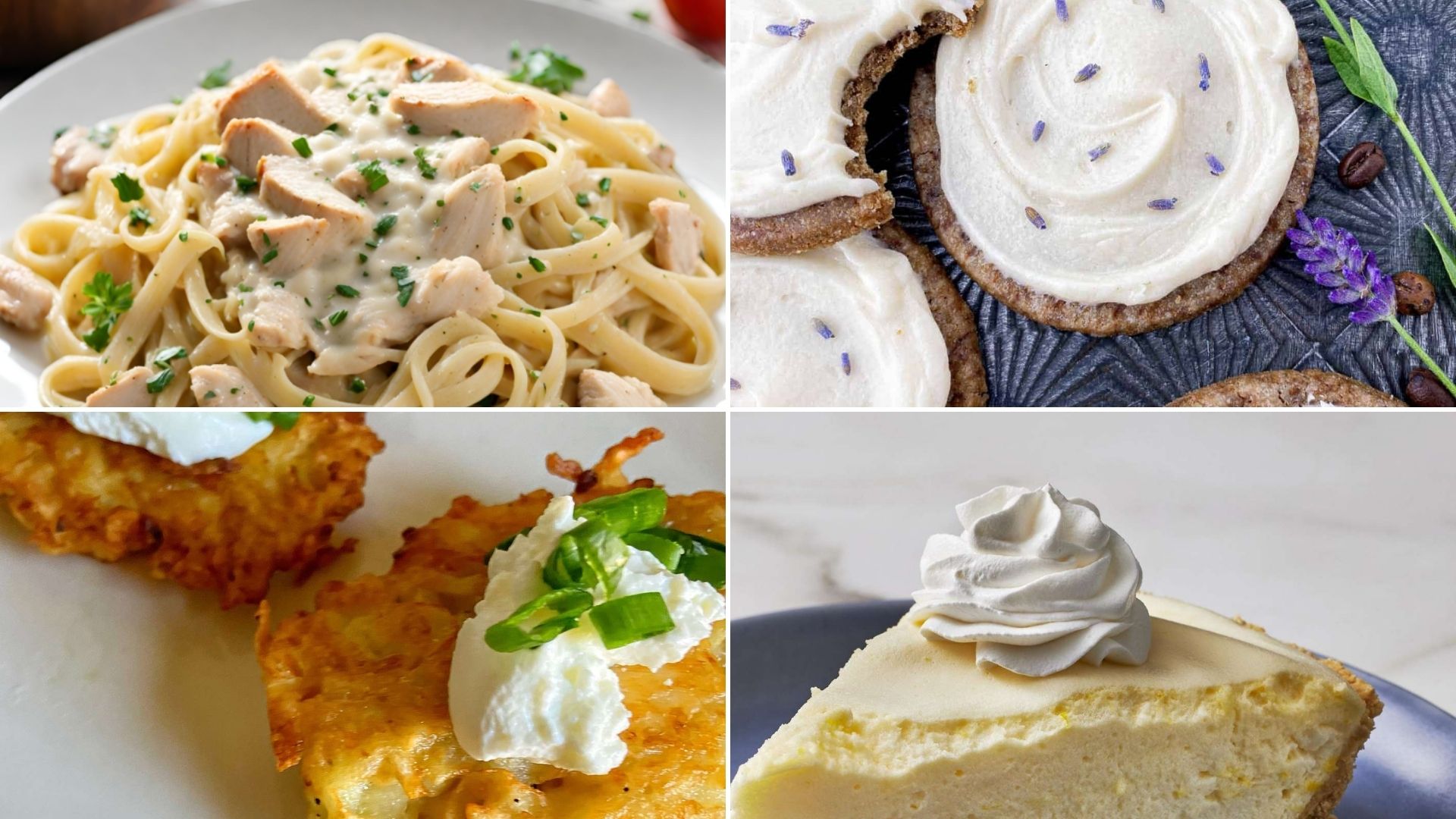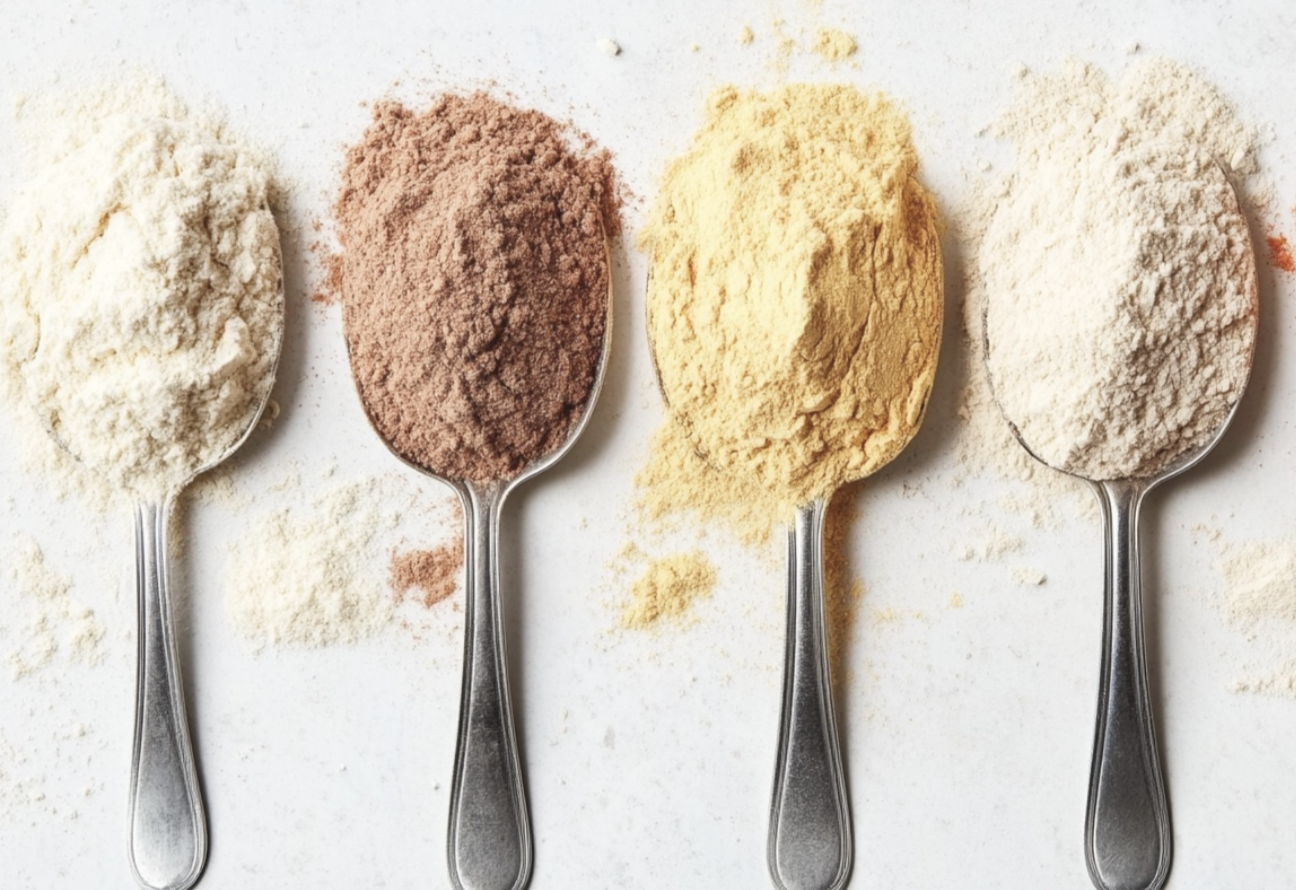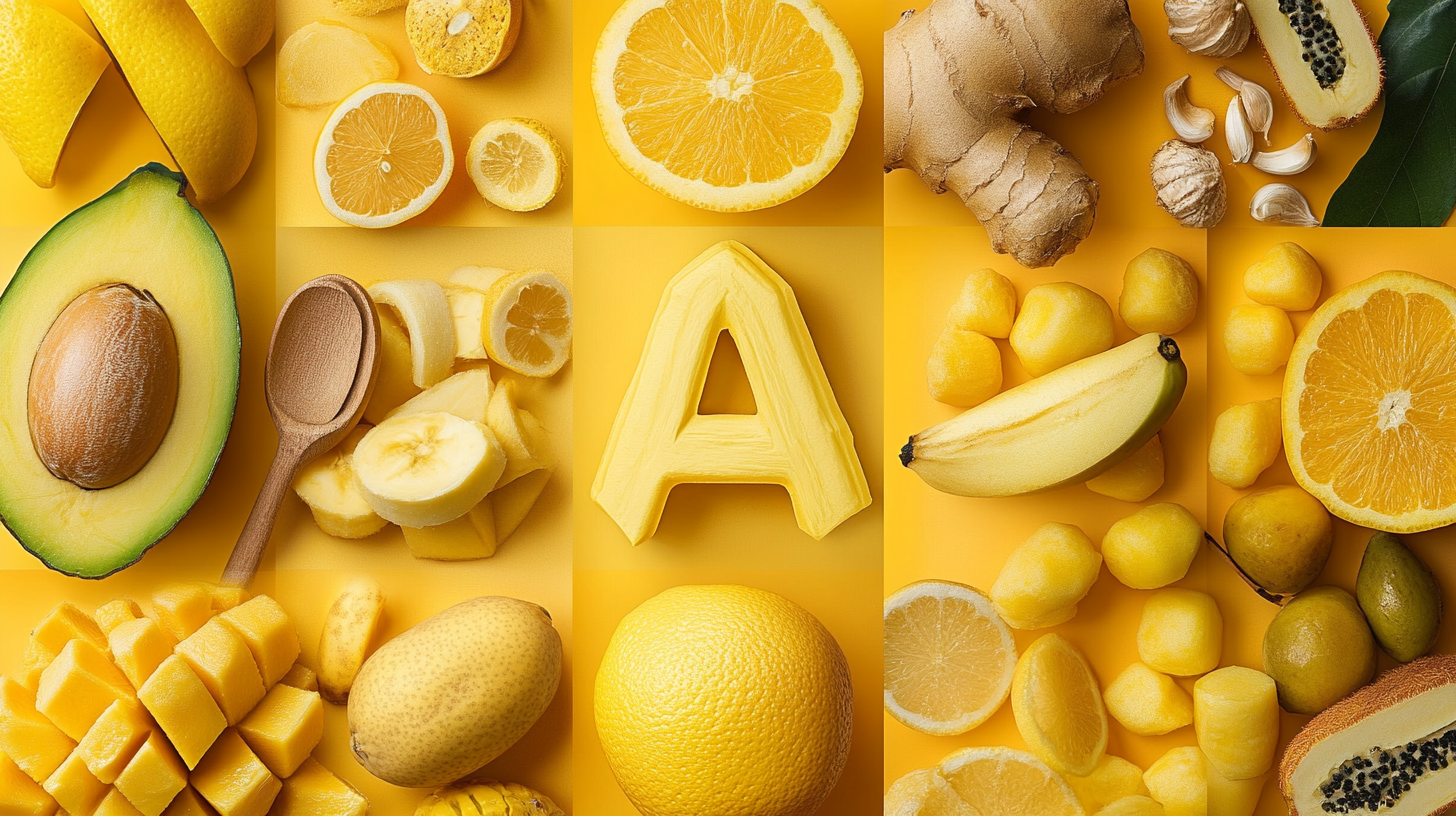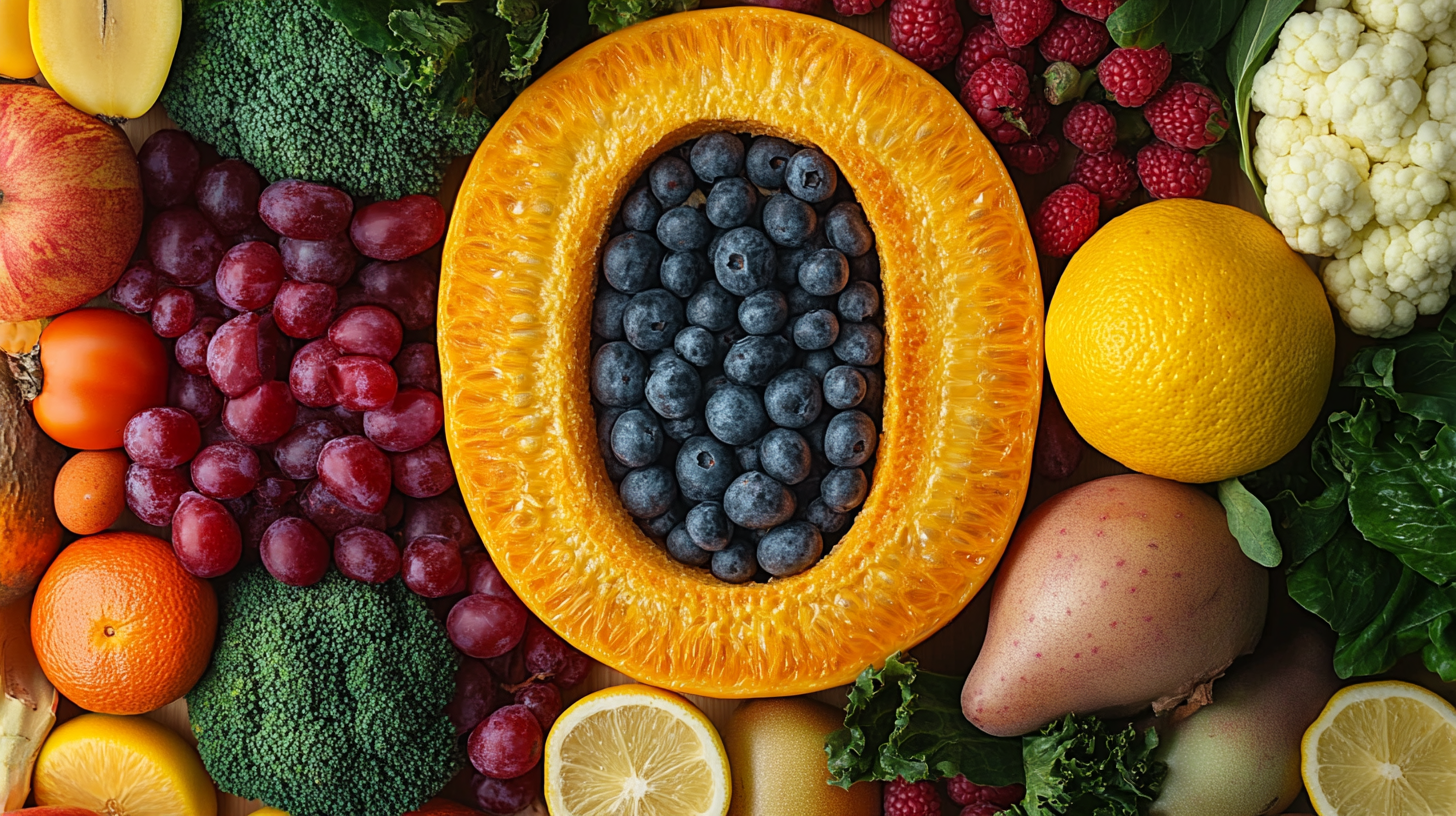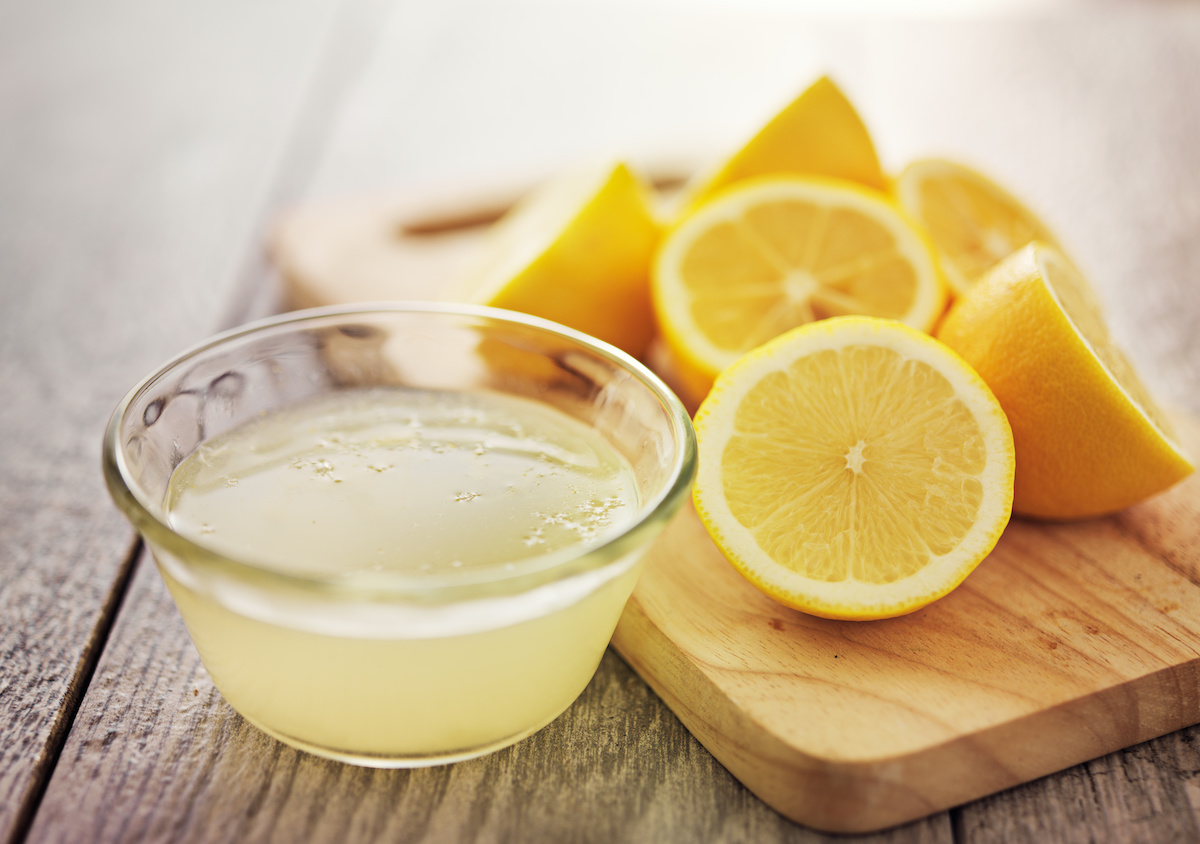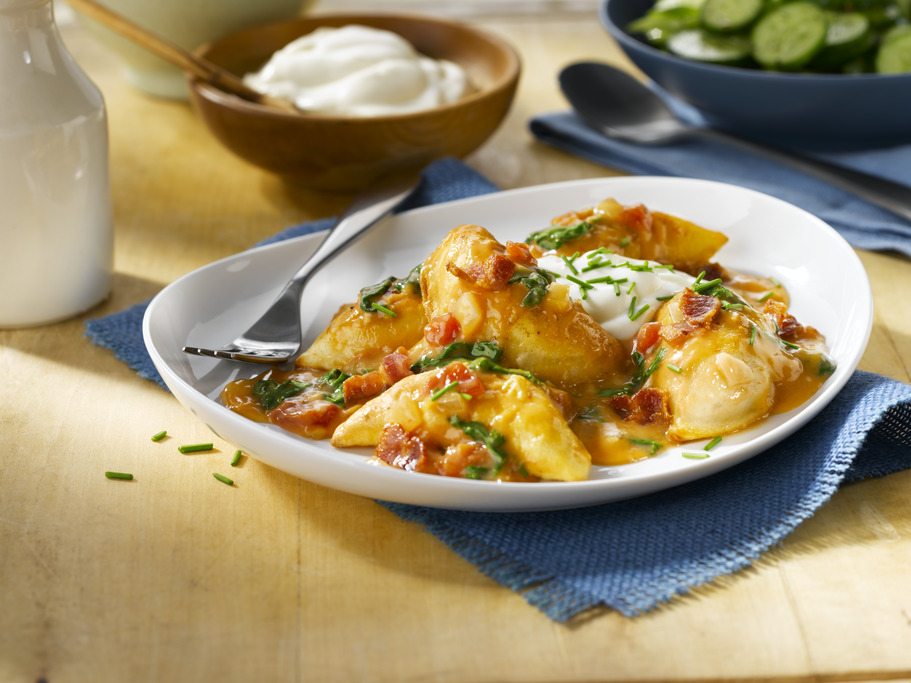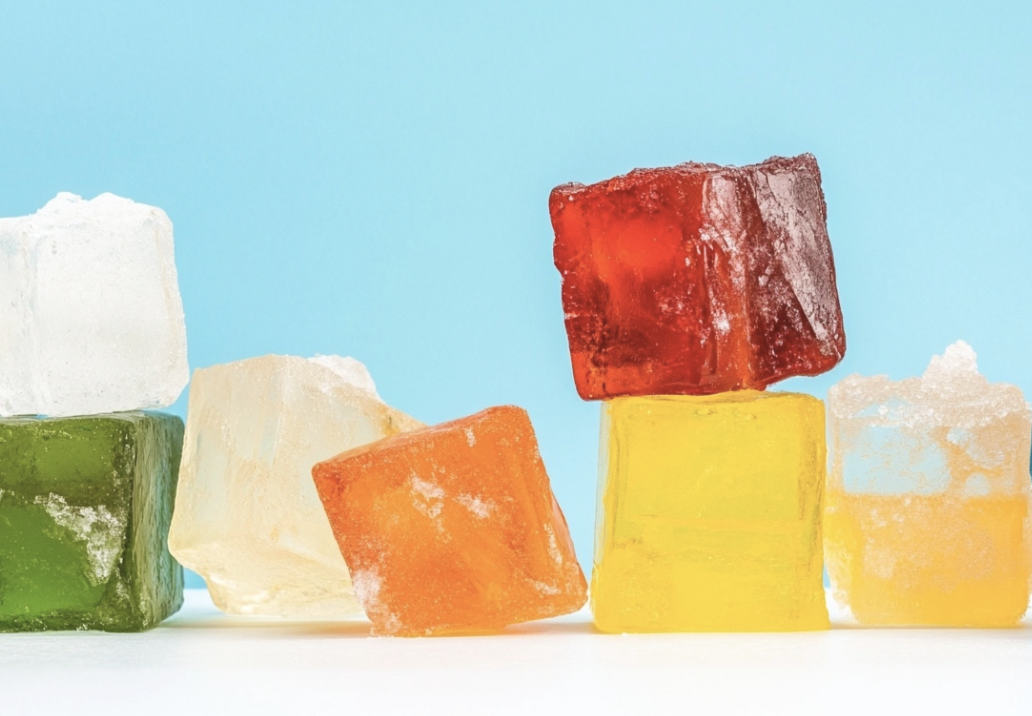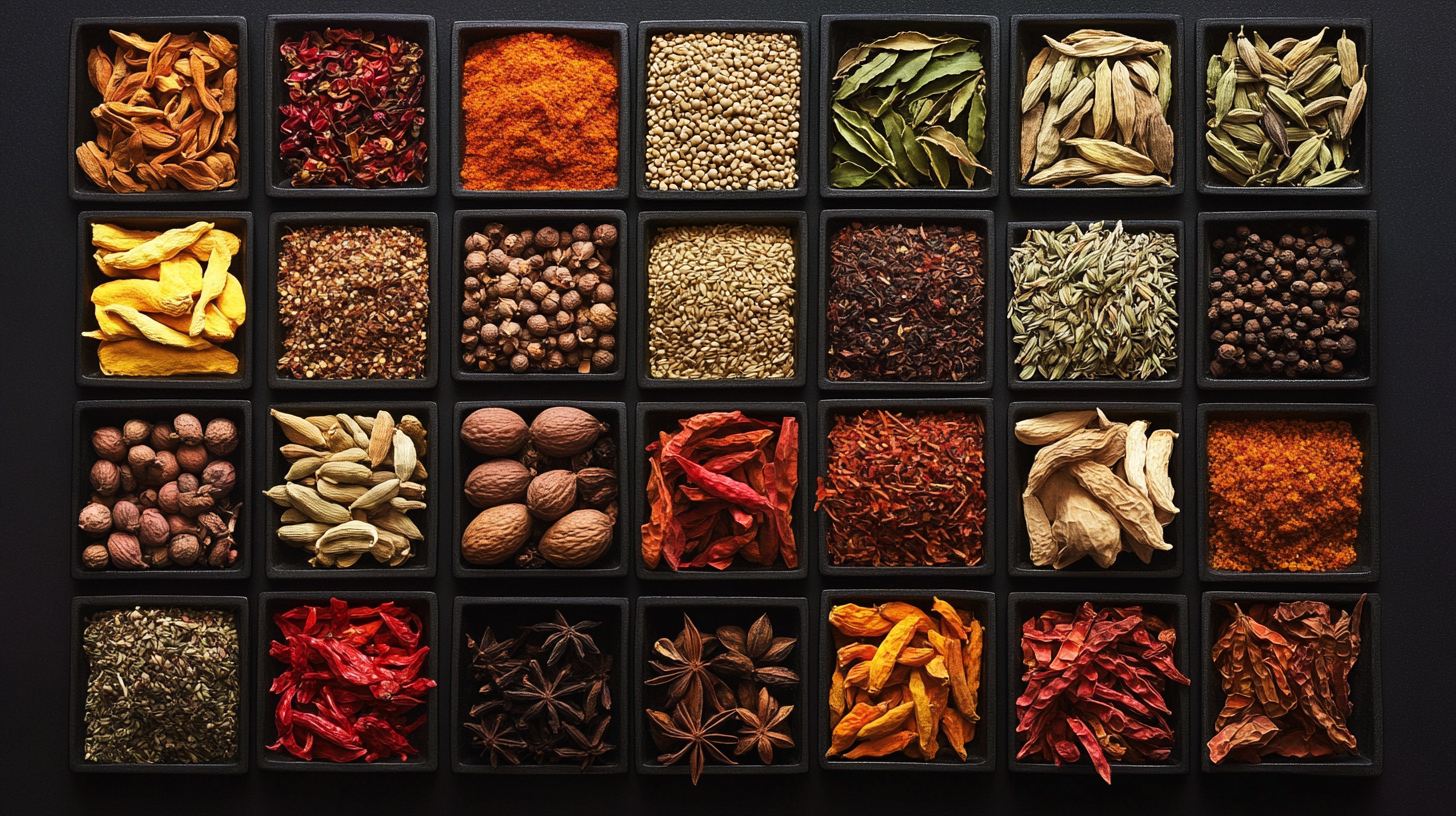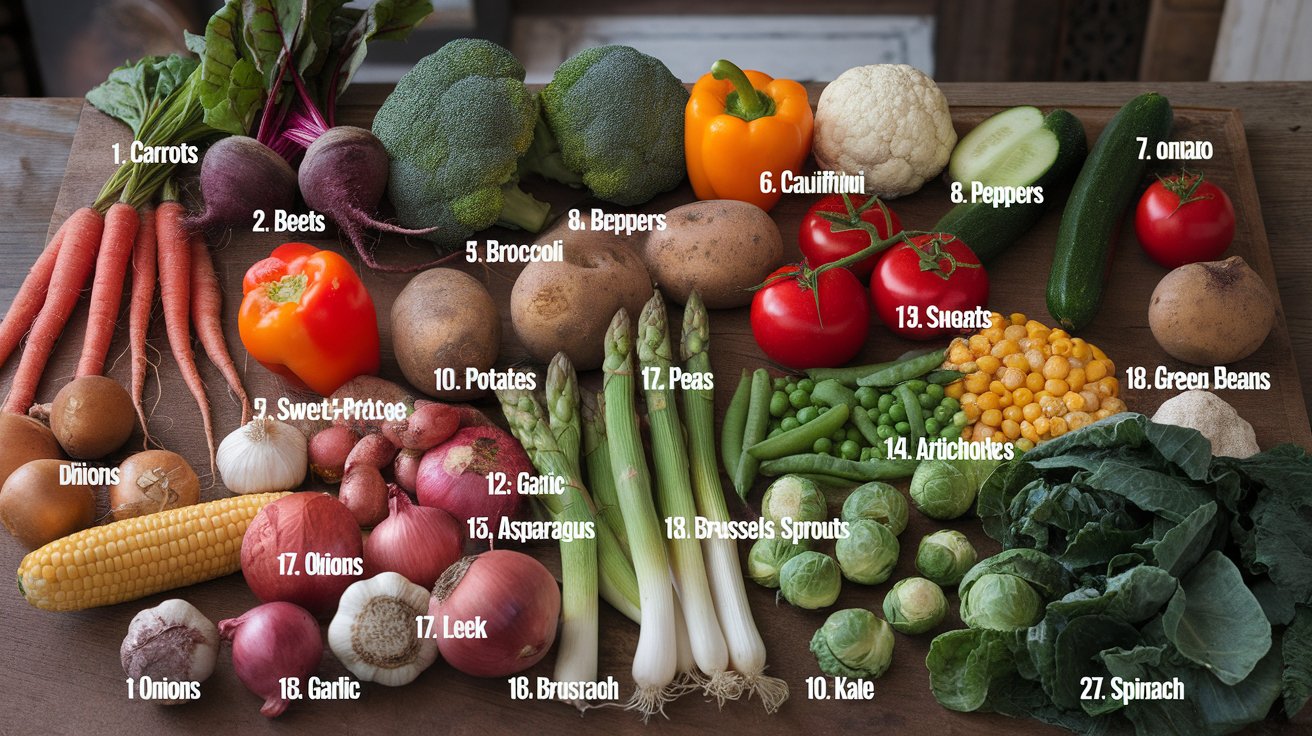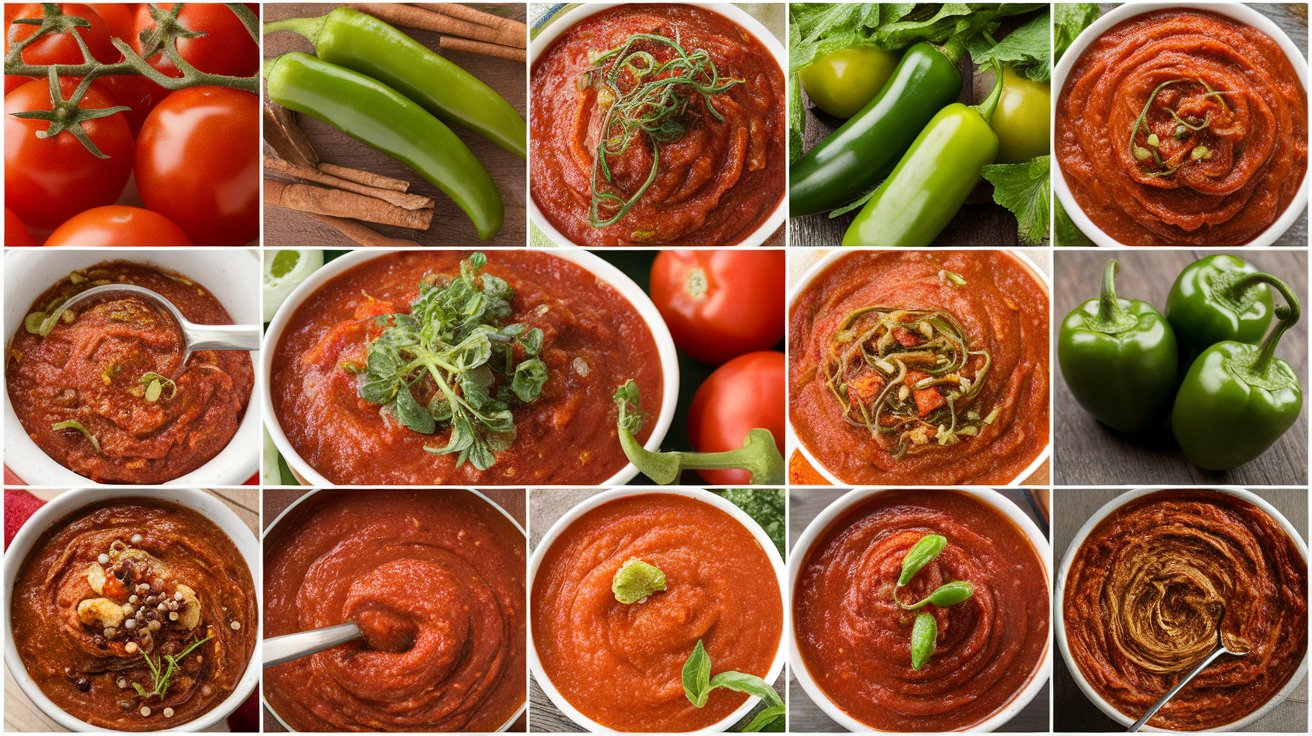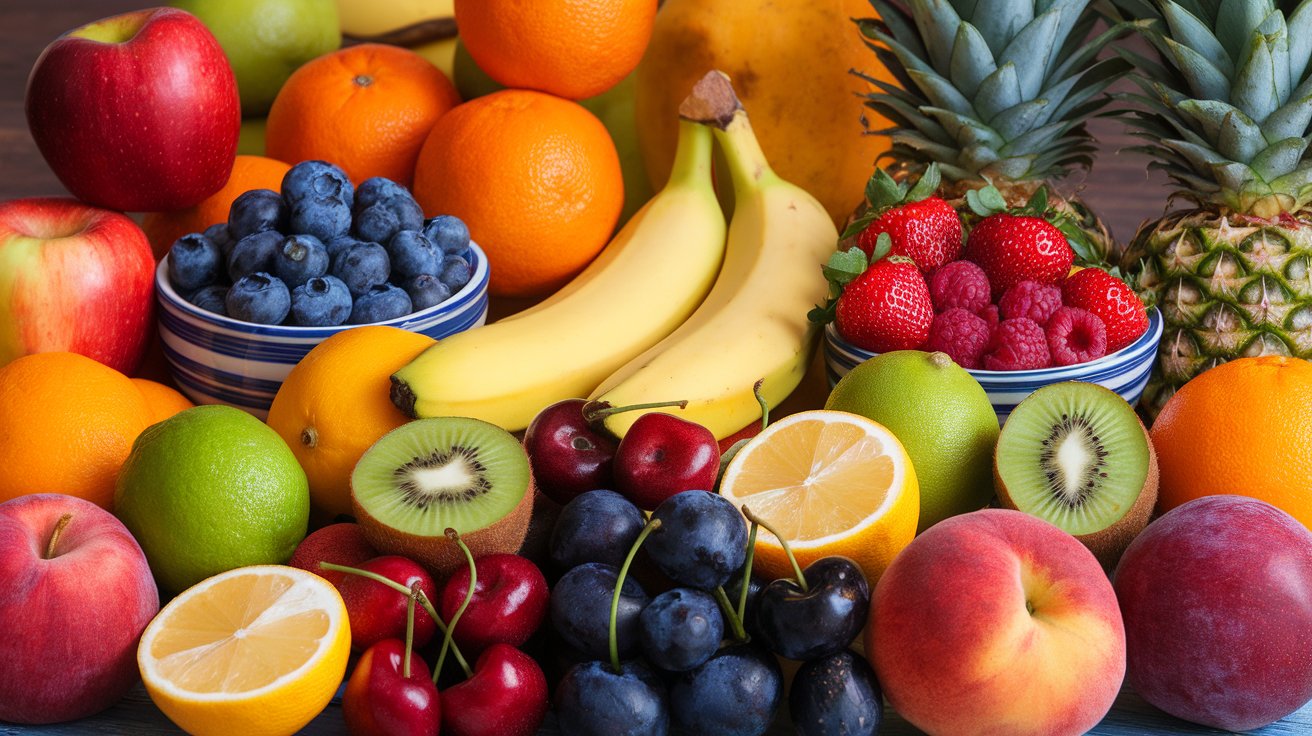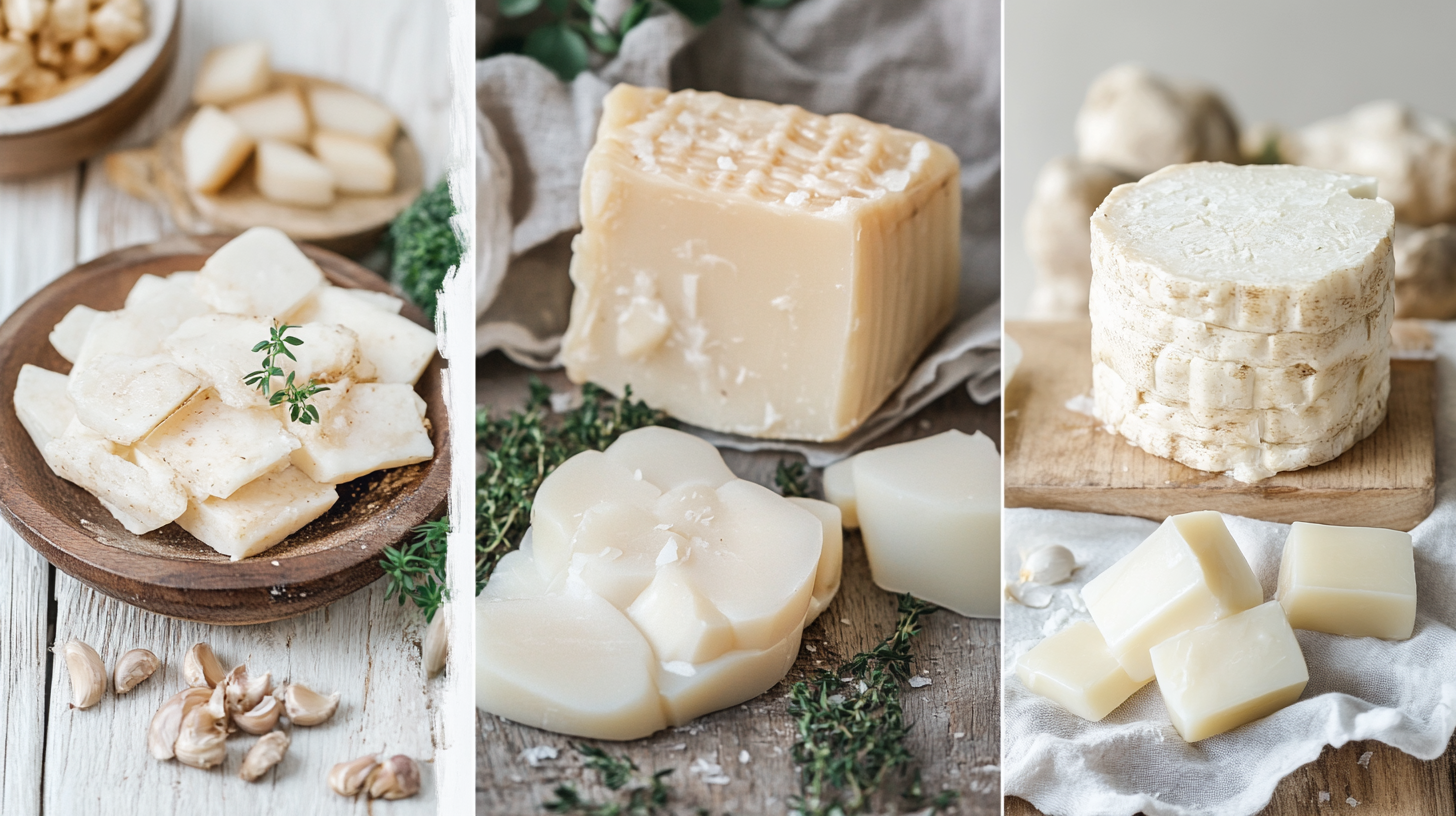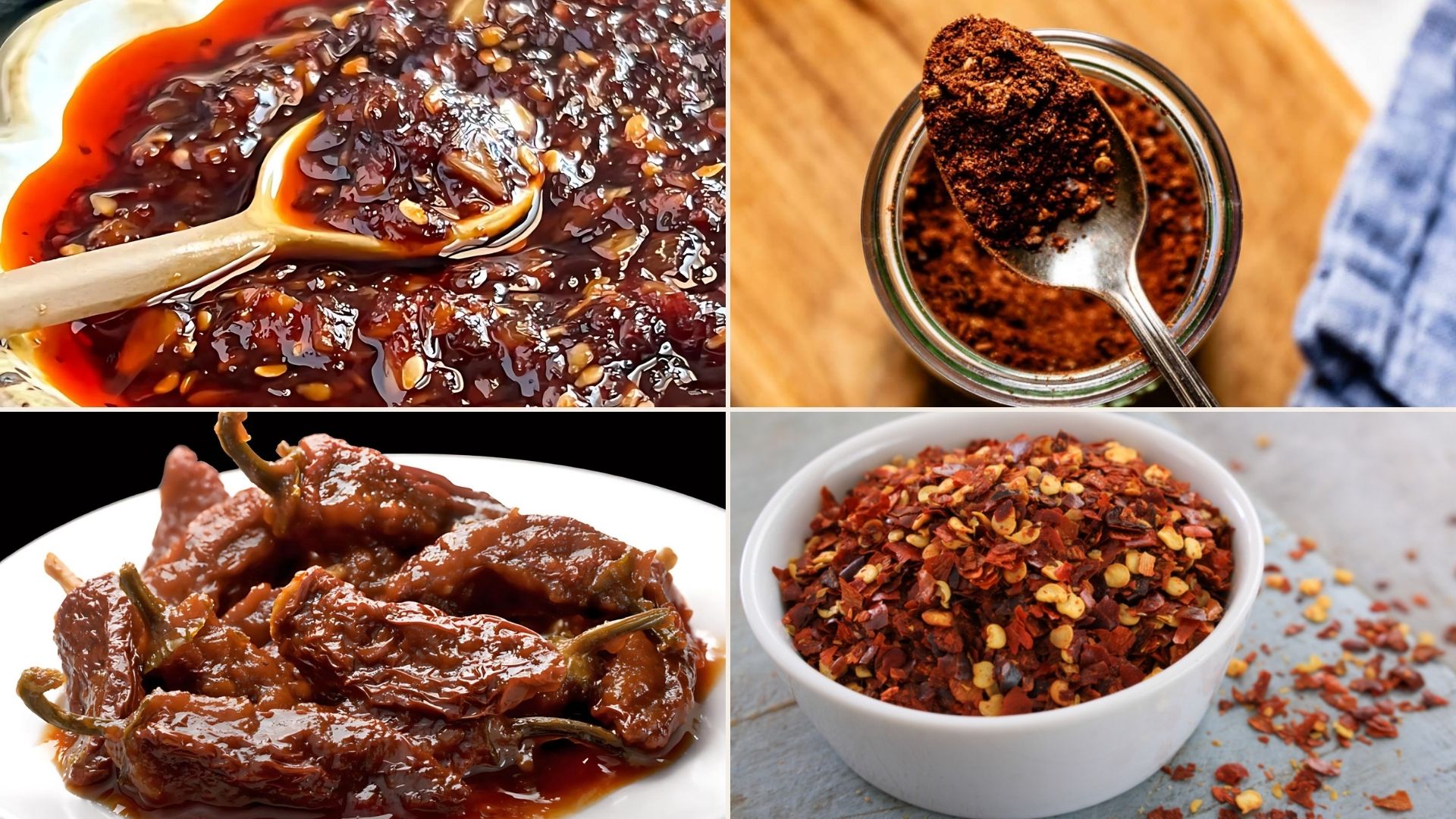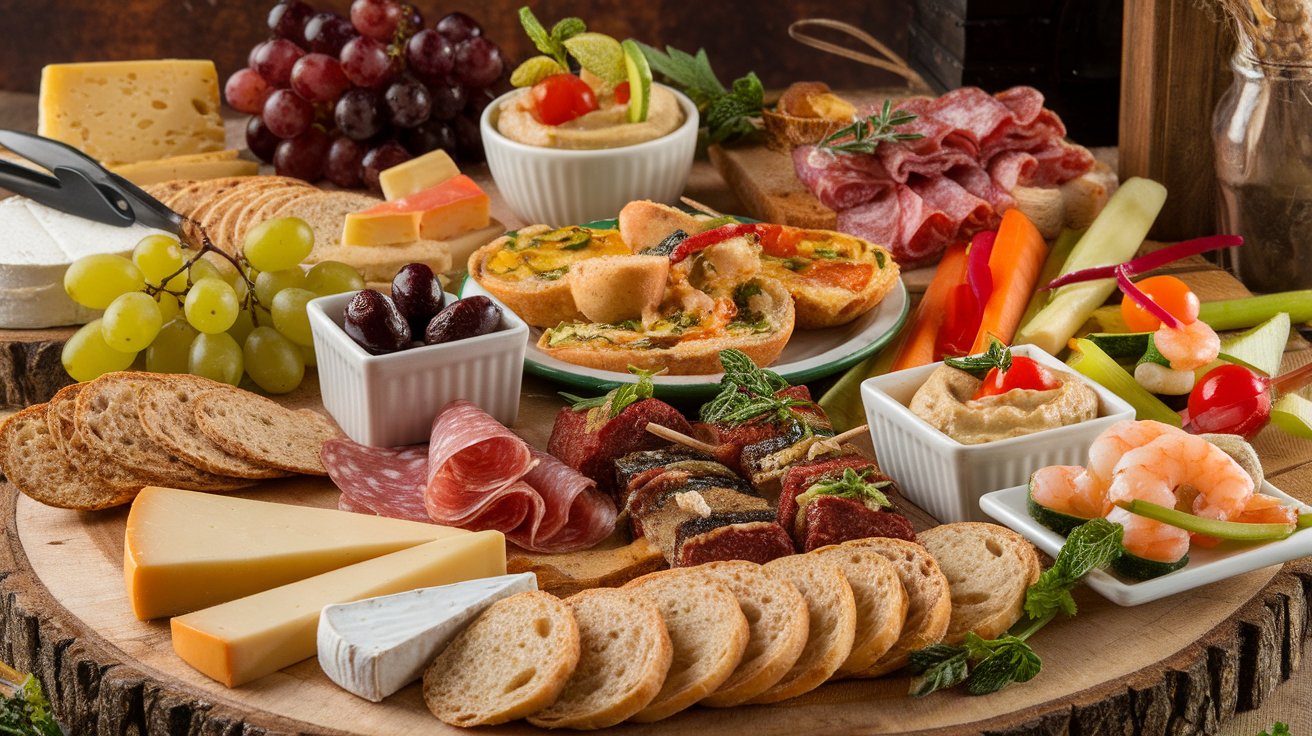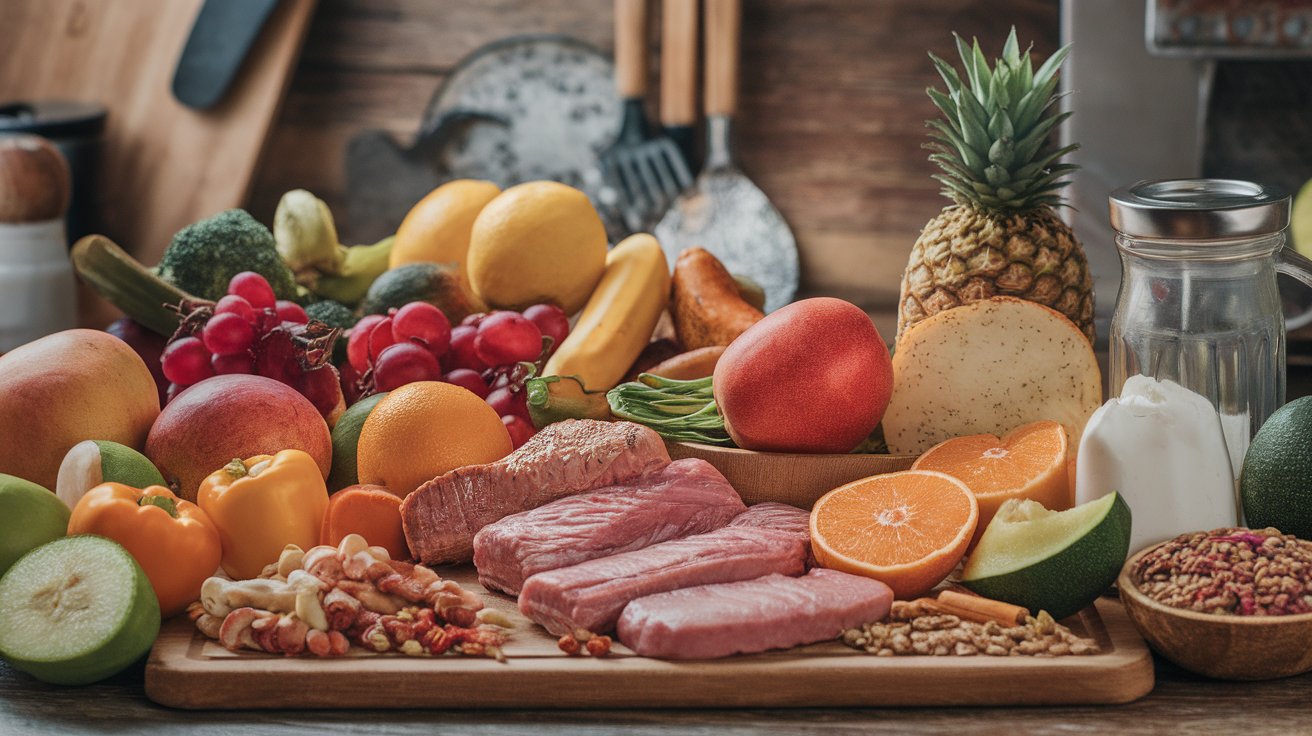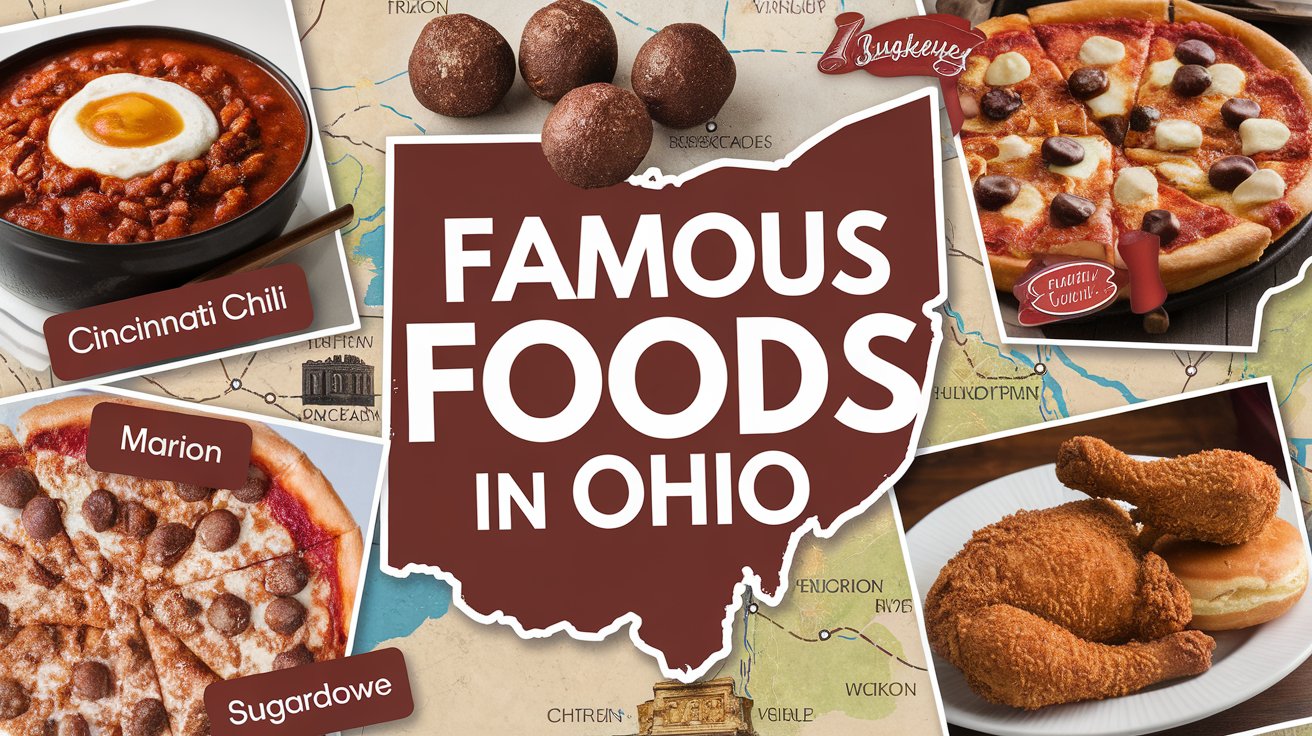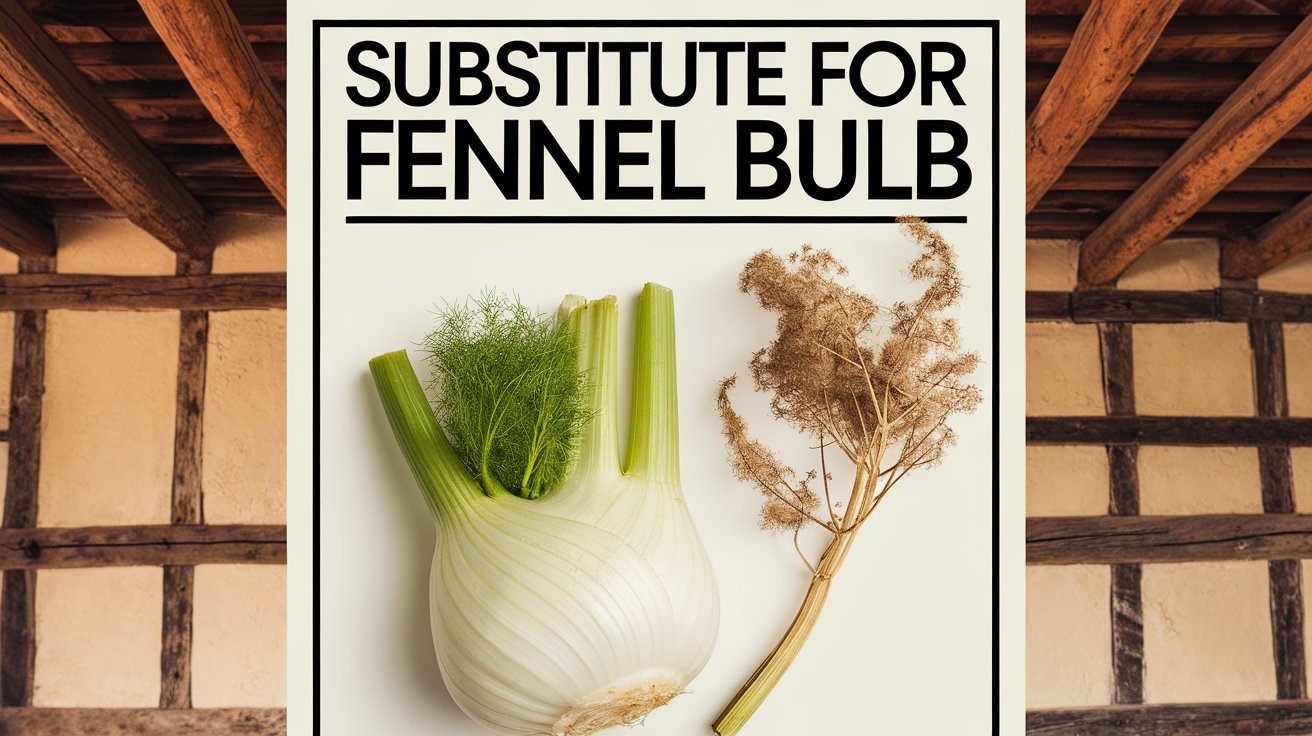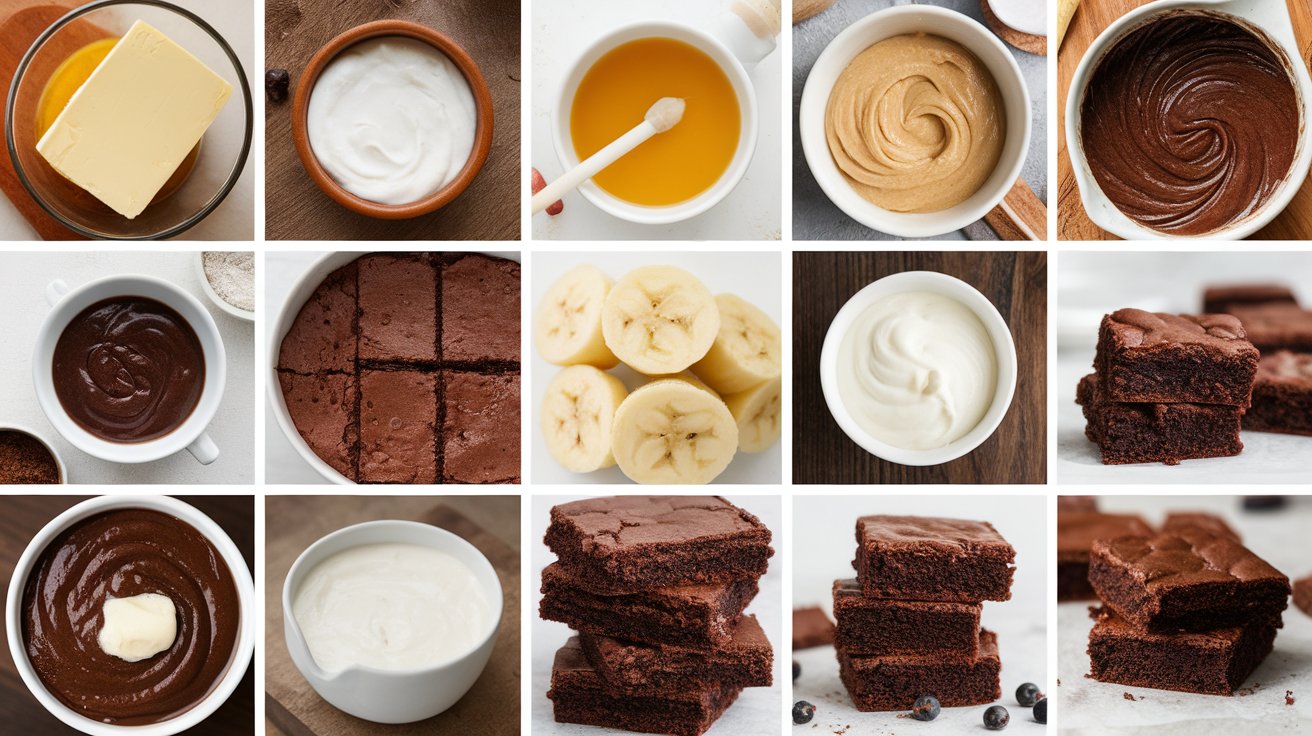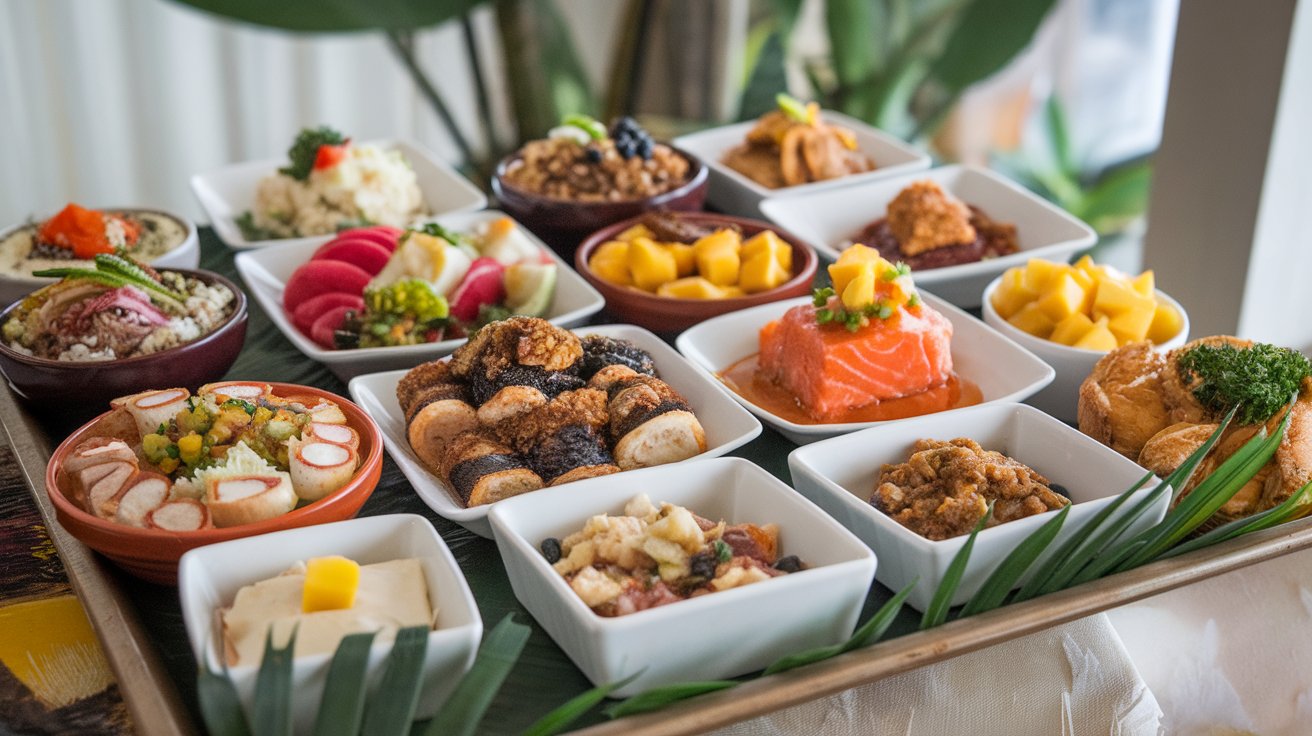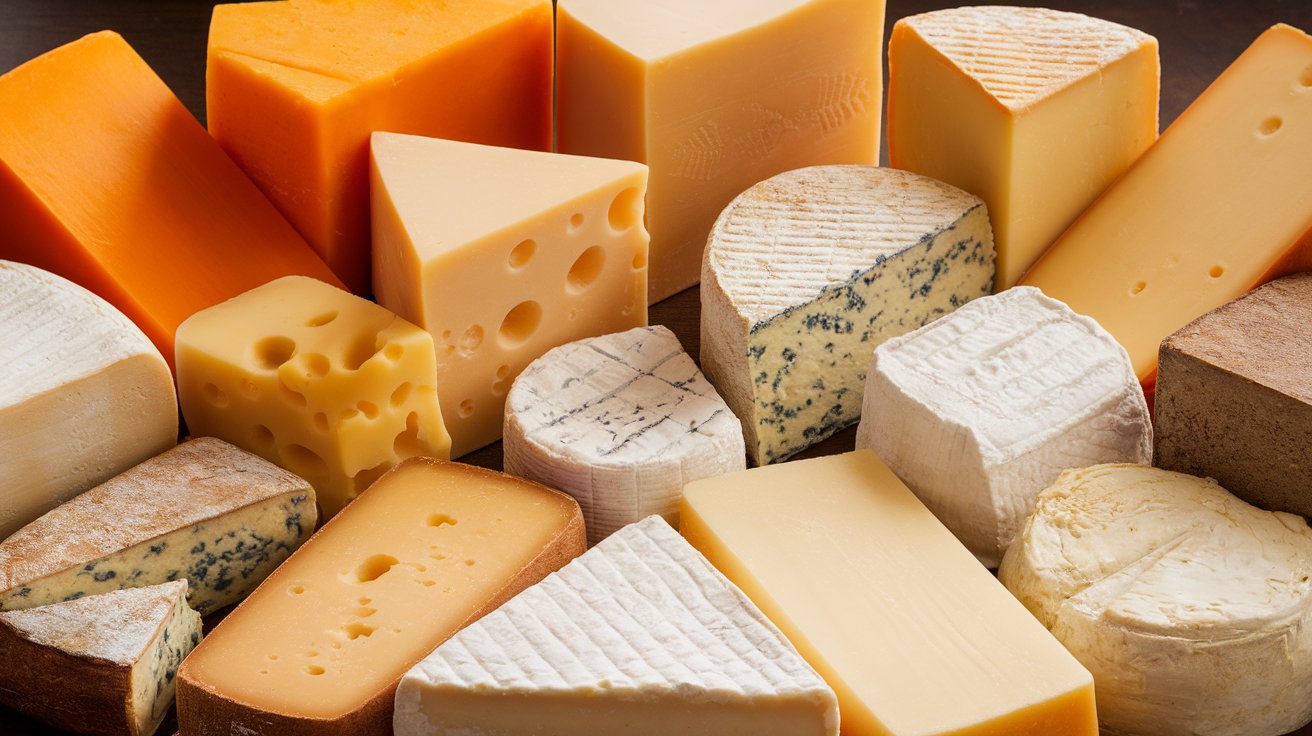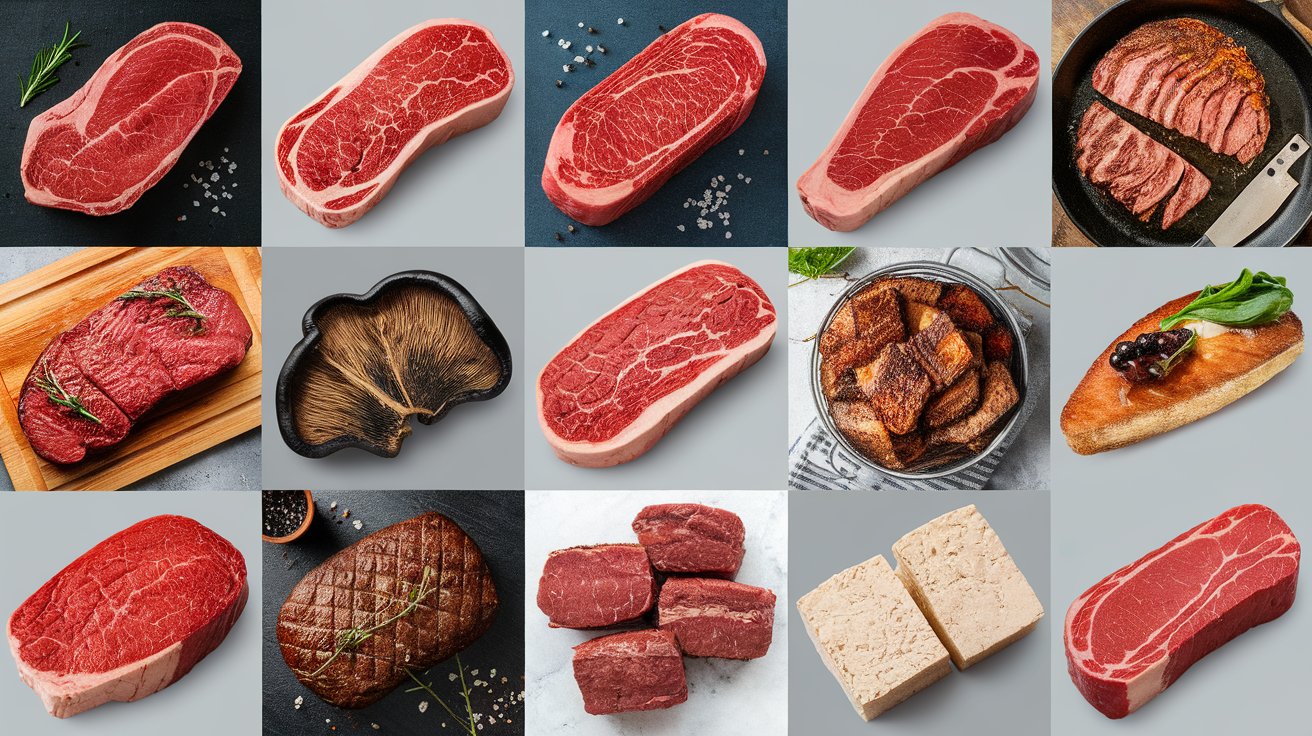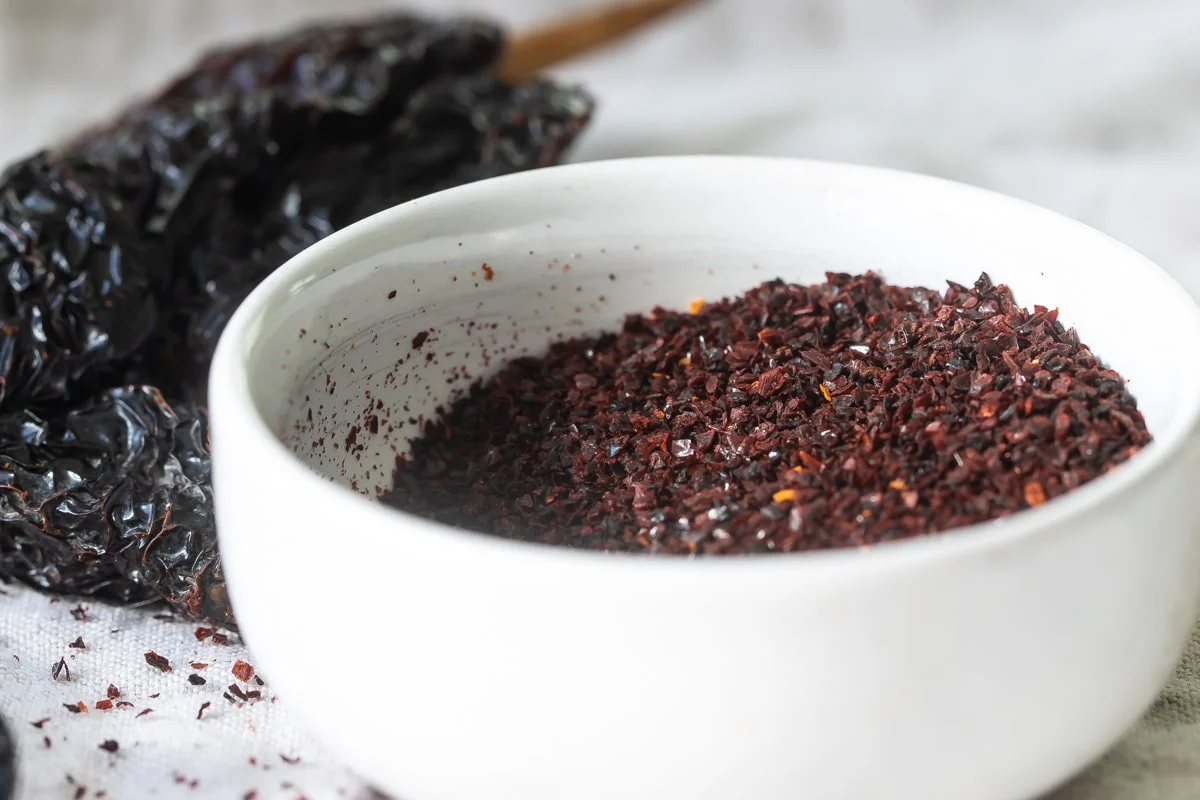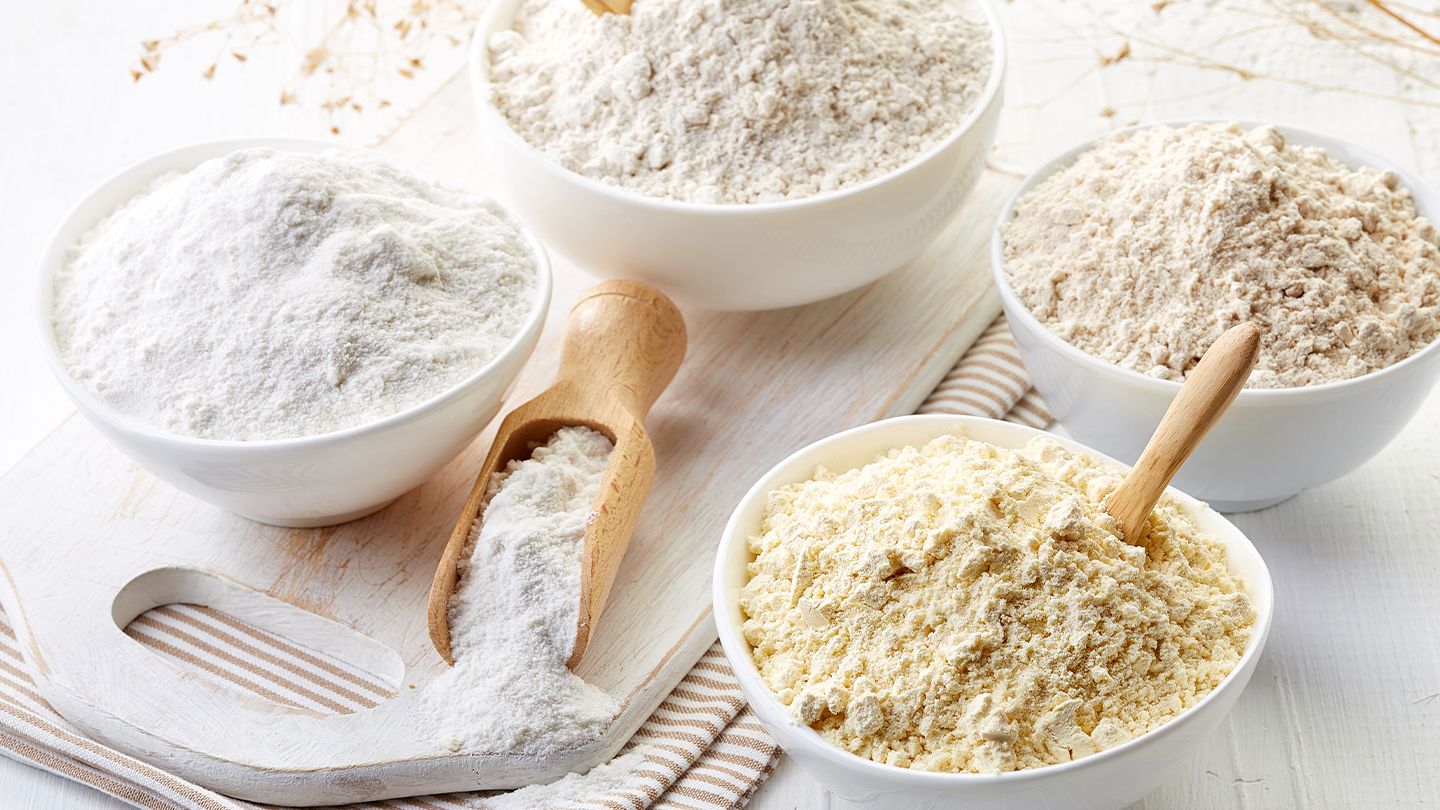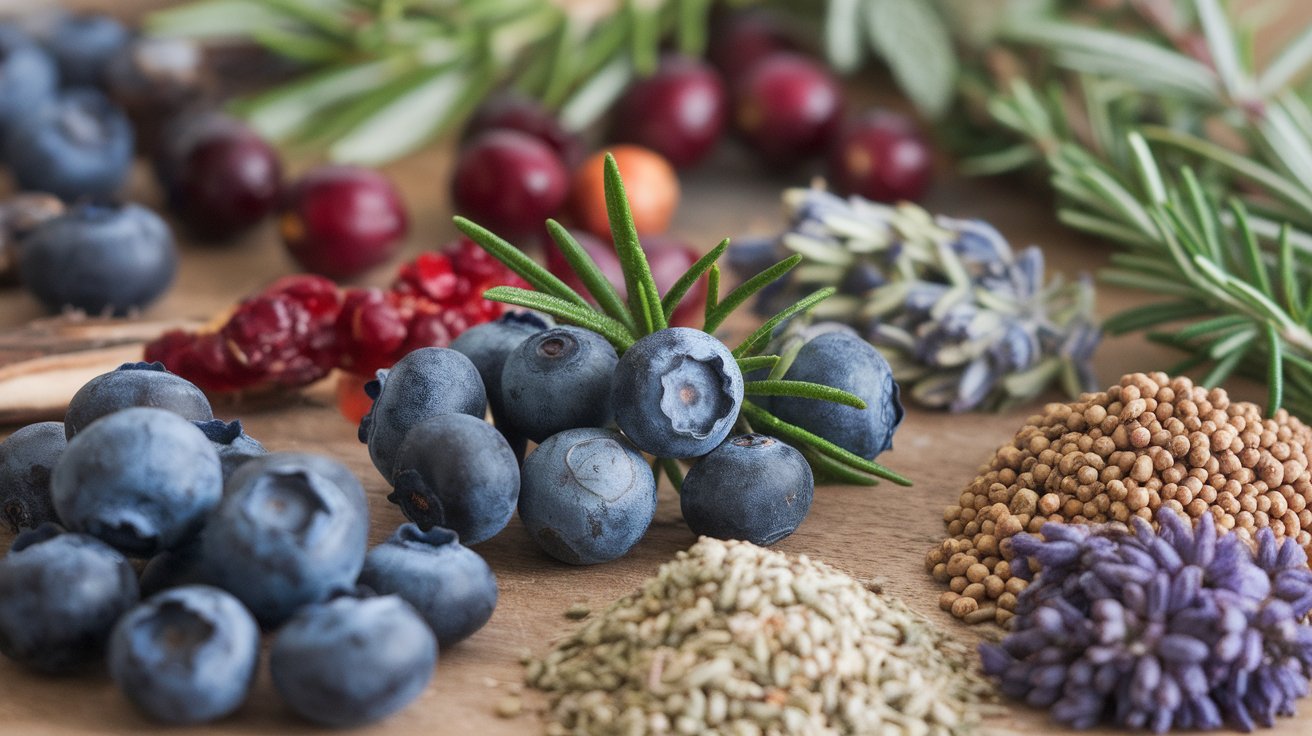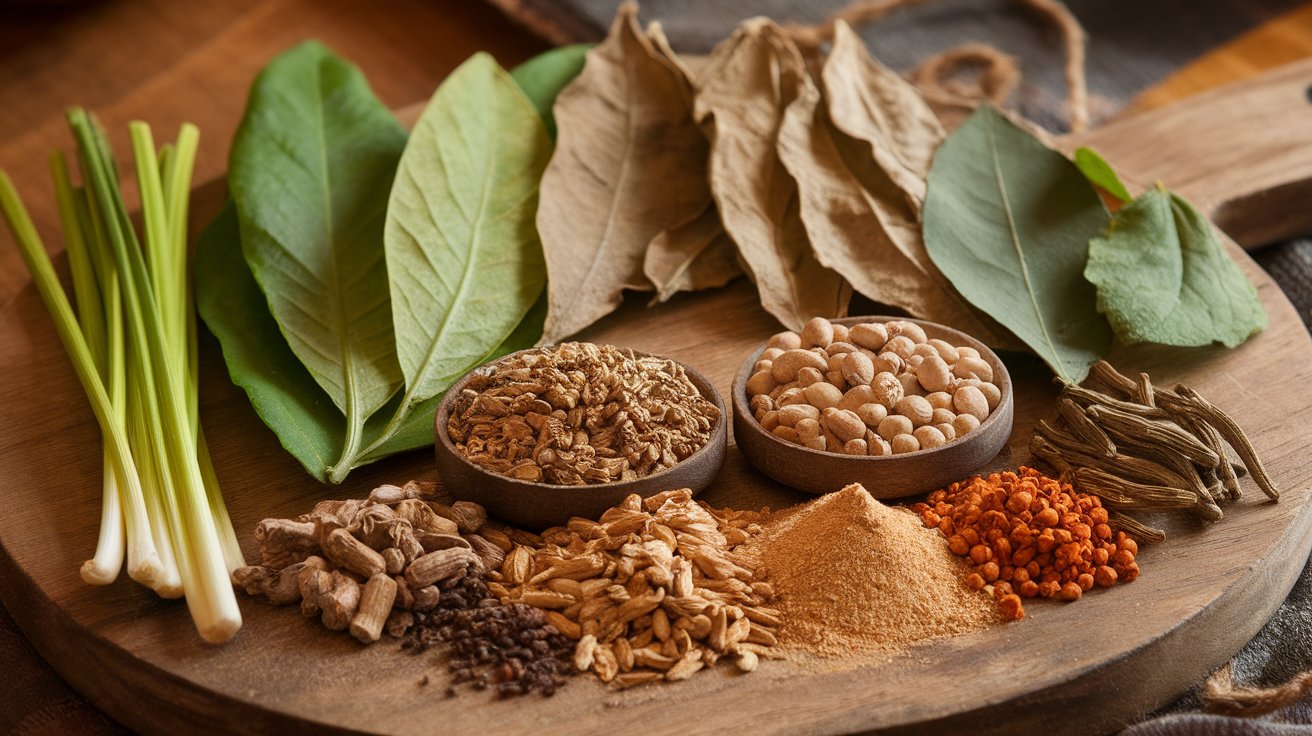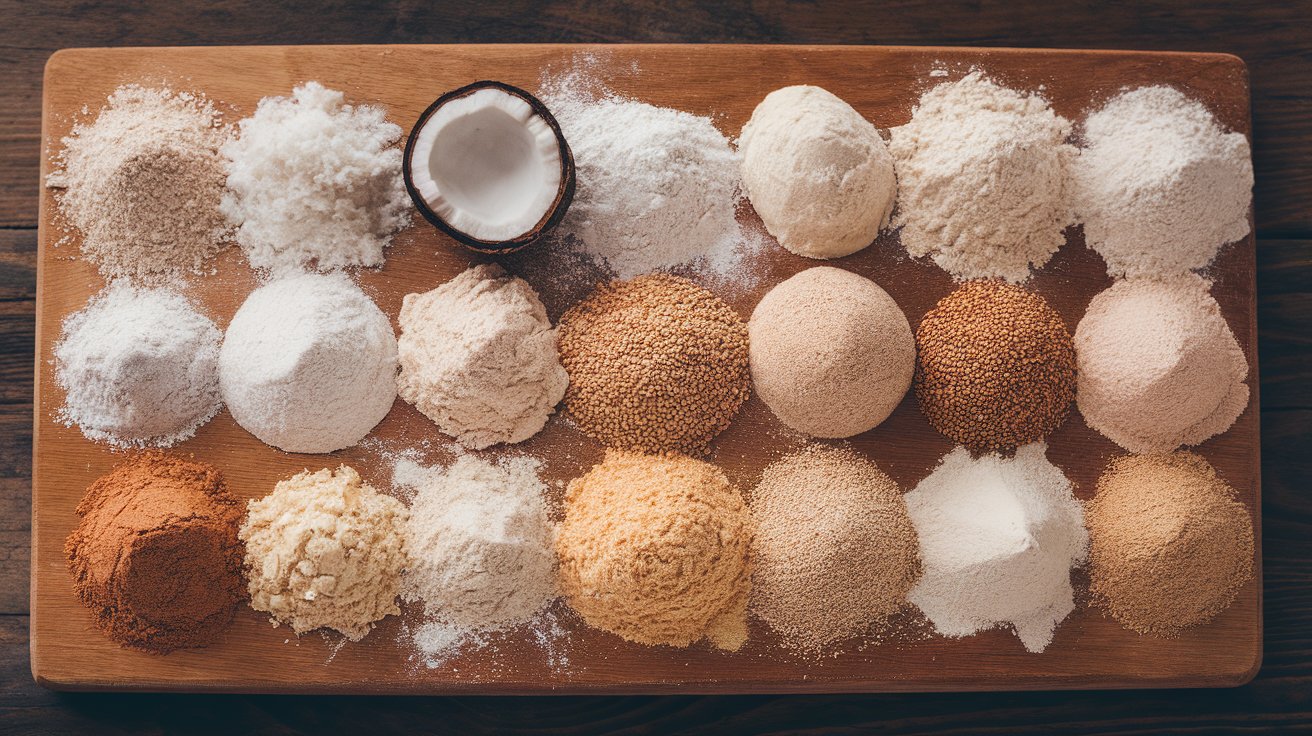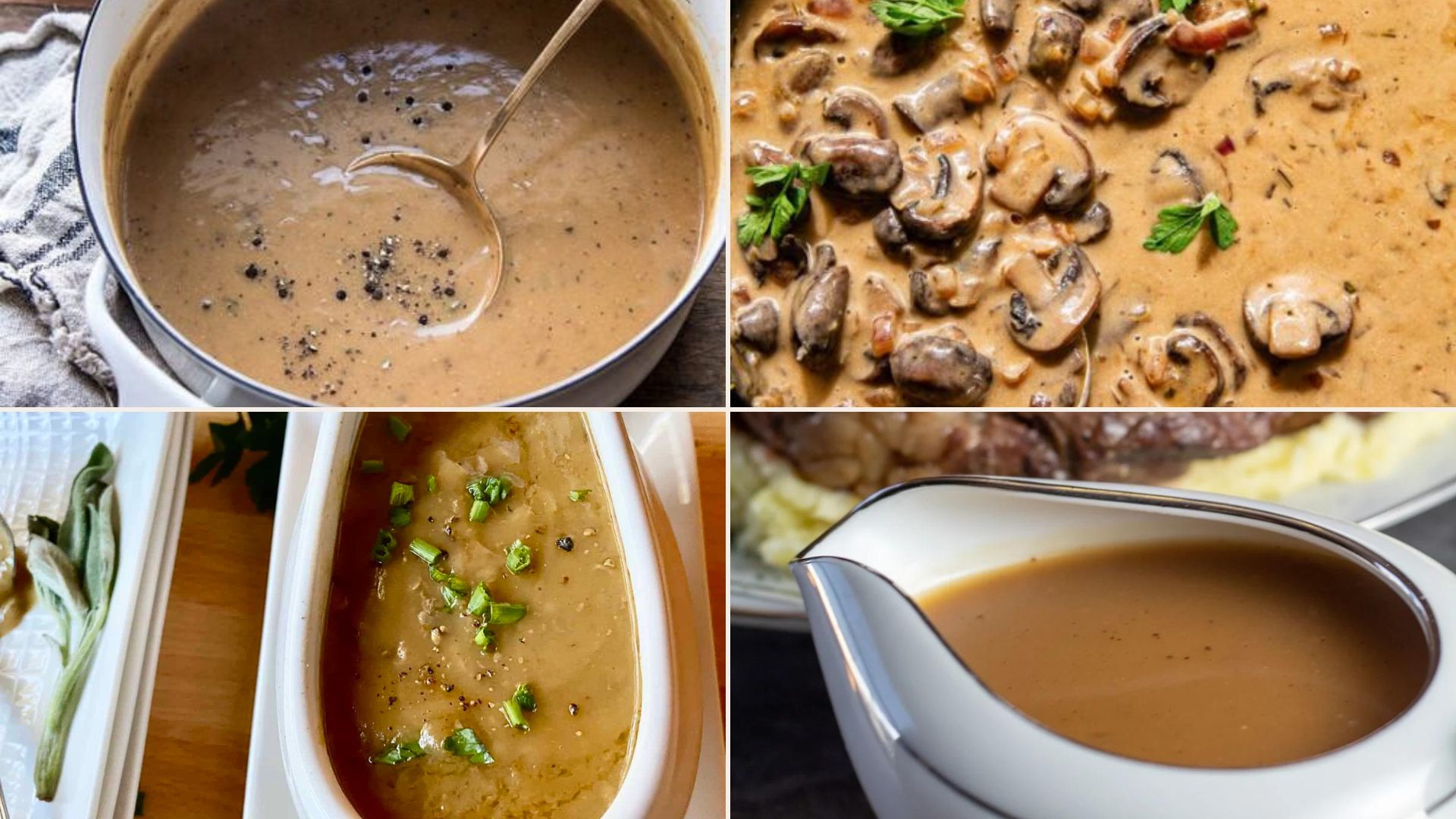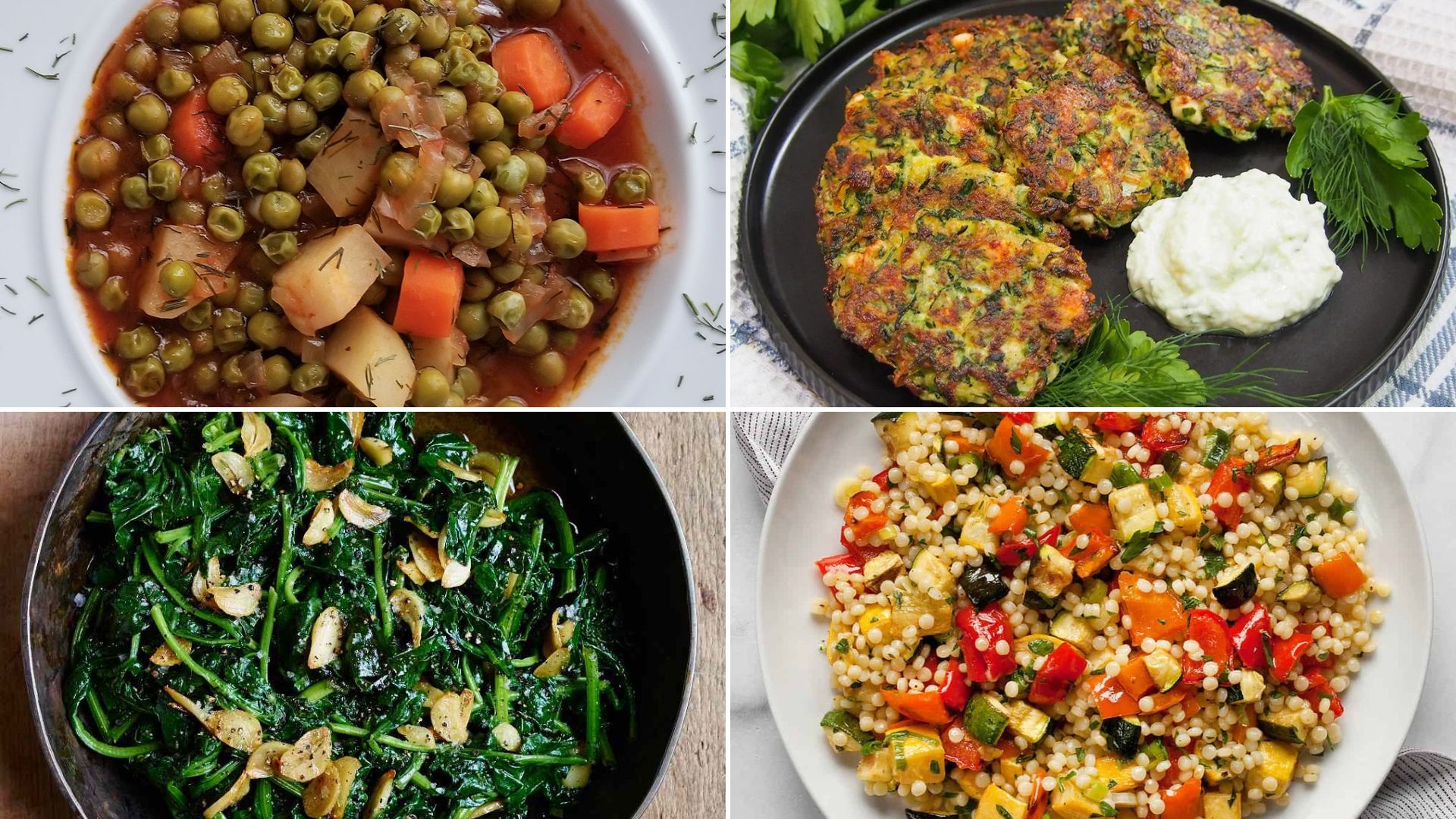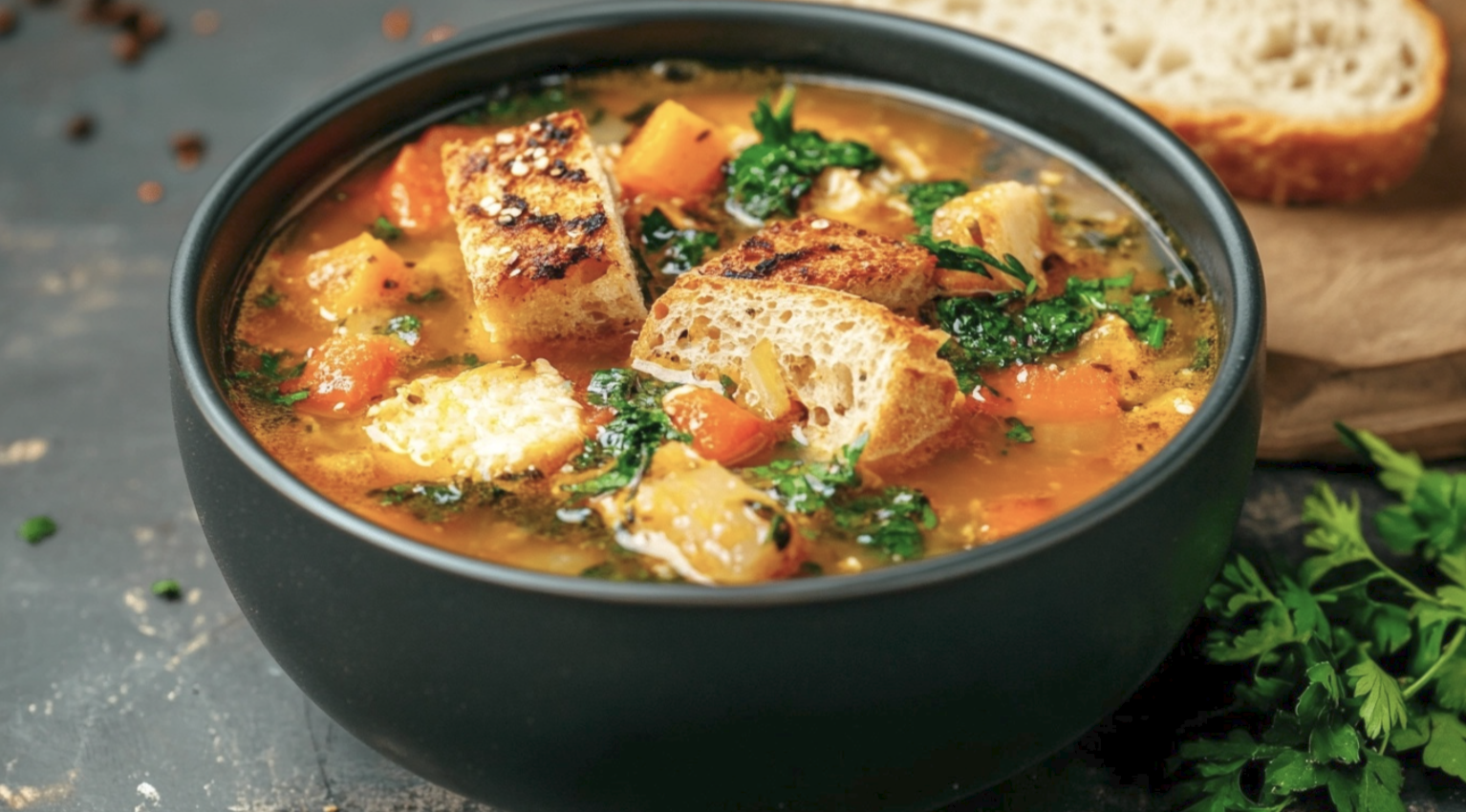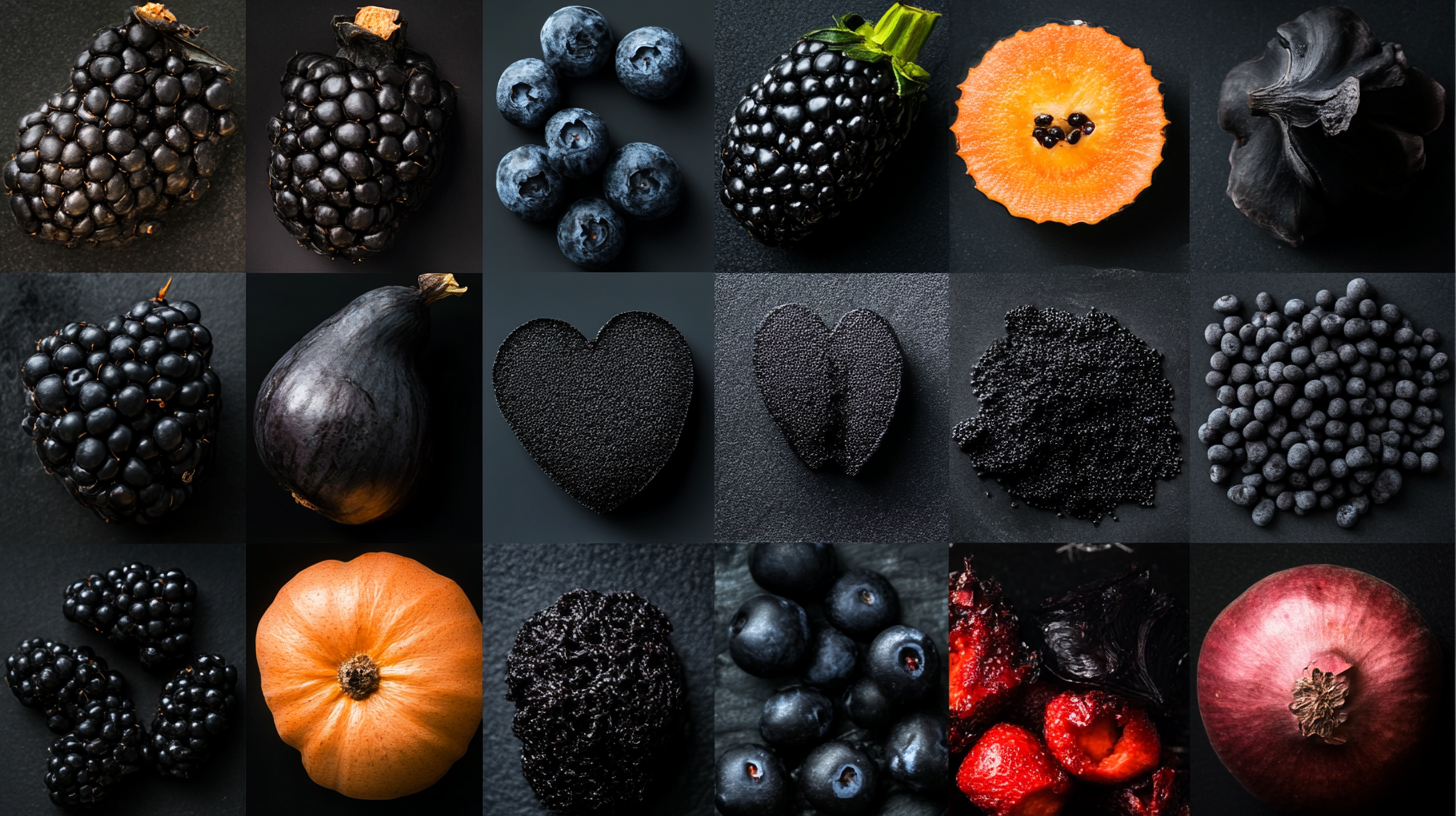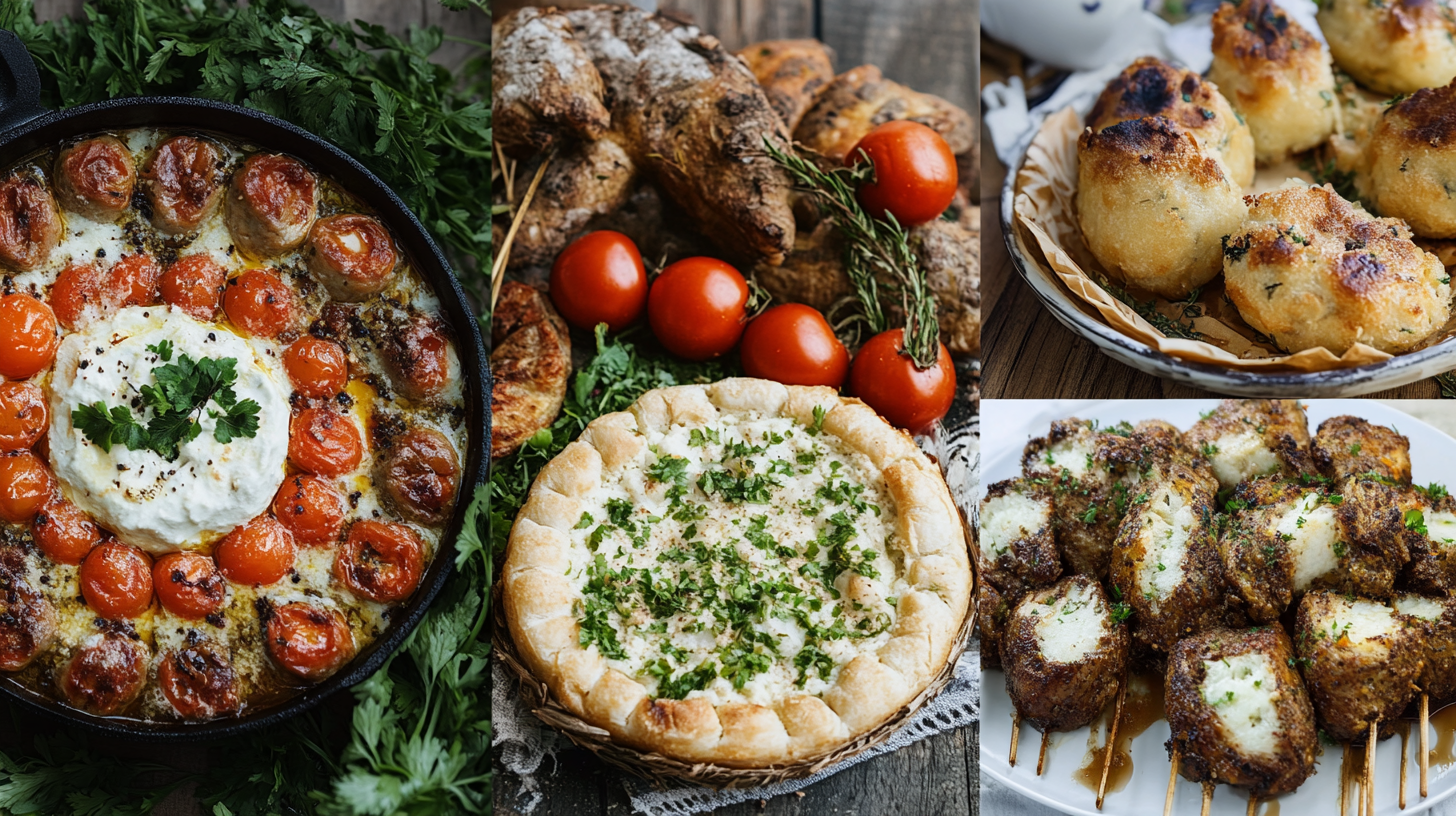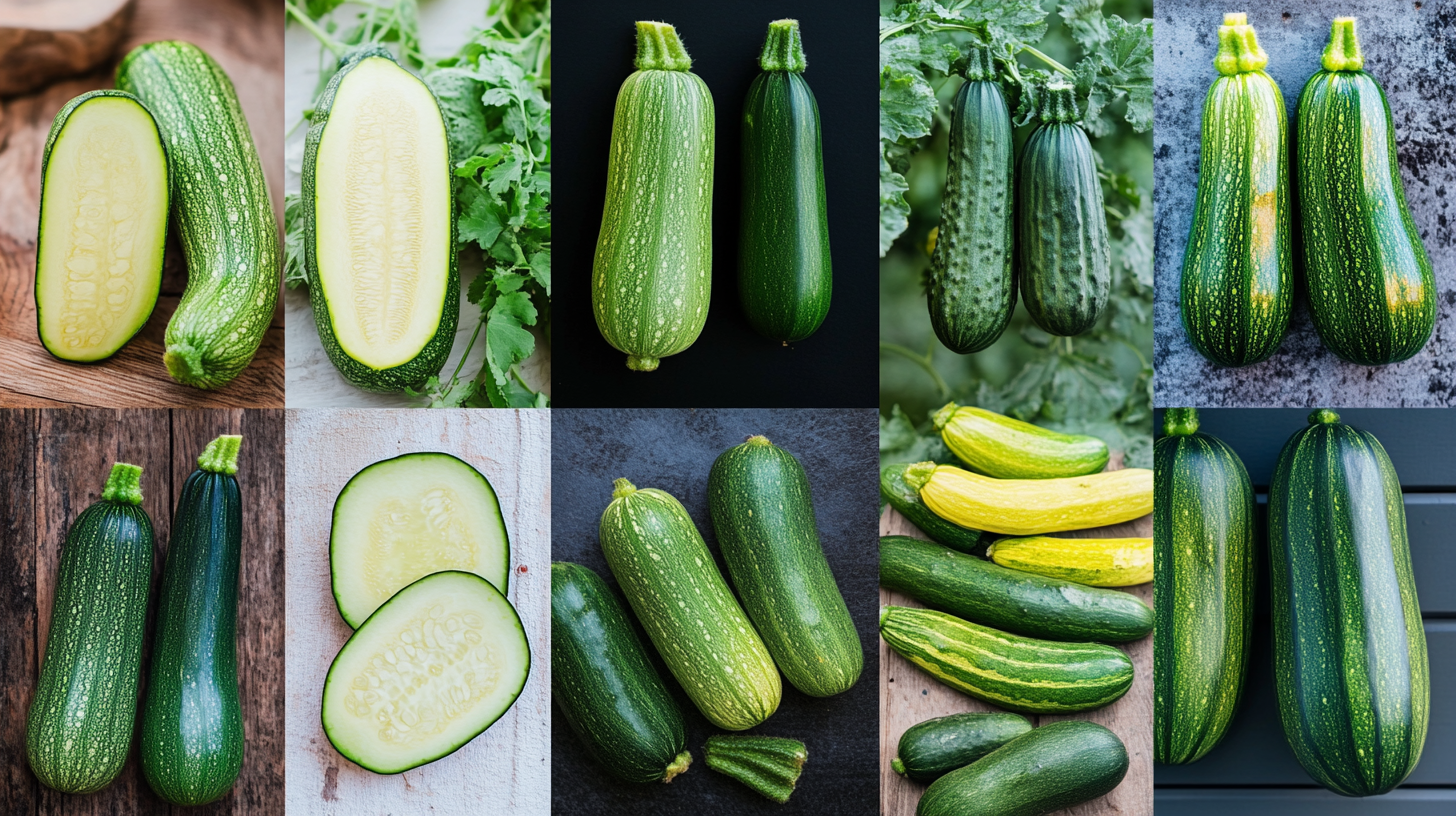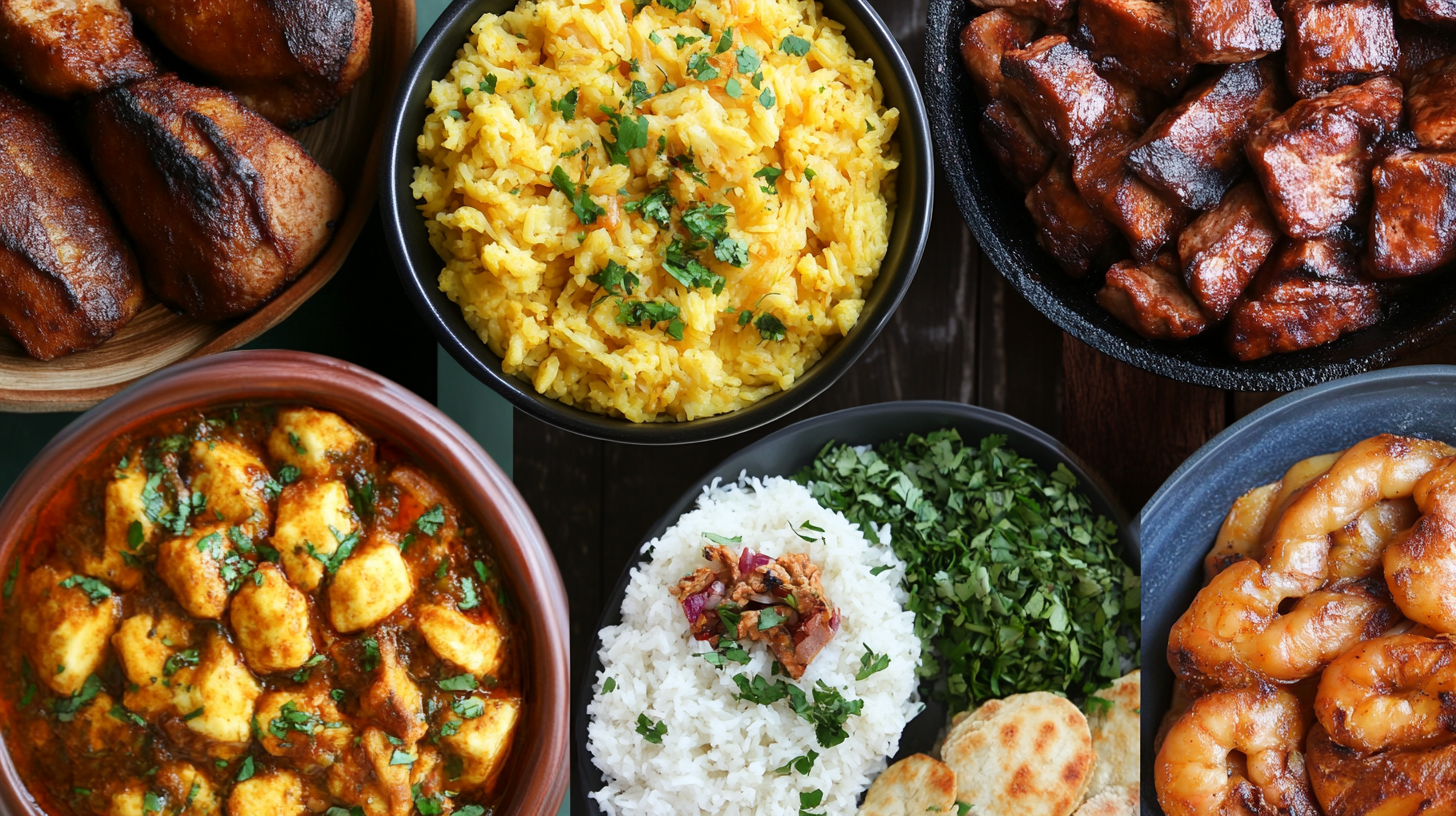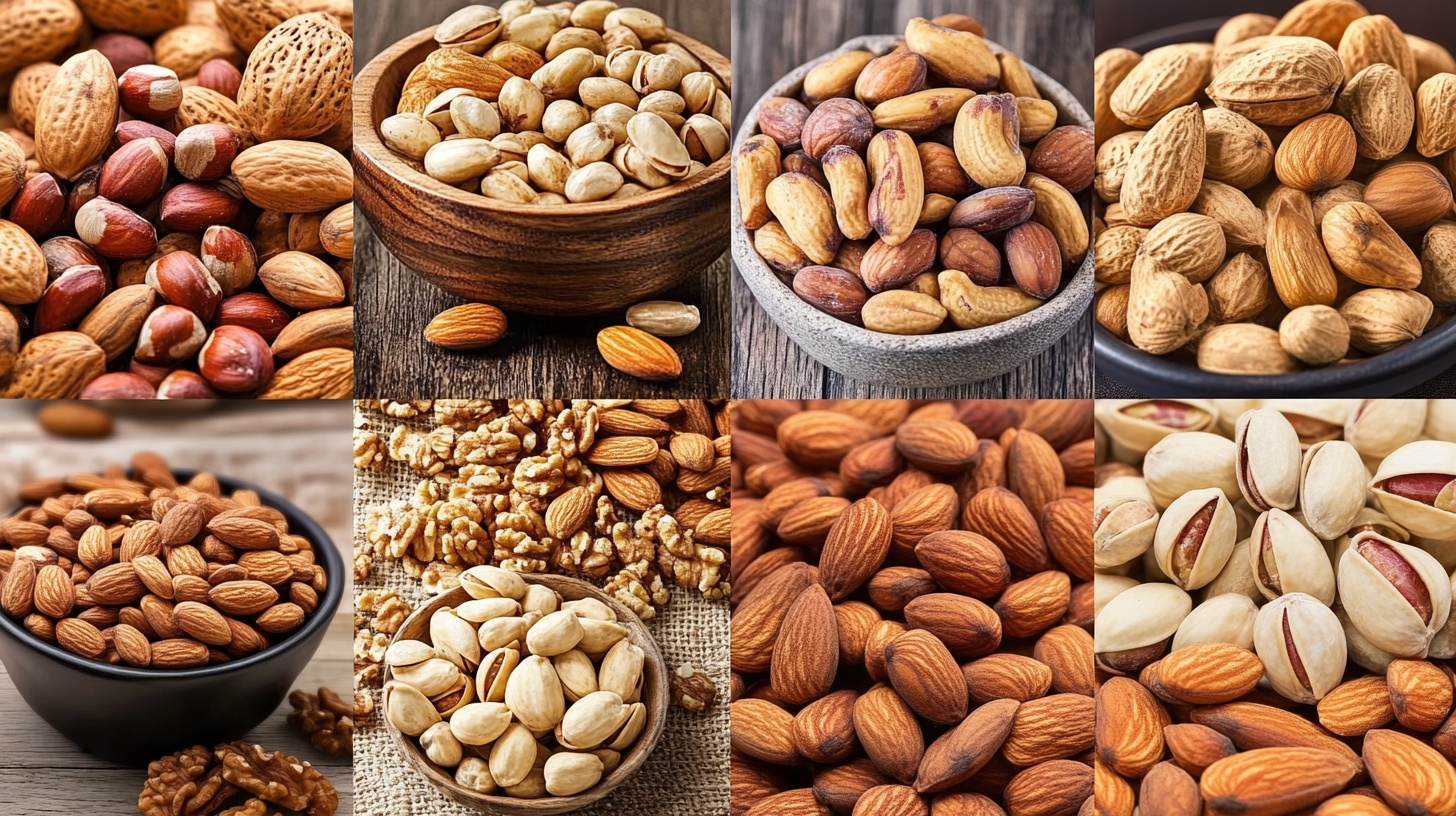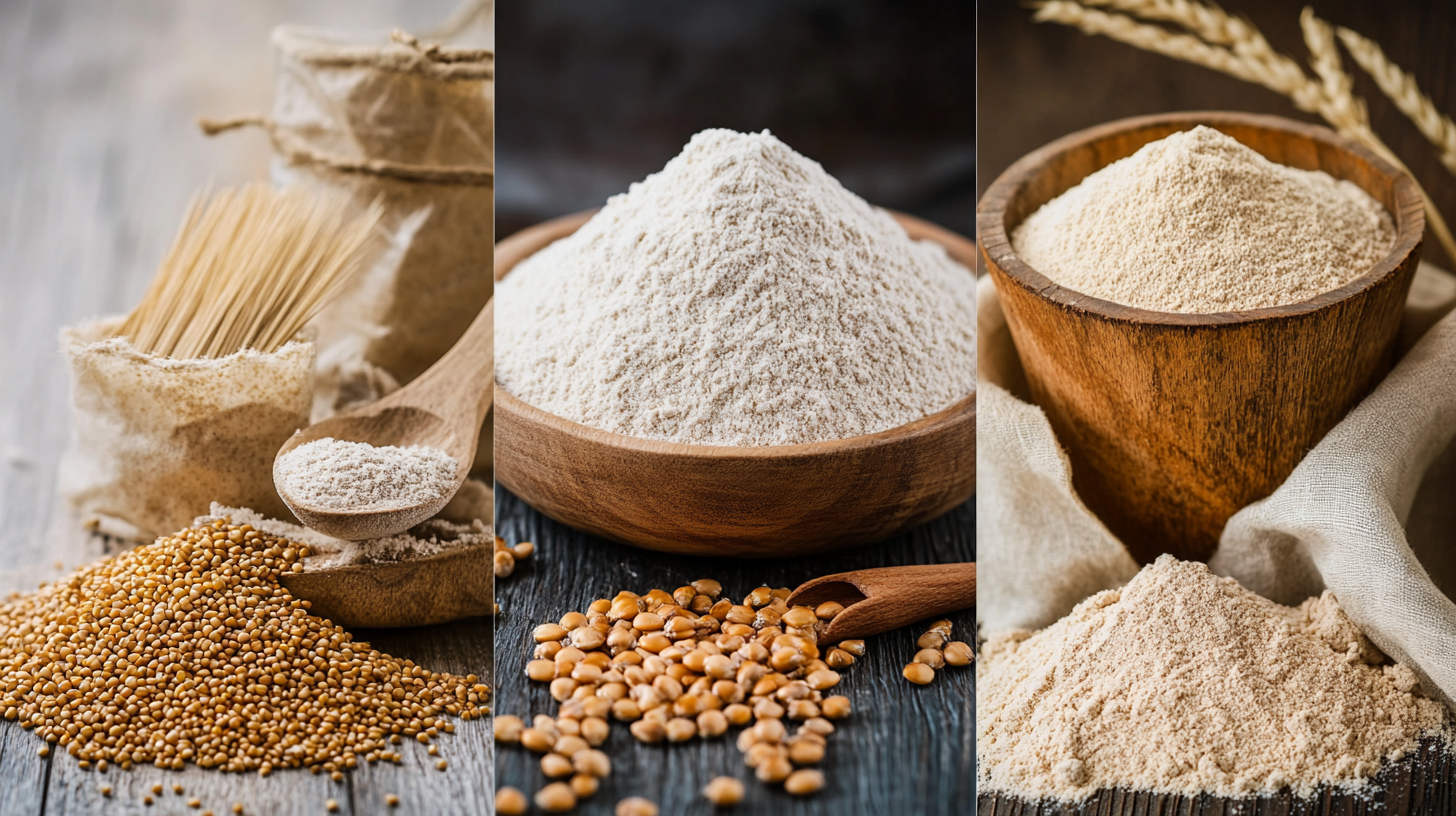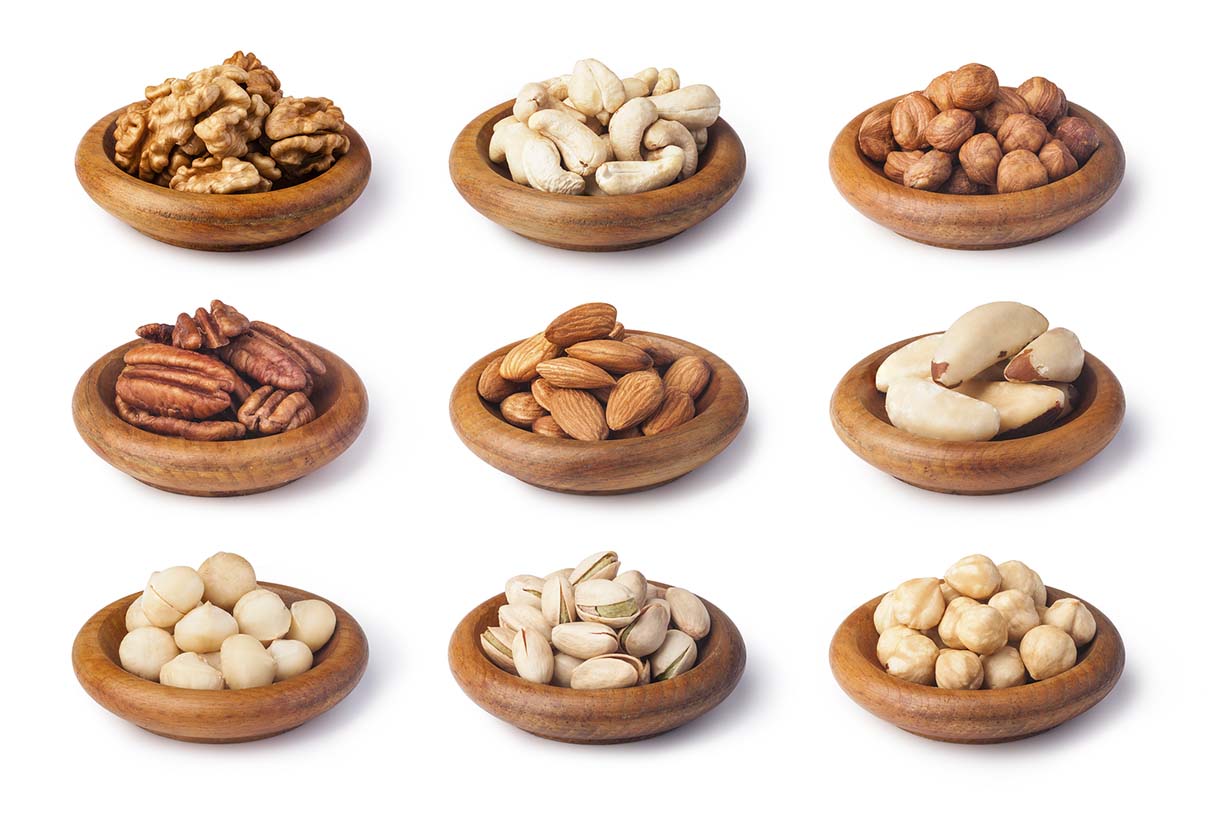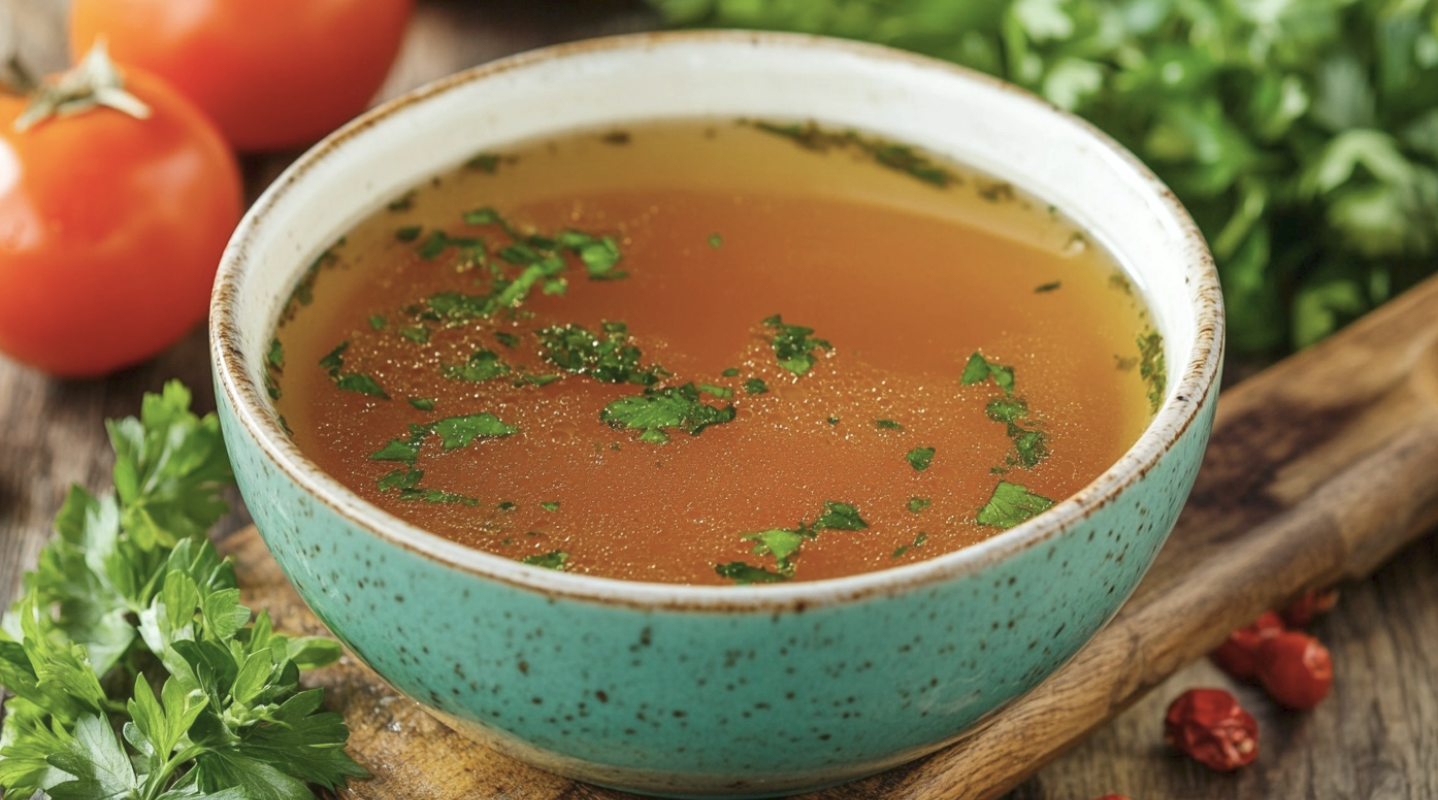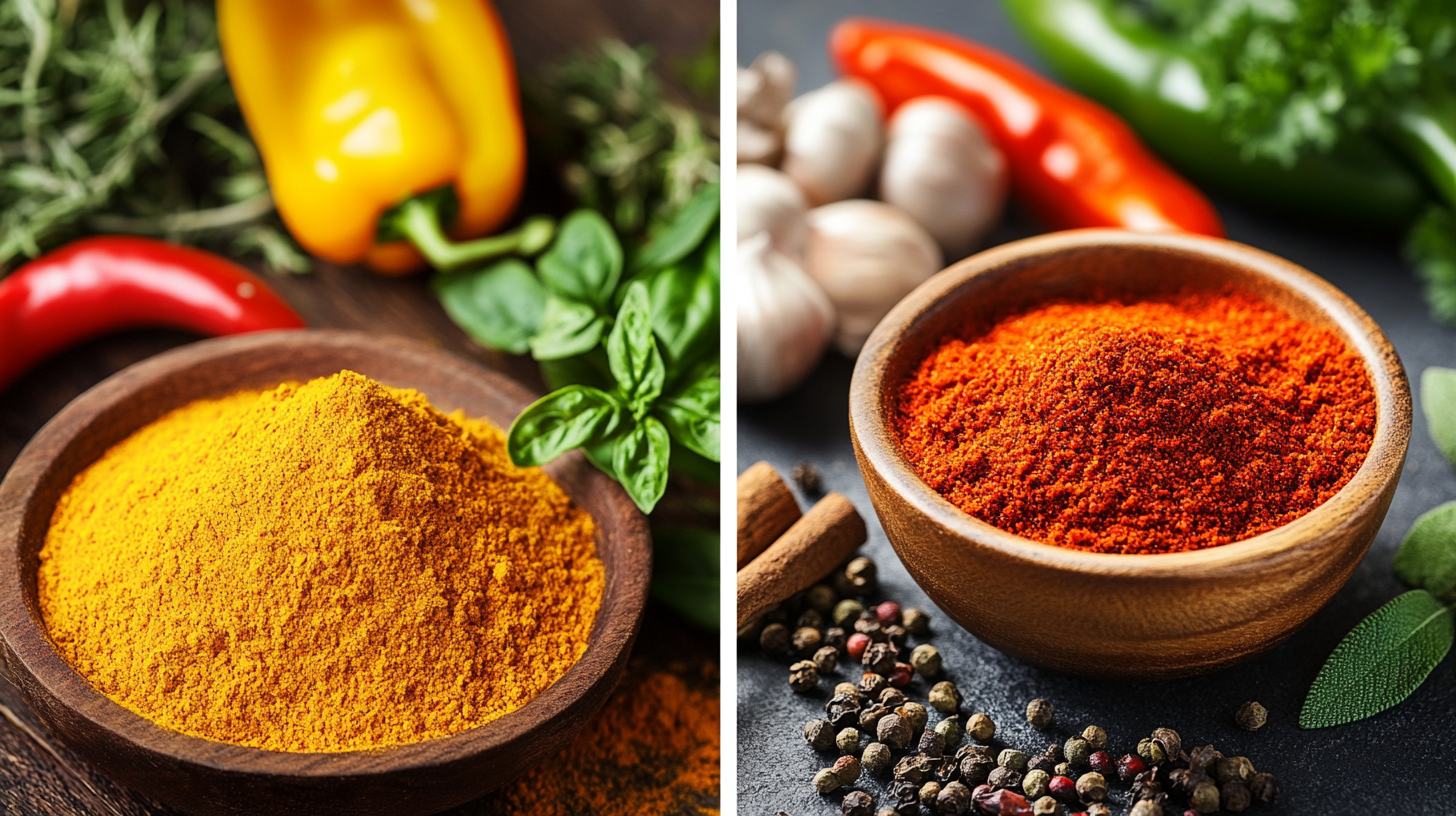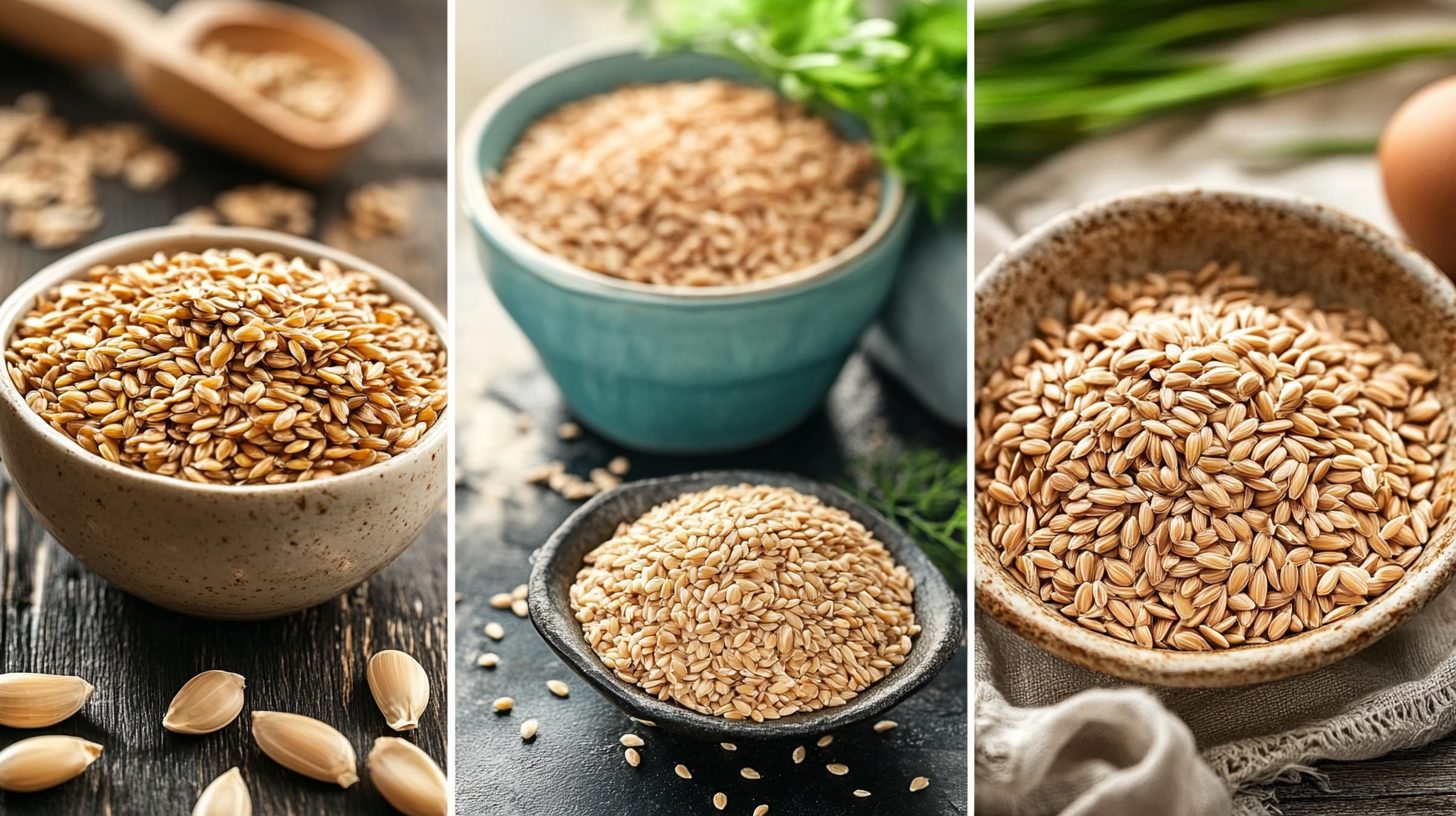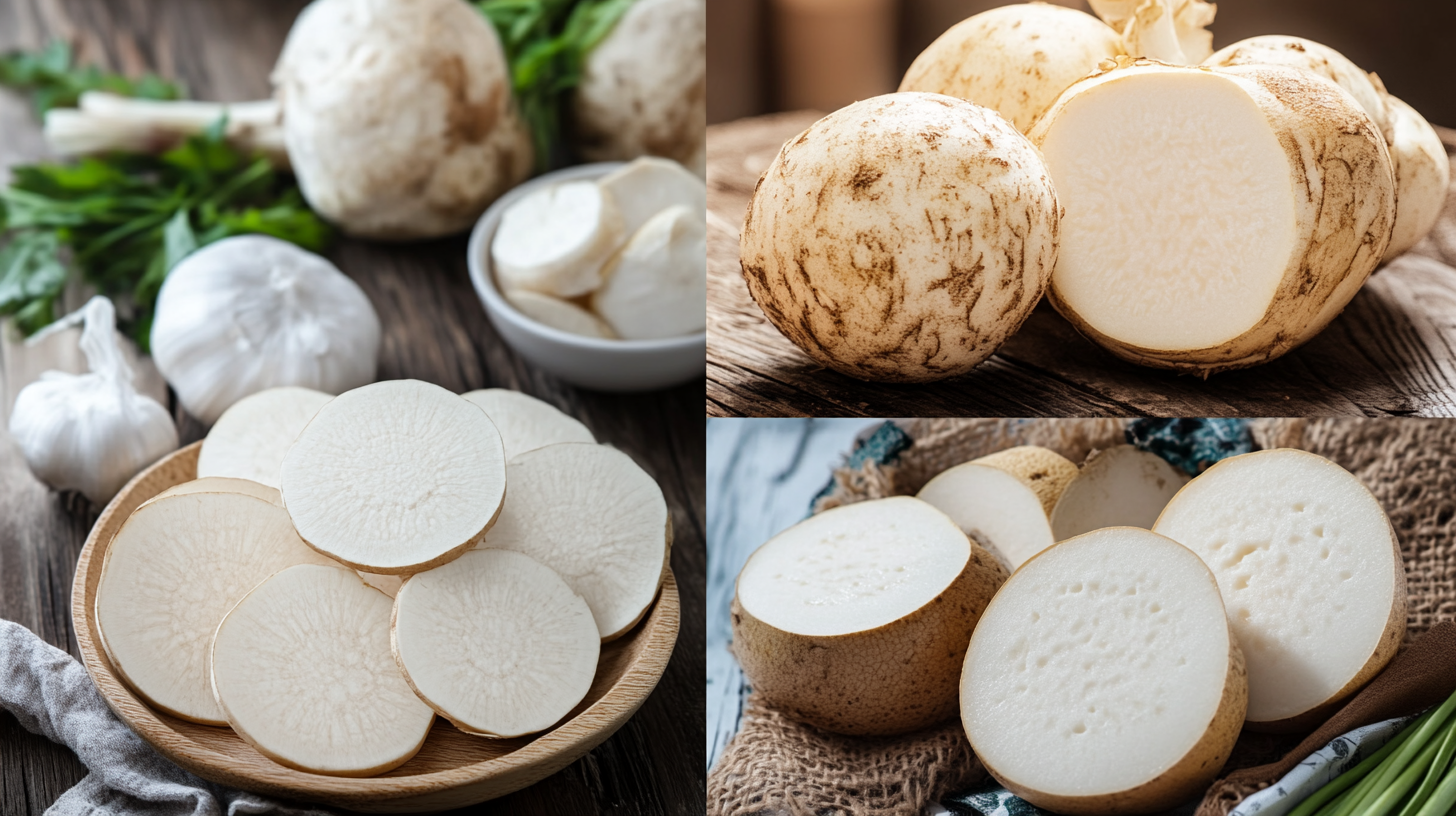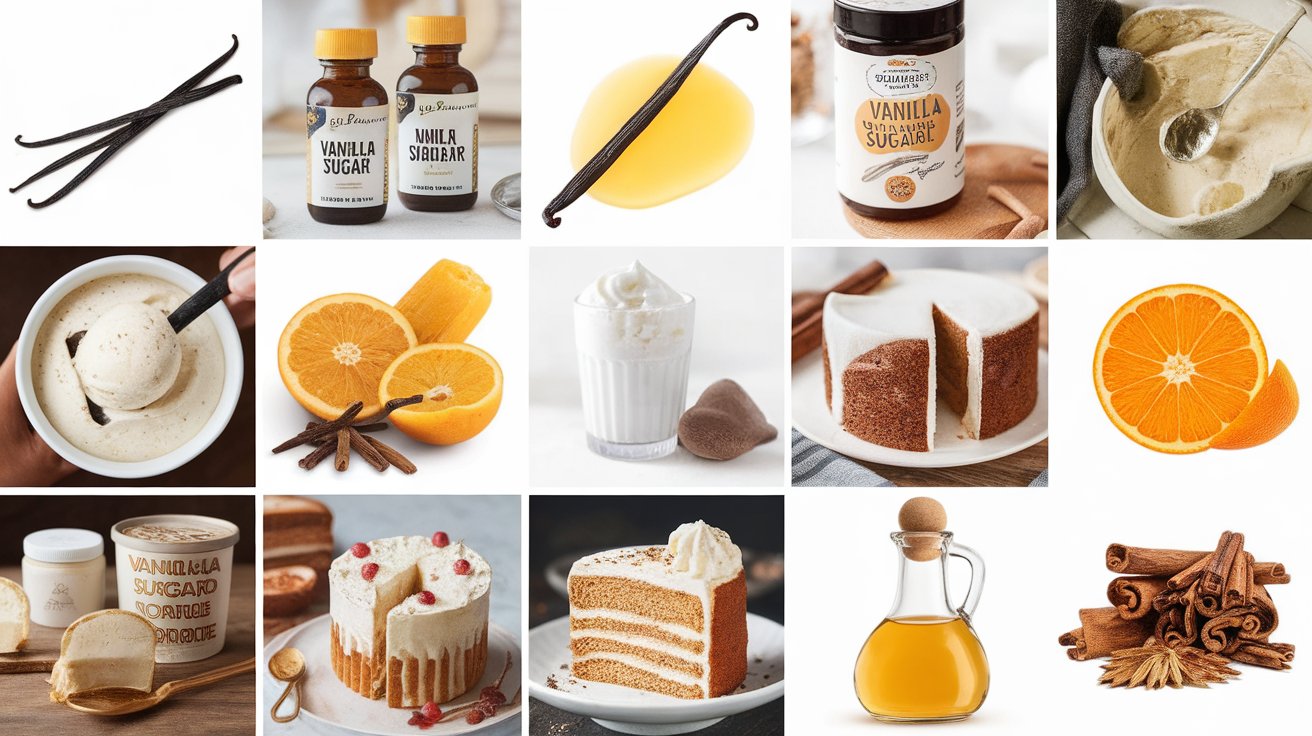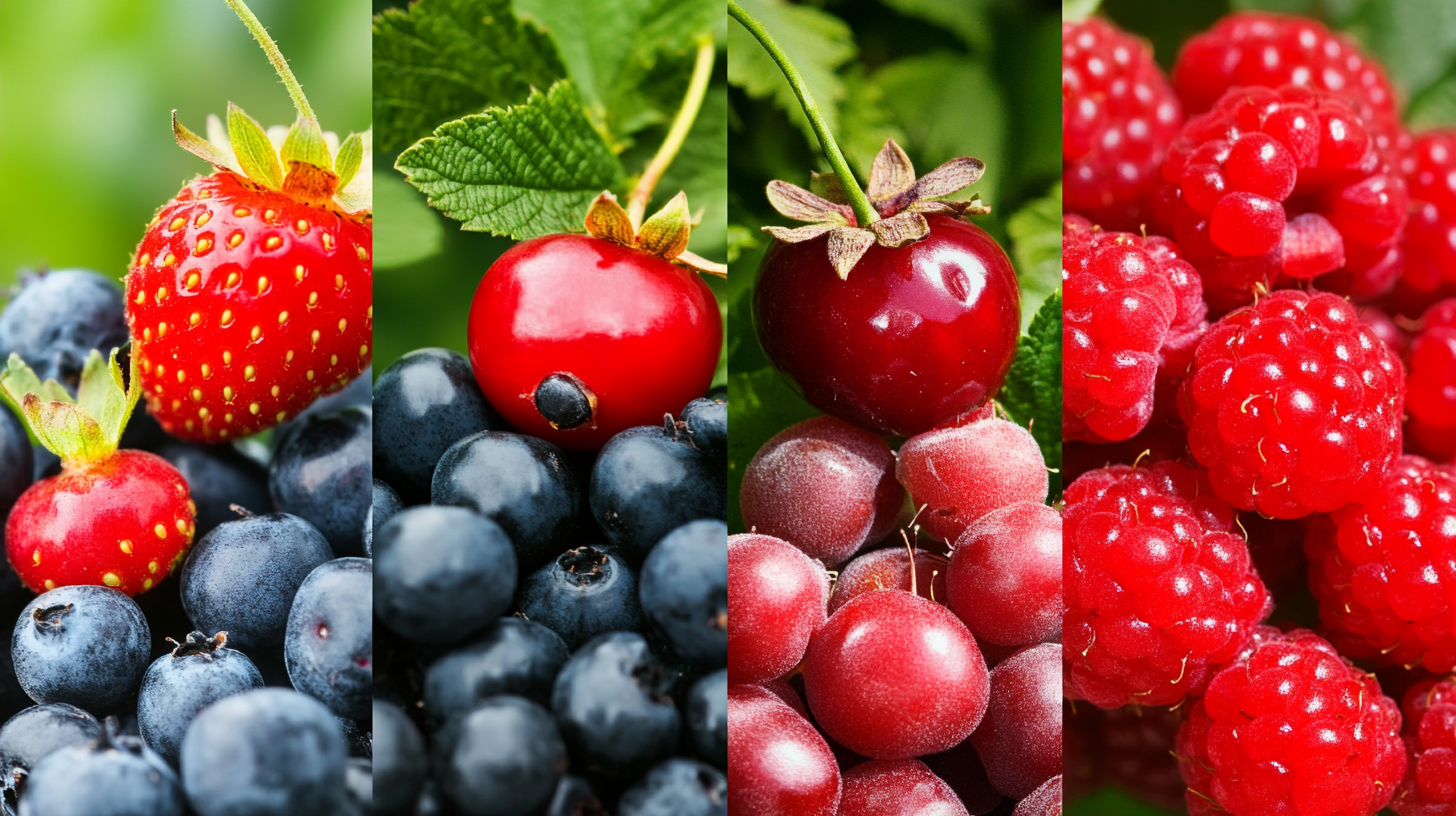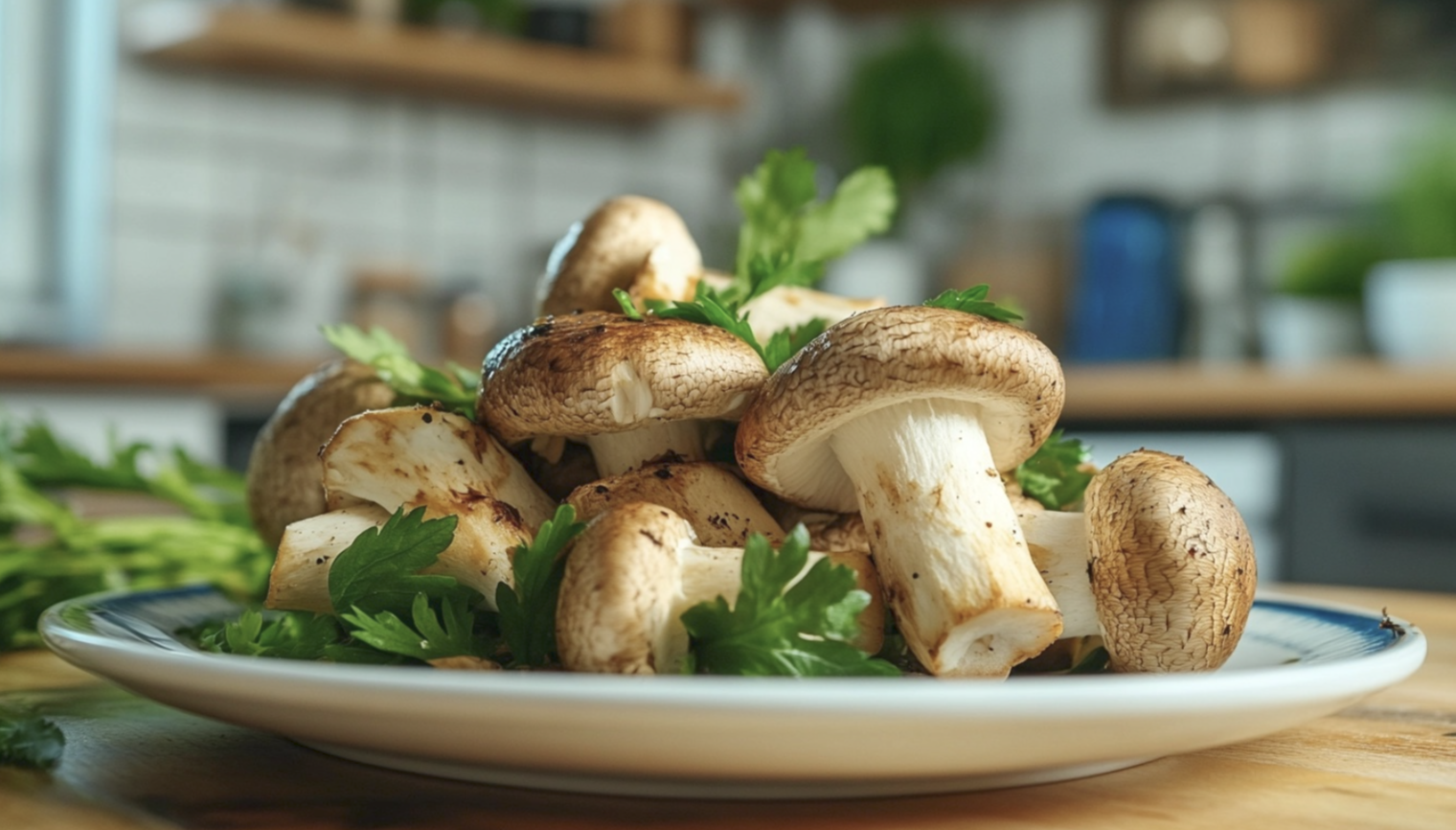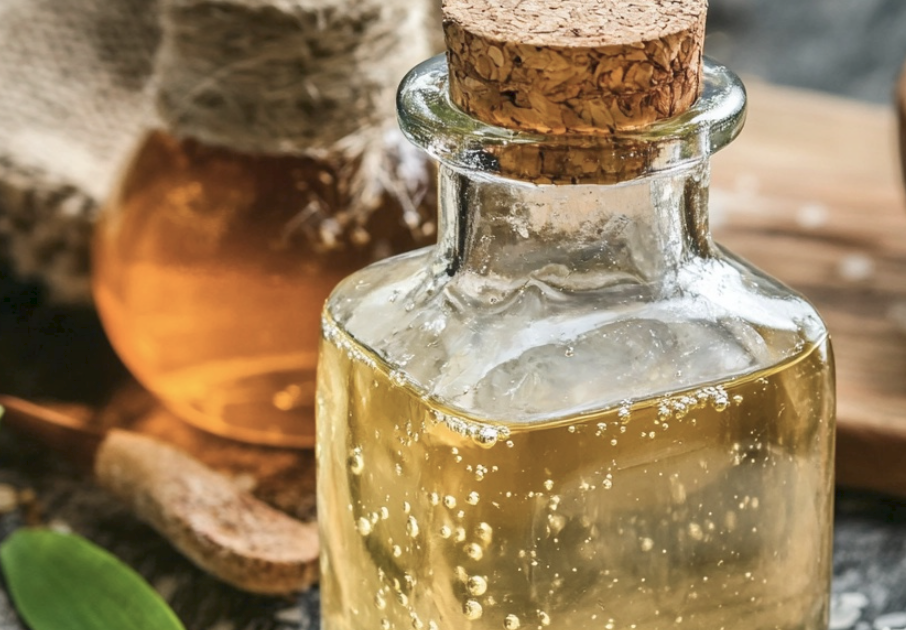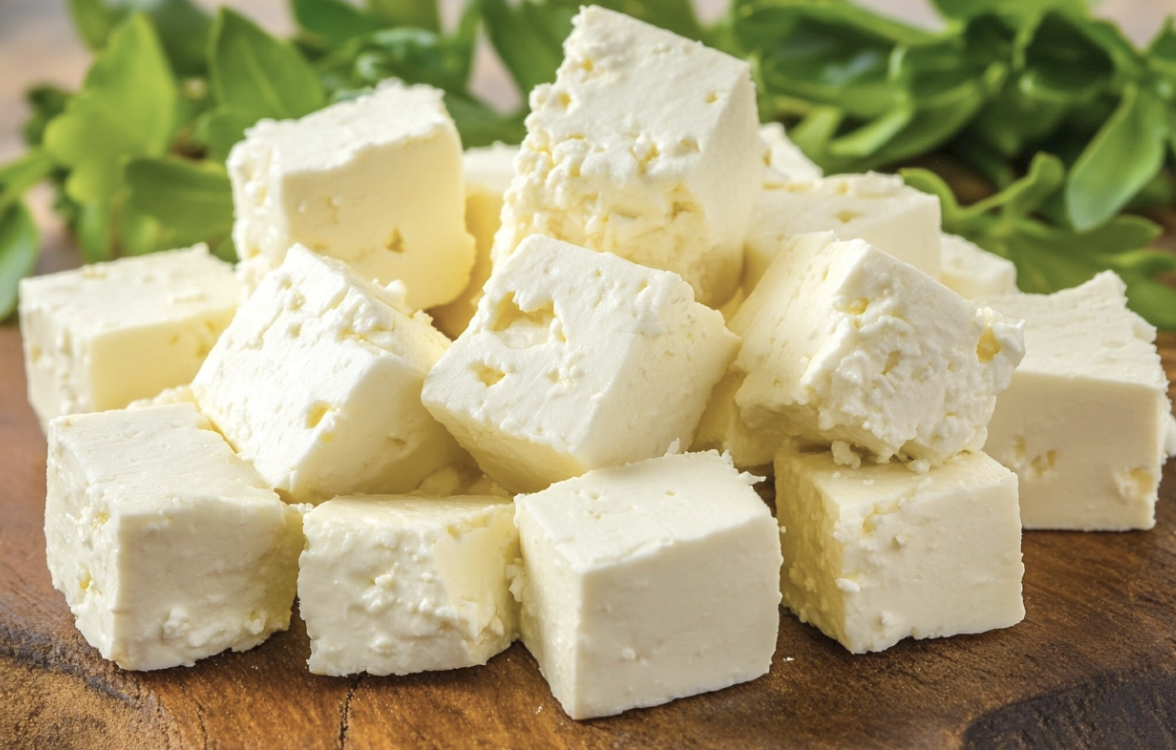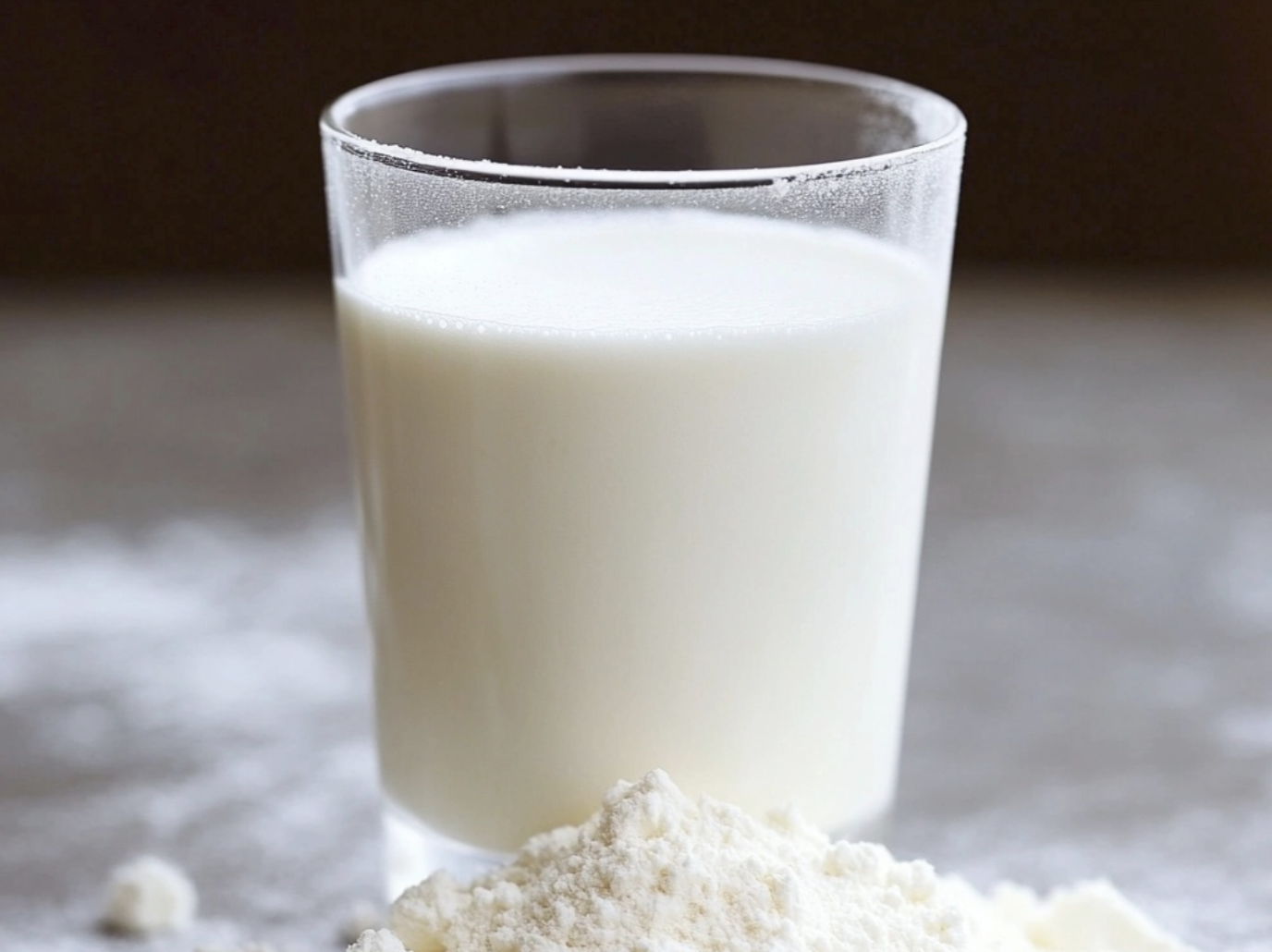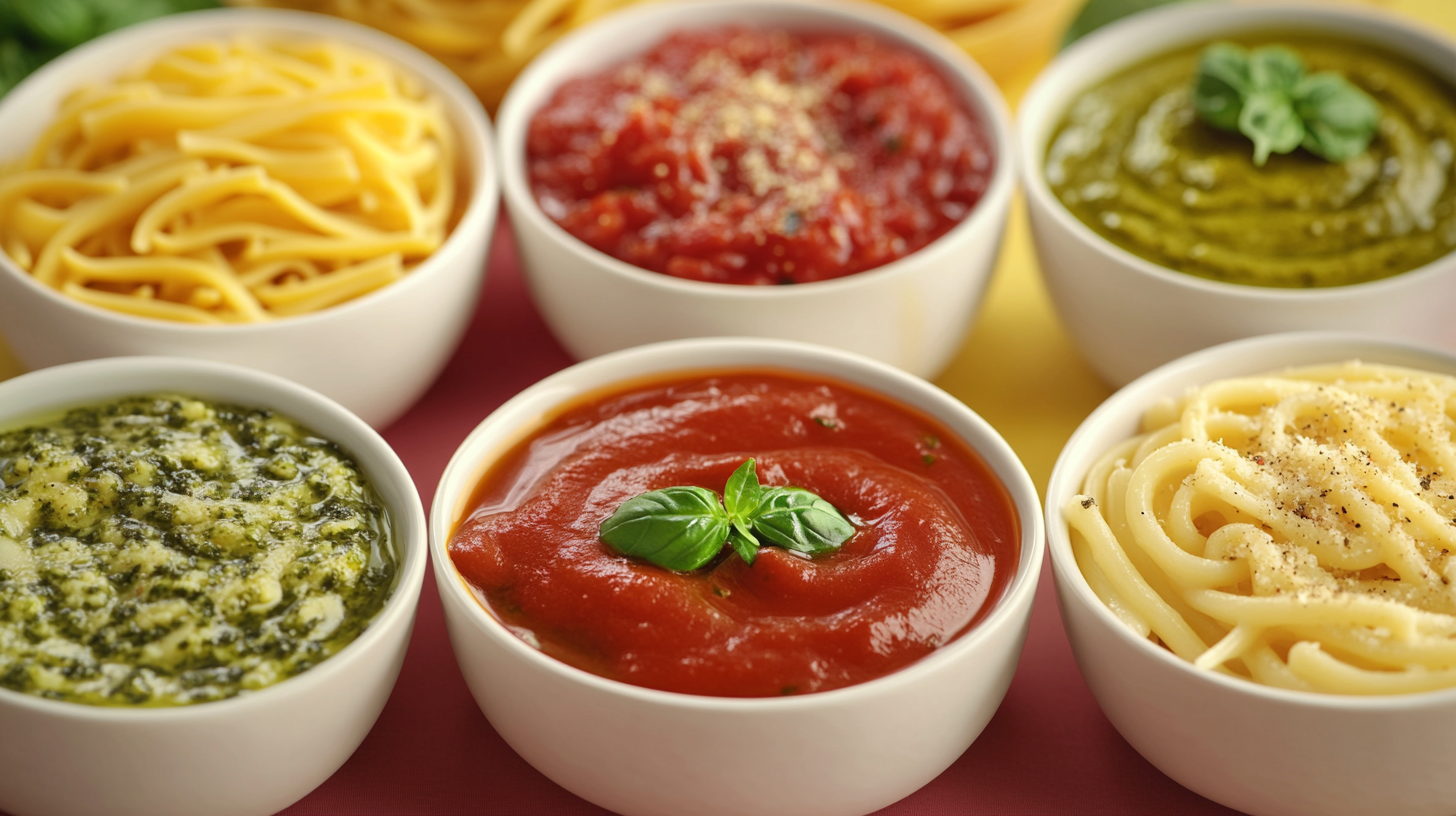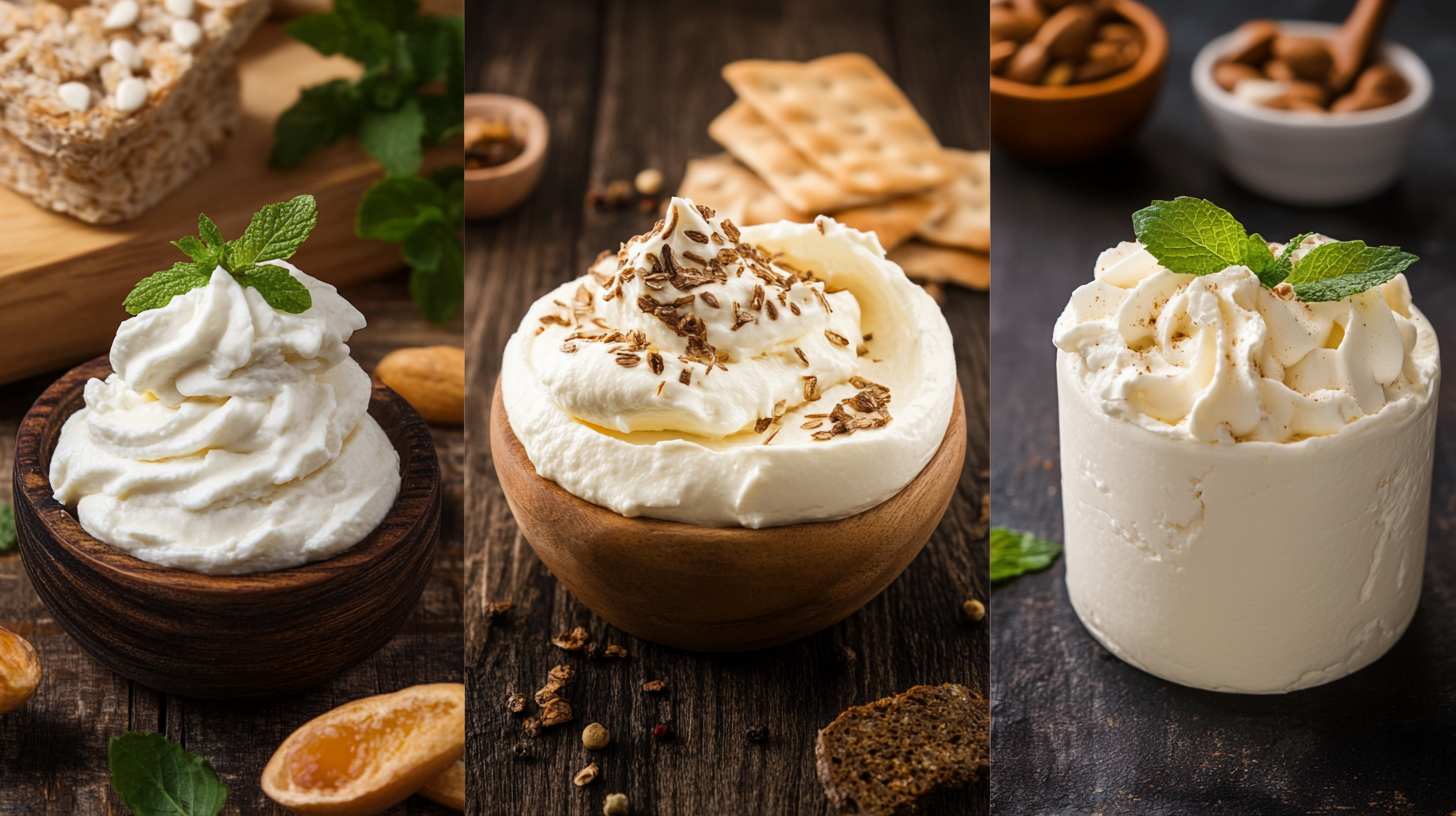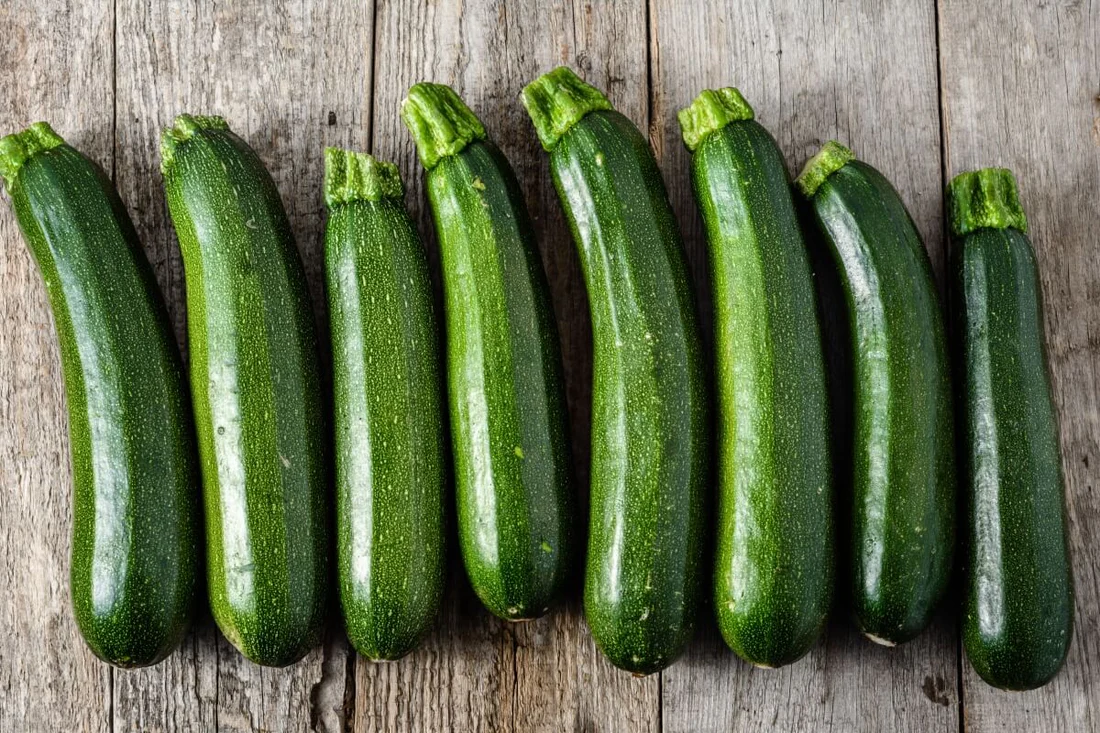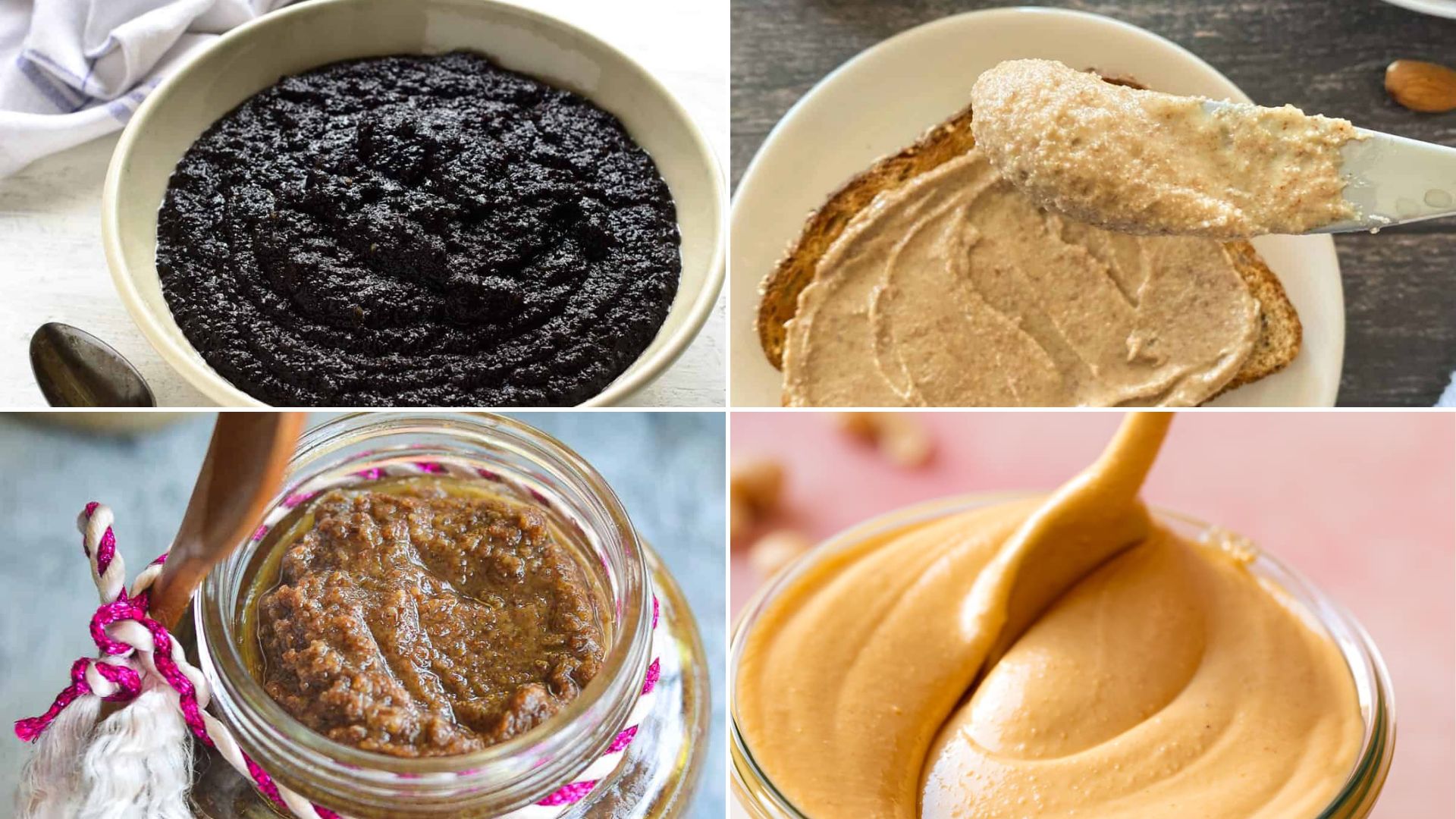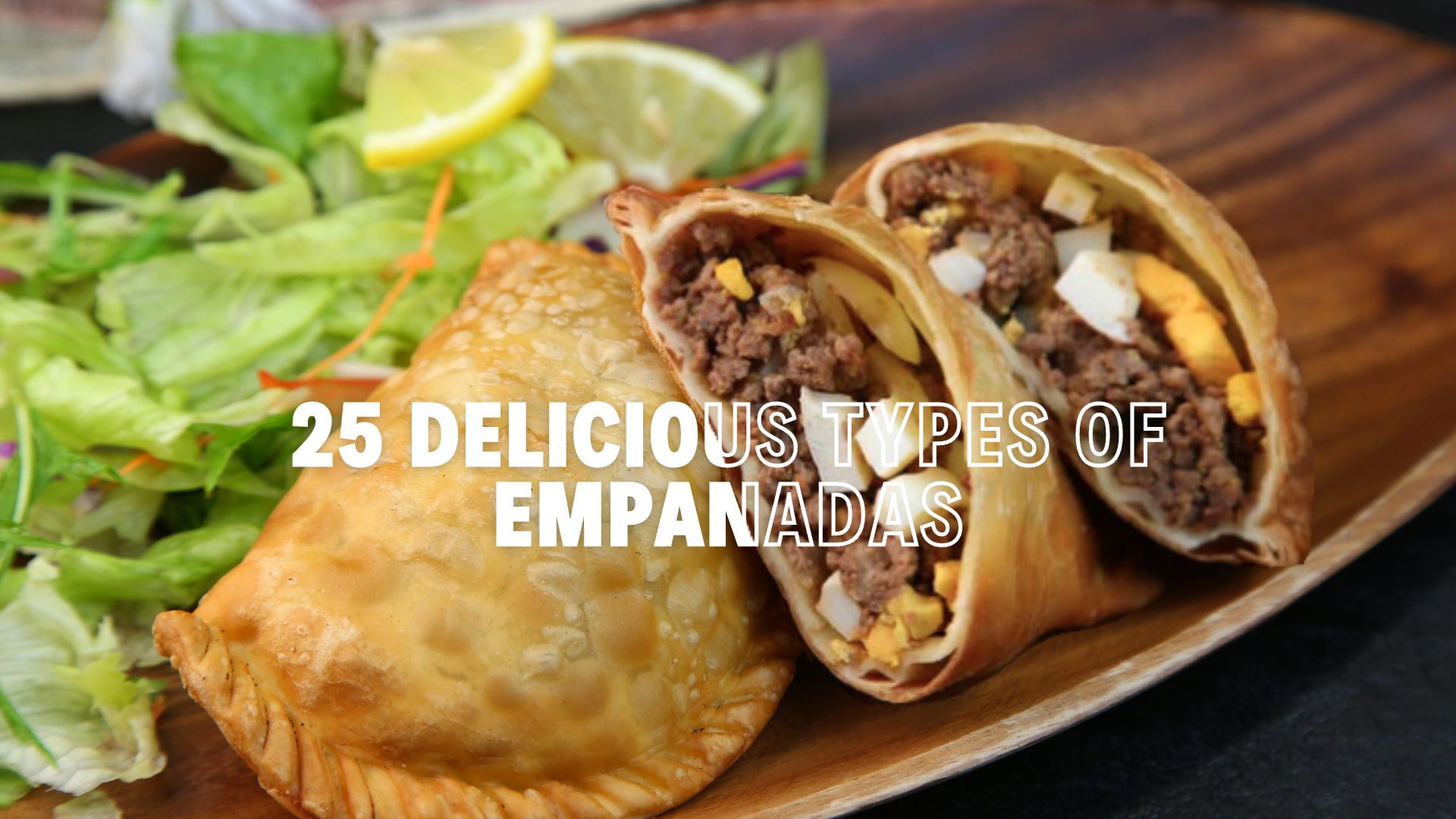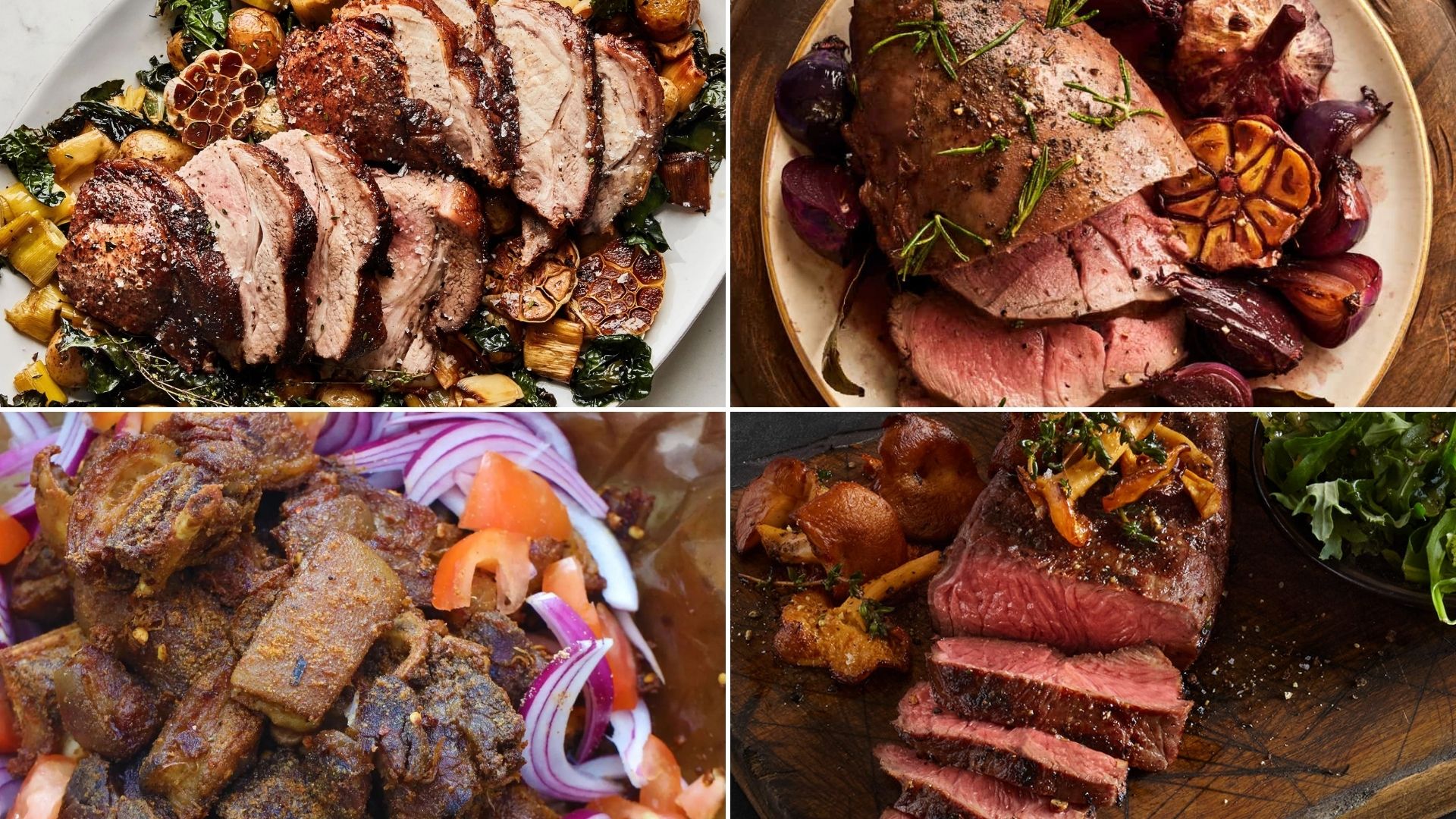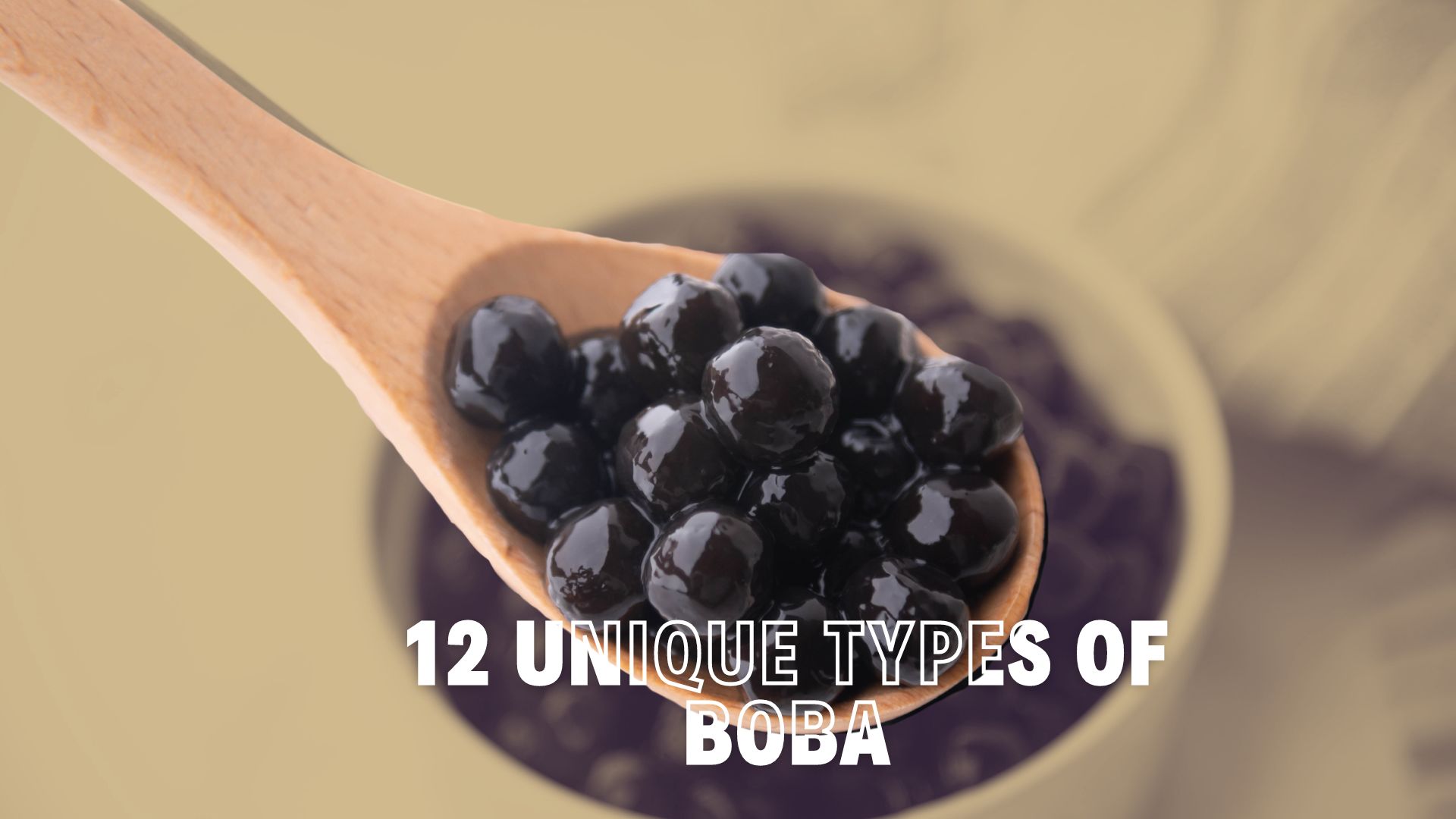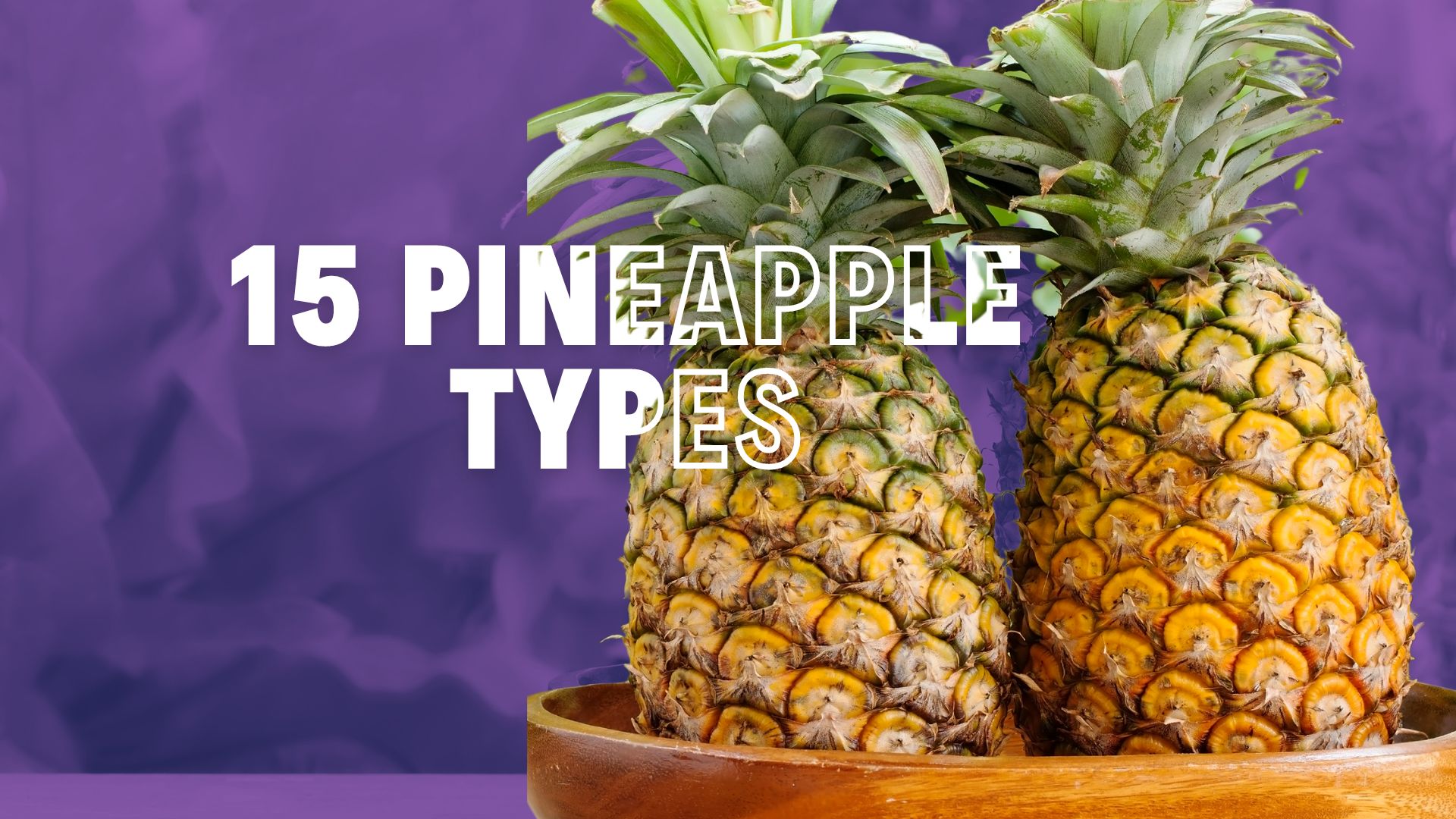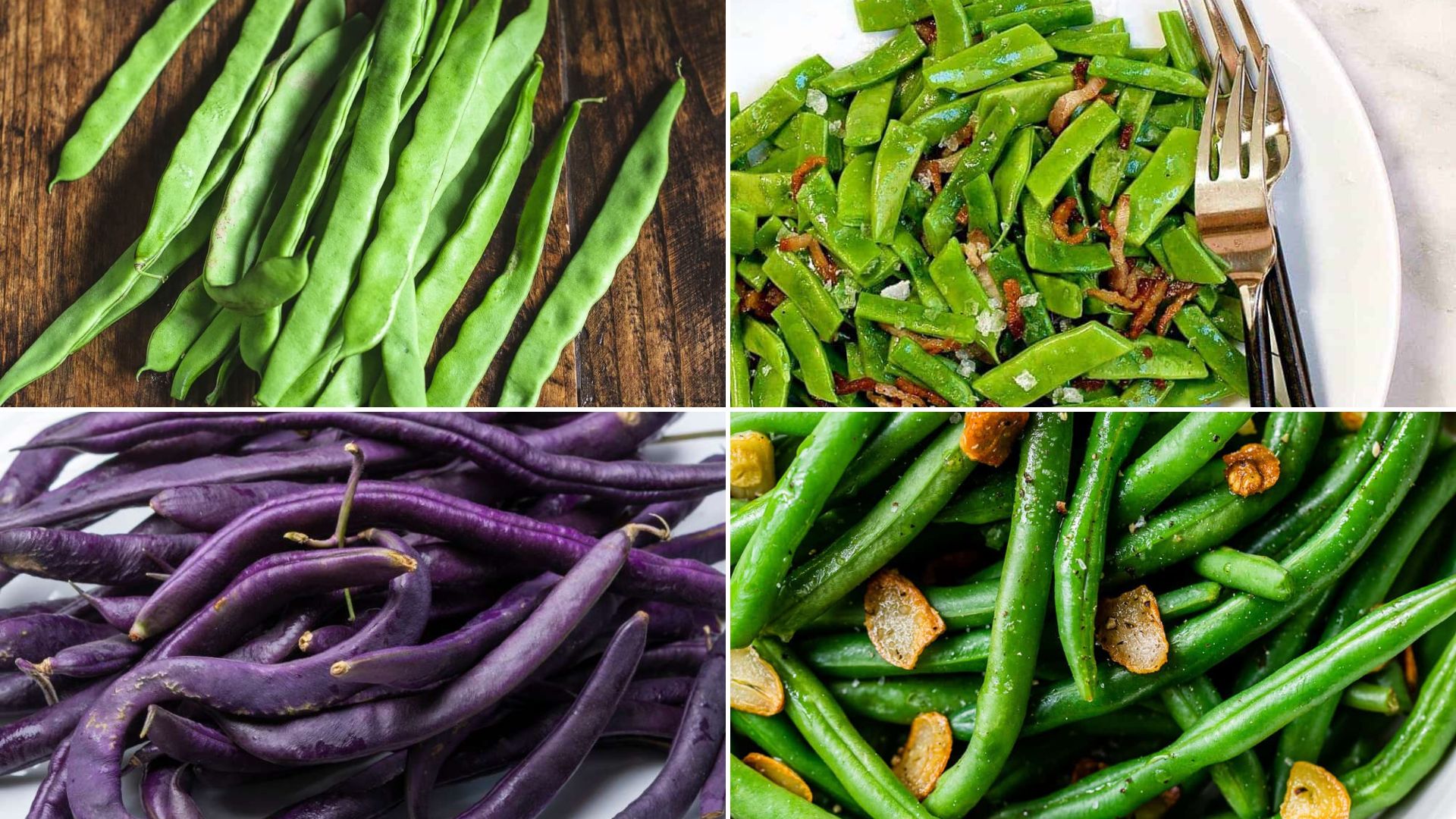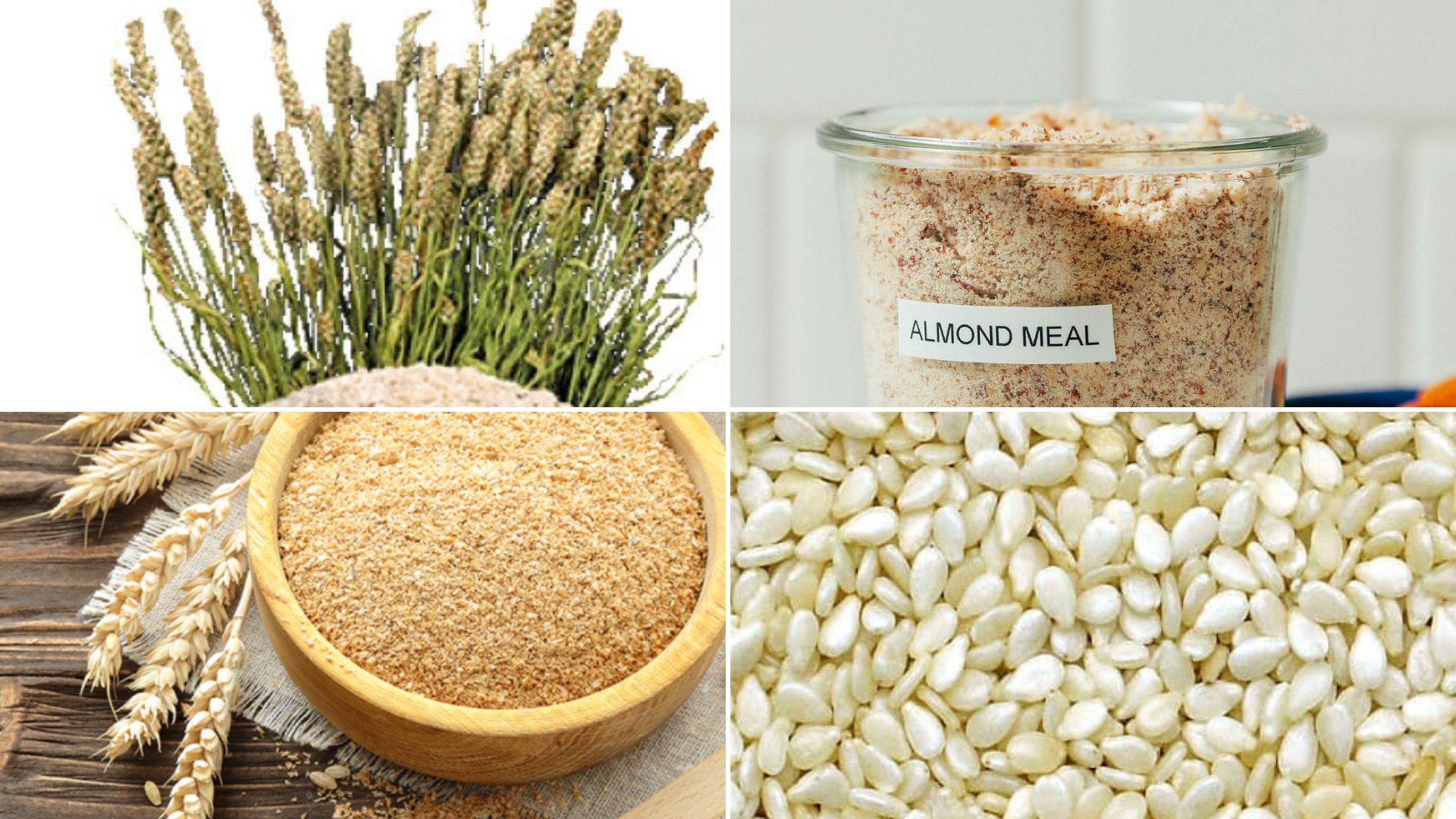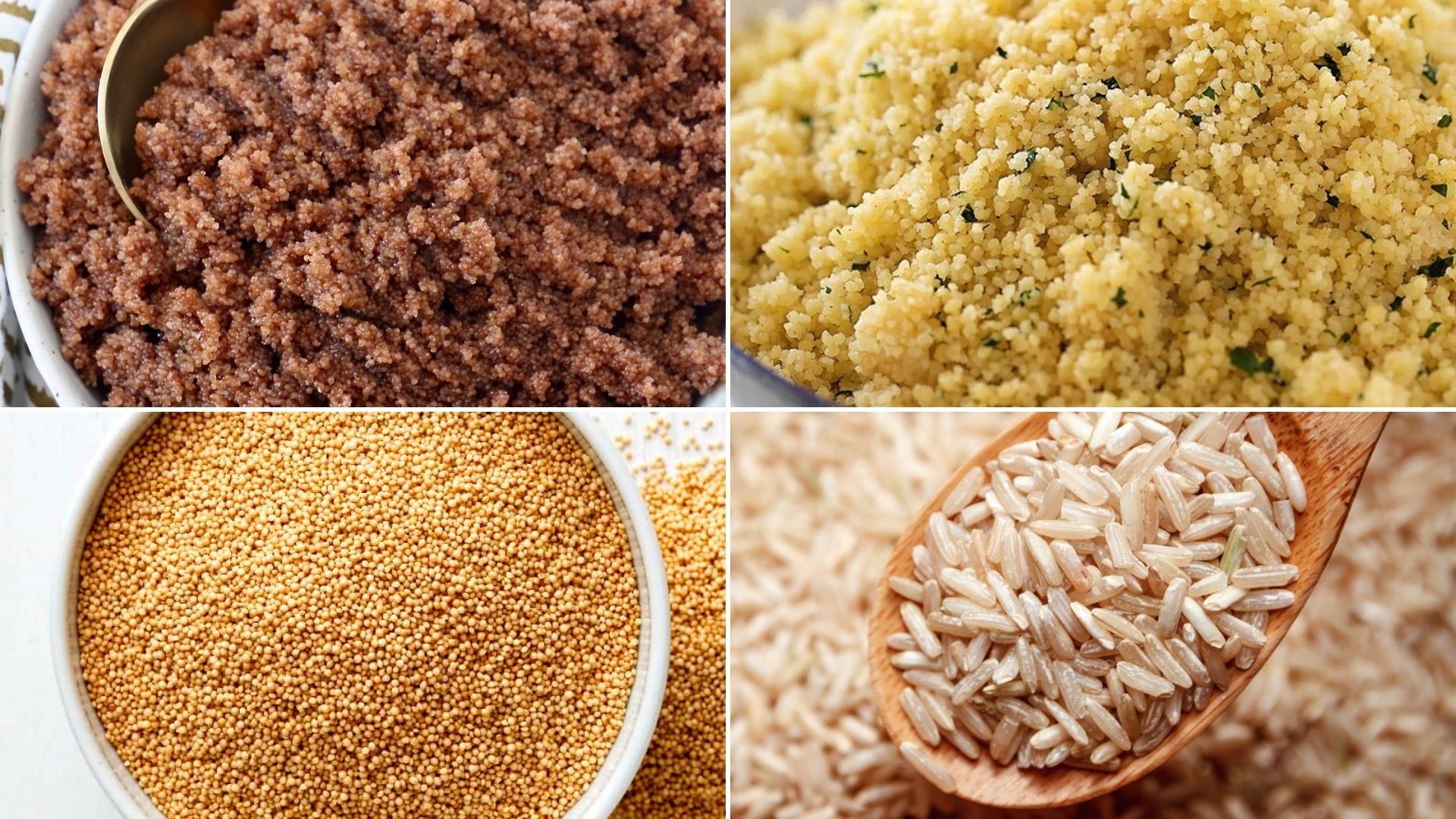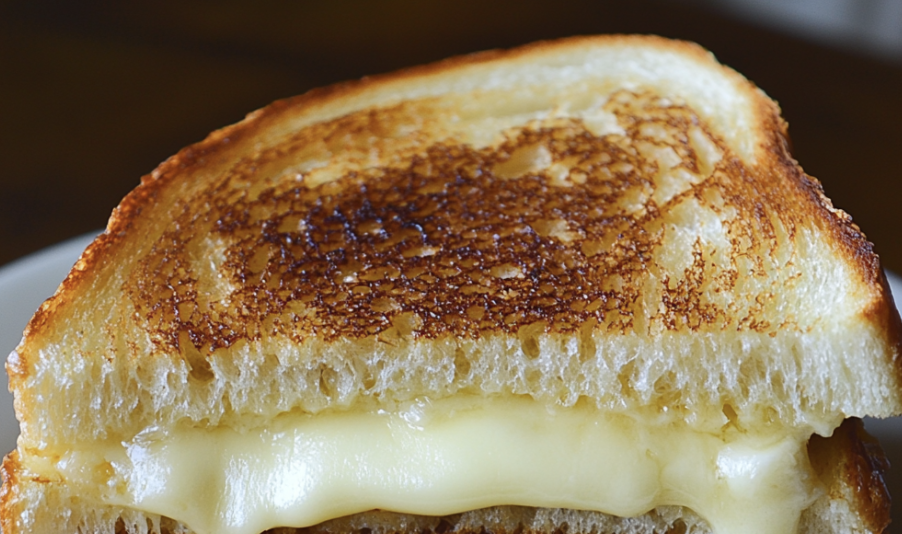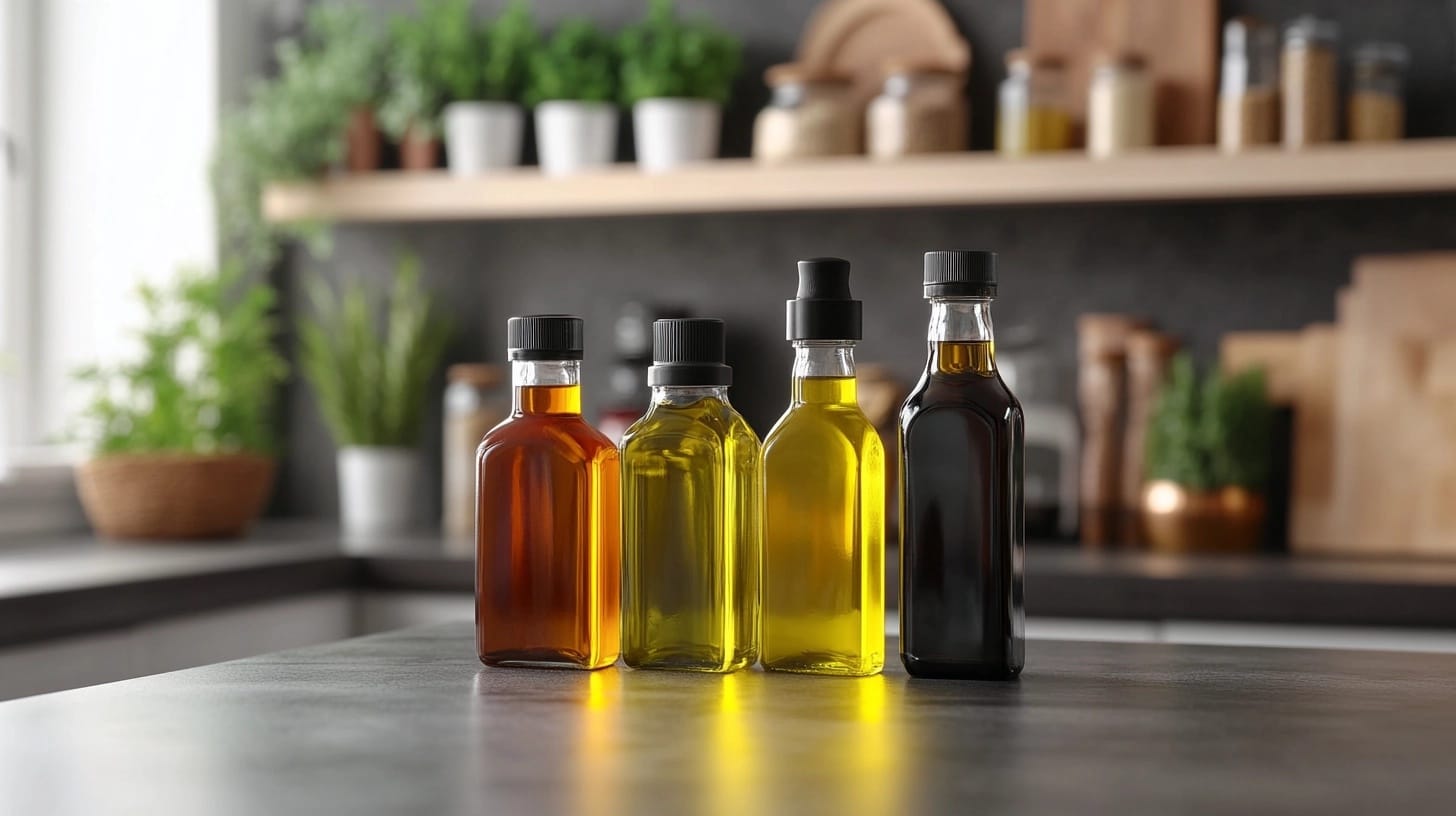
Many home bakers find themselves stuck when they run out of canola oil mid-recipe or want to try healthier options.
The challenge grows when you need a substitute that won’t change your baked goods’ texture or taste.
Here’s good news: You don’t need canola oil to create tasty baked treats. Simple swaps from your kitchen can work just as well or even make your baked goods better.
This guide shows you 15 practical alternatives to canola oil. You’ll learn which substitutes work best for different types of baking and what changes to expect in your final results.
We’ll focus on options you likely have at home or can easily find at your local store.
Unique Substitutes for Canola Oil in Baking
1. Vegetable Oil
Vegetable oil is a common alternative to canola oil in baking due to its mild flavor and similar consistency. It’s widely available and ensures the texture of baked goods is soft and moist. This oil is also budget-friendly for everyday use.
- Flavor Profile: Neutral, does not affect the taste of baked goods.
- Best Uses: Cakes, muffins, quick breads, and cookies where no strong flavor is desired.
2. Sunflower Oil
Extracted from sunflower seeds, this oil is light in texture and flavor, making it an excellent choice for delicate baked goods. It is rich in vitamin E and offers a clean finish to recipes. Sunflower oil works well in recipes requiring a subtle touch.
- Flavor Profile: Mild and slightly nutty but not overpowering.
- Best Uses: Cupcakes, sponge cakes, and other light-textured desserts.
3. Coconut Oil
Coconut oil is a versatile substitute that adds a hint of coconut flavor to baked goods. It is solid at room temperature but melts easily, providing flexibility in recipes. This oil is also a healthier choice for those seeking alternatives to traditional oils.
- Flavor Profile: Slightly sweet and coconut-like, varies depending on whether it’s refined or unrefined.
- Best Uses: Brownies, cookies, and tropical-inspired desserts.
4. Olive Oil
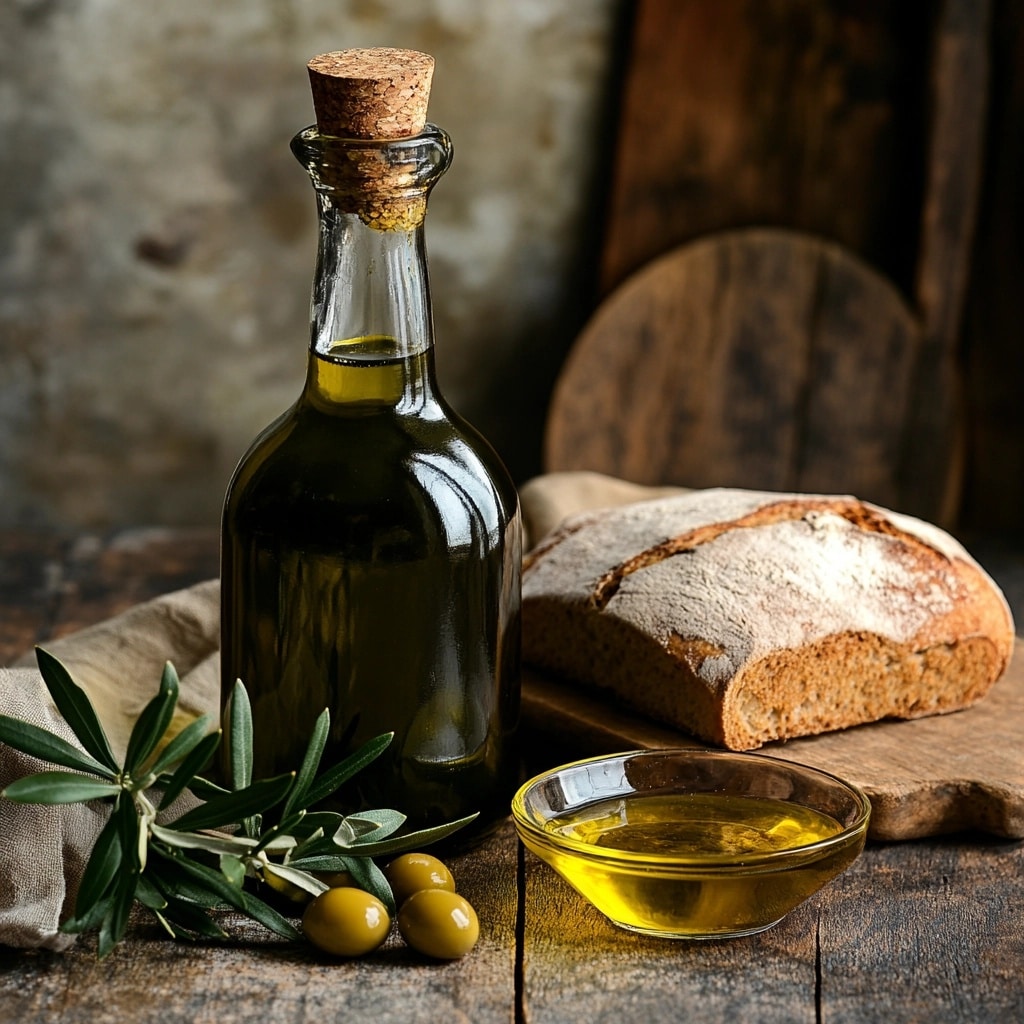
Olive oil adds a rich, savory note to baked goods and is packed with healthy fats. While it’s more prominent in savory dishes, light olive oil can work well in sweet recipes. It’s a heart-healthy choice for versatile baking.
- Flavor Profile: Earthy and fruity, stronger in extra virgin varieties.
- Best Uses: Savory breads, olive oil cakes, and biscotti.
5. Avocado Oil
Avocado oil is a nutrient-rich option that delivers moisture to baked goods without adding a strong flavor. Its high smoke point makes it a stable choice for both sweet and savory recipes. It’s a go-to oil for health-conscious bakers.
- Flavor Profile: Light, slightly buttery, with a smooth finish.
- Best Uses: Muffins, cakes, and healthy dessert recipes.
6. Butter (Melted)
Melted butter enhances the flavor and texture of baked goods, adding a rich, creamy taste. It solidifies when cooled, giving baked items a firmer structure. Butter is a traditional choice for indulgent recipes.
- Flavor Profile: Rich, creamy, and slightly sweet.
- Best Uses: Cookies, pound cakes, and pastries.
7. Applesauce
Applesauce is a low-fat alternative that helps retain moisture in baked goods. Its natural sweetness can reduce the need for additional sugar in recipes. This fruit-based option is excellent for health-conscious bakers.
- Flavor Profile: Slightly tart and fruity, depending on the variety.
- Best Uses: Muffins, quick breads, and cakes with fruity undertones.
8. Greek Yogurt
Greek yogurt is a thick and creamy substitute that boosts the protein content of baked goods. It adds moisture and tanginess, making it ideal for dense recipes. Yogurt helps create tender textures.
- Flavor Profile: Tangy and rich, depending on the yogurt’s fat content.
- Best Uses: Cheesecakes, quick breads, and moist cakes.
9. Pumpkin Puree
Pumpkin puree adds natural sweetness and vibrant color to baked goods while increasing their moisture content. It’s a nutrient-dense substitute perfect for seasonal treats. It also pairs well with warm spices.
- Flavor Profile: Slightly earthy and sweet, with a hint of pumpkin.
- Best Uses: Pumpkin bread, muffins, and spiced cakes.
10. Mashed Banana
Mashed banana is a nutritious and budget-friendly substitute that lends natural sweetness and moisture to baked goods. It works best in recipes where its unique flavor complements the dish.
- Flavor Profile: Sweet, fruity, and distinct banana taste.
- Best Uses: Banana bread, muffins, and pancakes.
11. Grapeseed Oil
Grapeseed oil is a light and versatile oil derived from grape seeds, often used for its mild taste. It blends seamlessly into recipes without altering the overall flavor. Its neutral nature makes it highly adaptable.
- Flavor Profile: Clean, neutral, with a slight hint of nuttiness.
- Best Uses: Pound cakes, cupcakes, and other neutral-flavored baked goods.
12. Soybean Oil
Soybean oil is a plant-based substitute that’s widely available and affordable. It is a good source of healthy fats, making it practical for everyday baking. Its high smoke point and neutral taste make it convenient for baking and frying.
- Flavor Profile: Mild, slightly nutty, with no strong aftertaste.
- Best Uses: Cookies, muffins, and basic cake recipes.
13. Peanut Oil
Peanut oil brings a subtle nutty flavor to recipes and works well in both savory and sweet dishes. It is best used in recipes where its taste can shine or complement other ingredients.
- Flavor Profile: Nutty and aromatic, not overpowering.
- Best Uses: Peanut butter cookies, brownies, and Asian-inspired baked goods.
14. Sesame Oil
Sesame oil has a distinct nutty flavor and is more common in savory cooking, but it can also be used in desserts with complementary flavors. Use it sparingly to avoid overpowering the dish.
- Flavor Profile: Strongly nutty and aromatic, especially in toasted varieties.
- Best Uses: Nut-flavored cakes, cookies, and savory breads.
15. Buttermilk
Buttermilk is a dairy substitute that adds tanginess and moisture to baked goods. Its acidity helps to tenderize gluten, making baked items softer and fluffier. It also reacts with leavening agents to produce a light and fluffy texture in recipes.
- Flavor Profile: Tangy and slightly sour, enhancing sweetness in baked goods.
- Best Uses: Pancakes, biscuits, and layer cakes.
Conclusion
Switching from canola oil doesn’t mean compromising on your baking results.
As we’ve seen, many alternatives can help you create delicious baked goods while matching your dietary needs and what’s available in your kitchen.
What matters most is understanding how each substitute affects your baking. Some options might make your treats more moist, while others could add subtle flavors that enhance your recipe.
The key is picking the right substitute for your specific baking project.
Ready to try these alternatives? Start with small test batches to see how each substitute works in your favorite recipes.
Share your experiences in the comments below – we’d love to hear which alternatives worked best for your baking creations.

